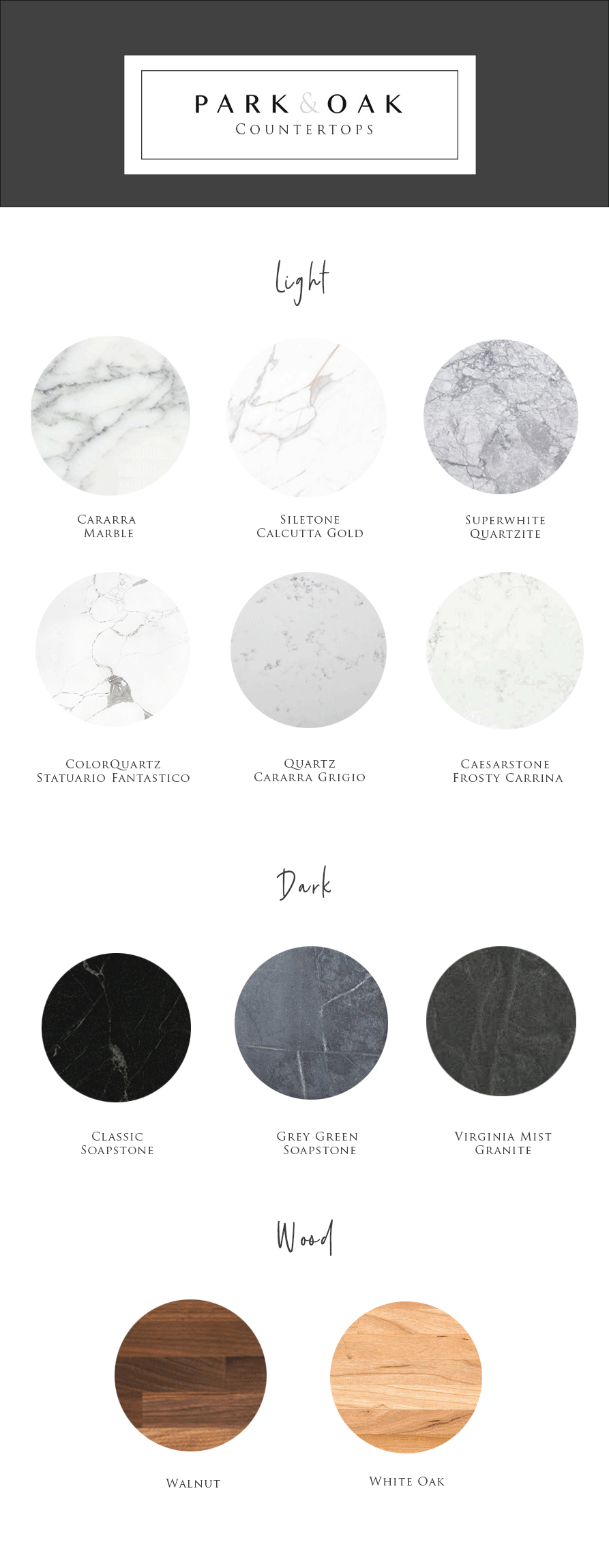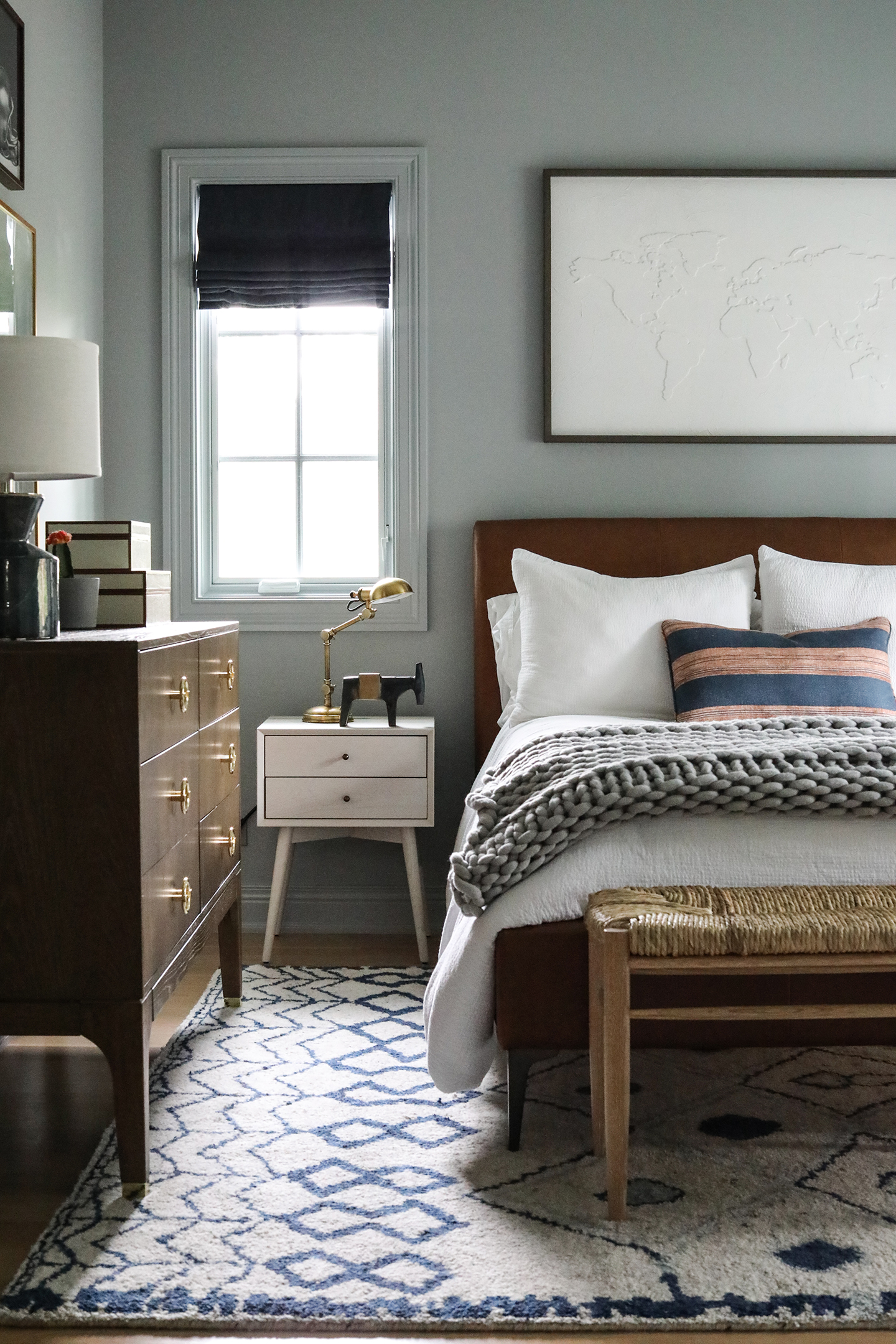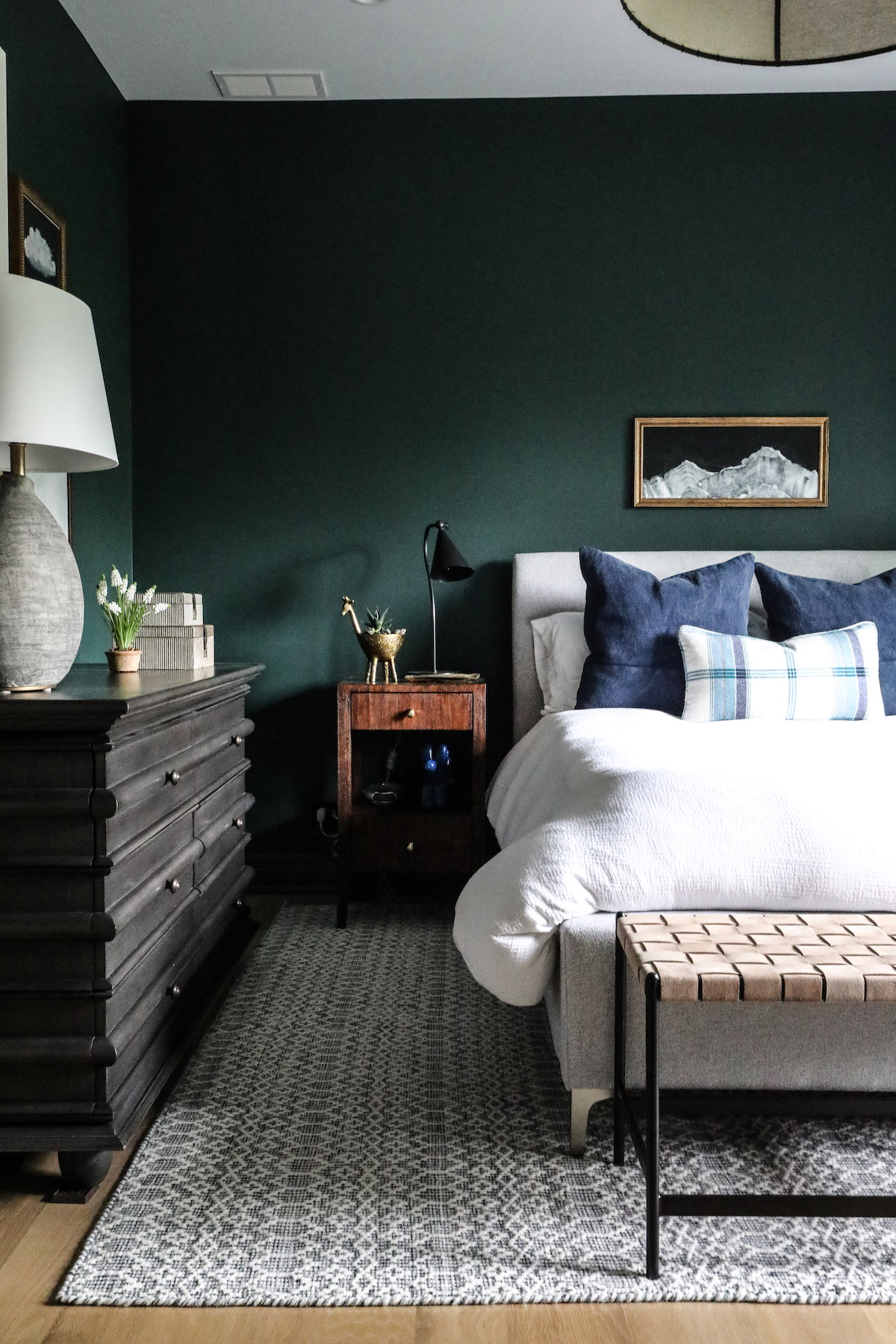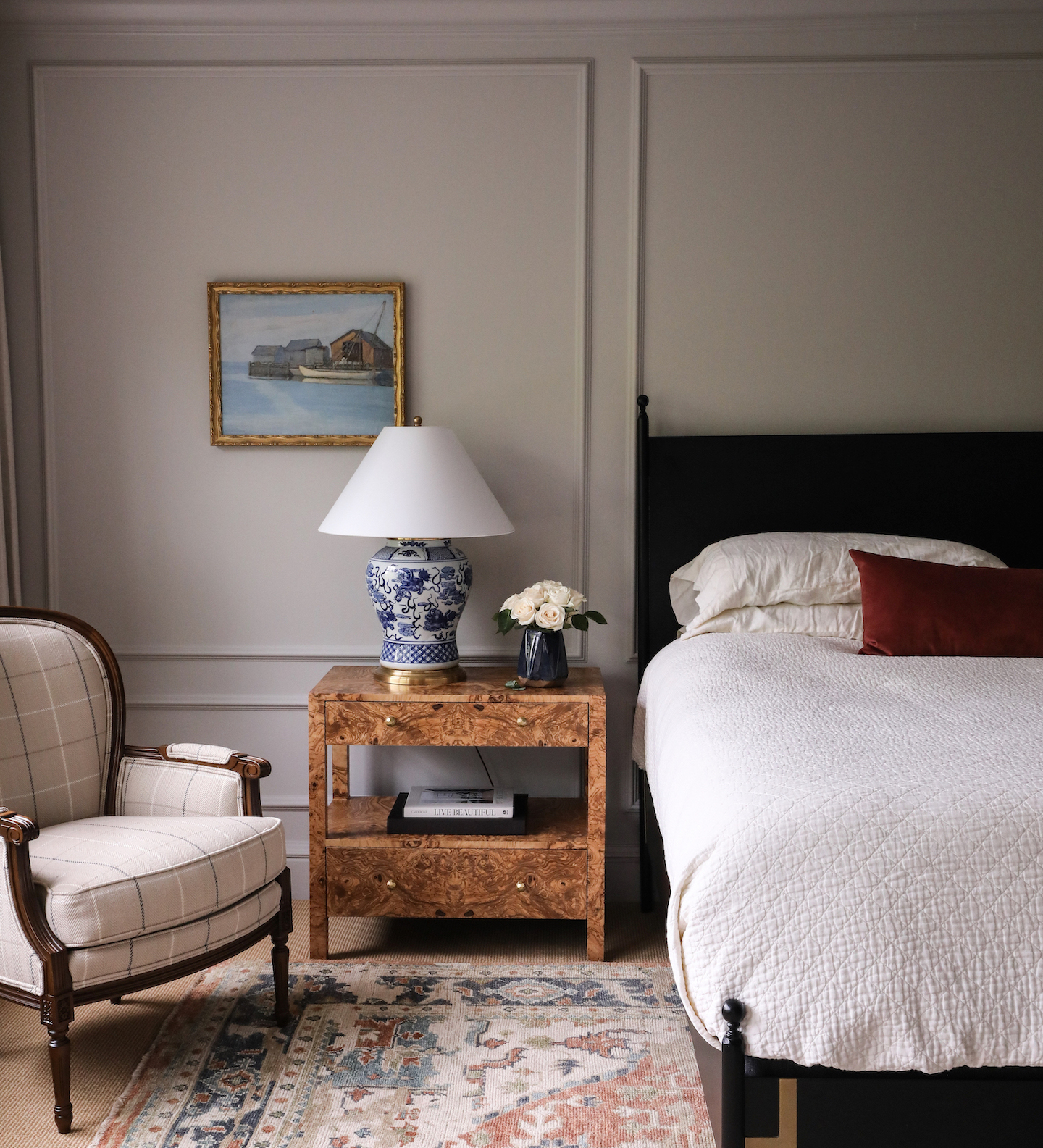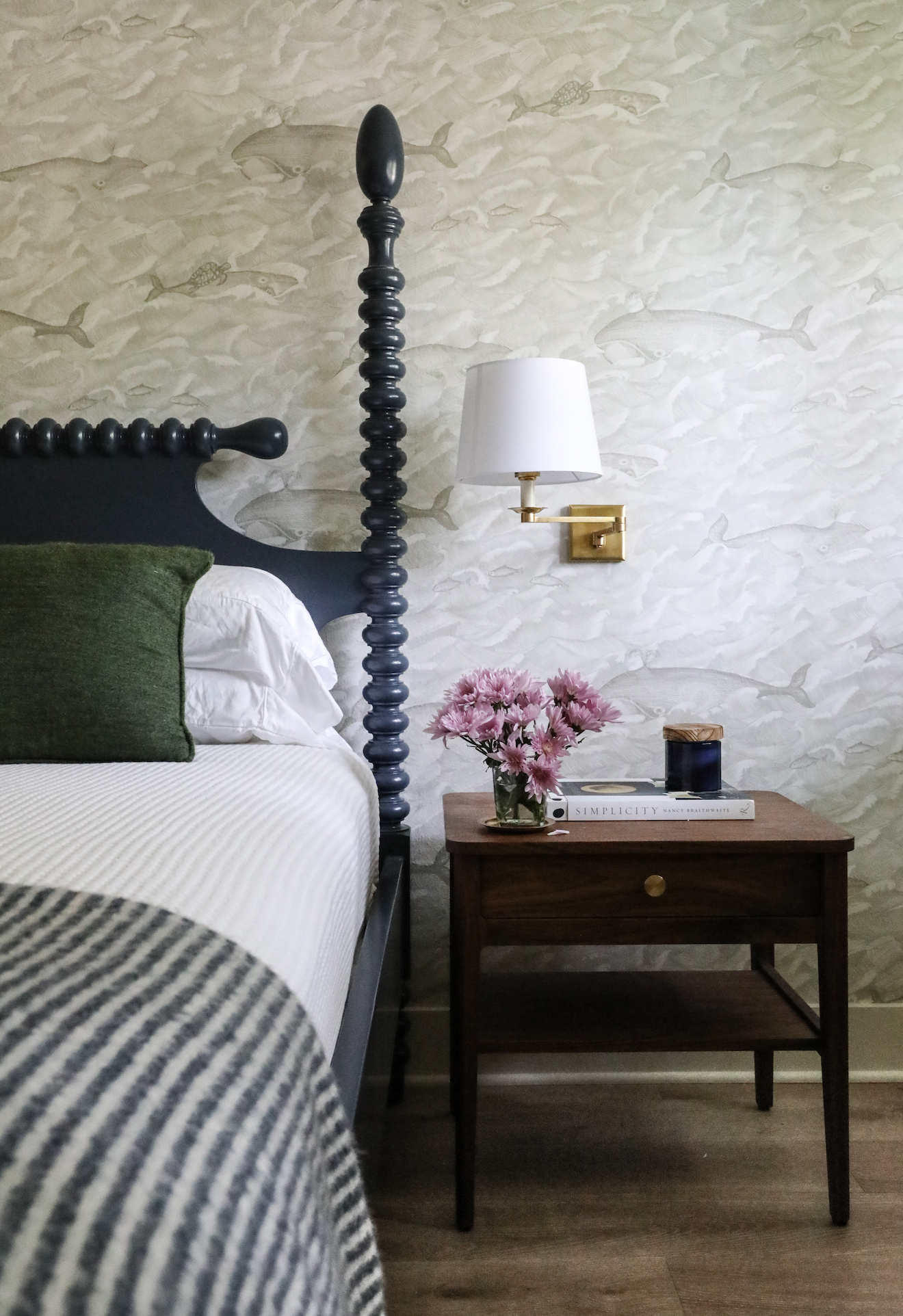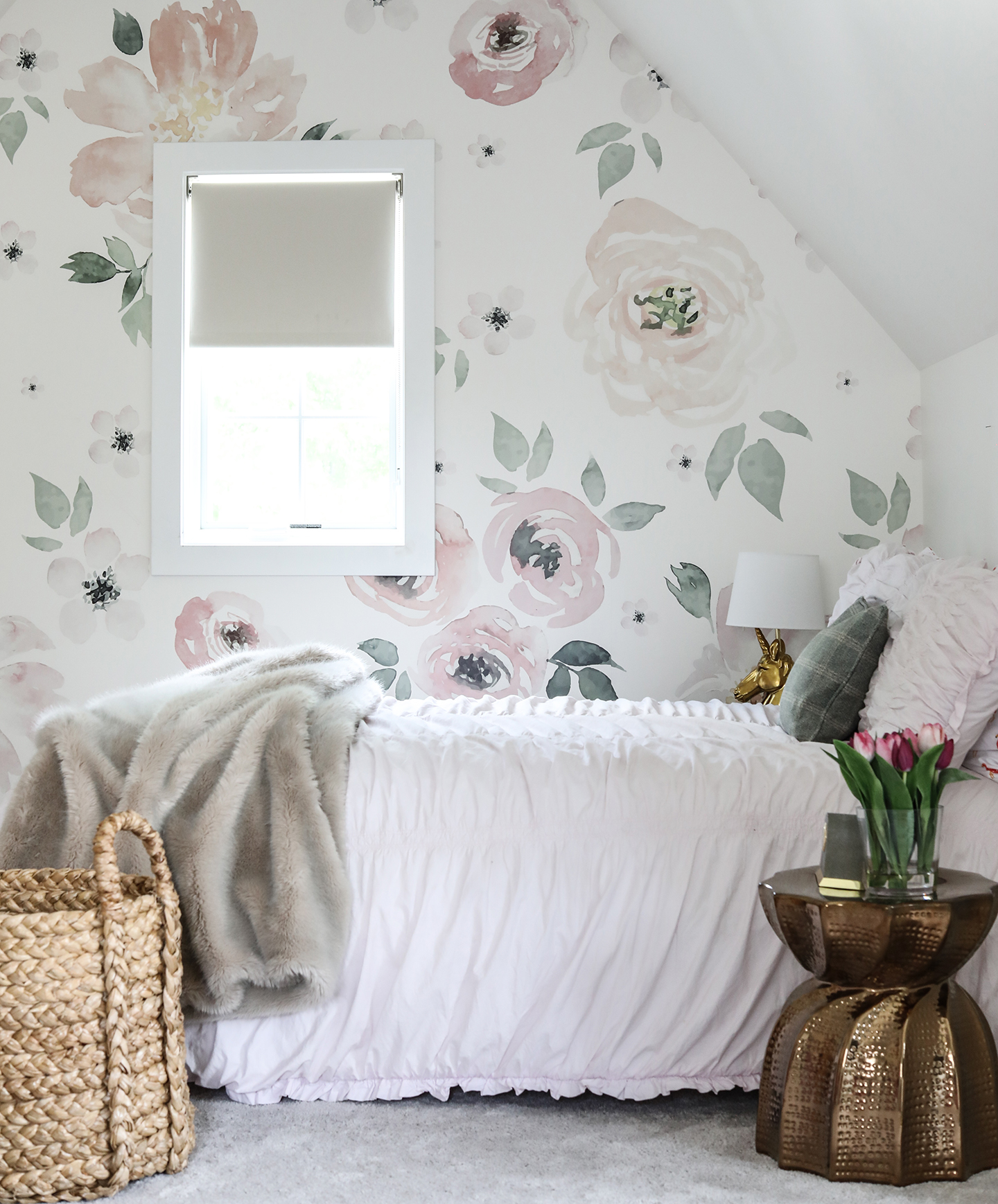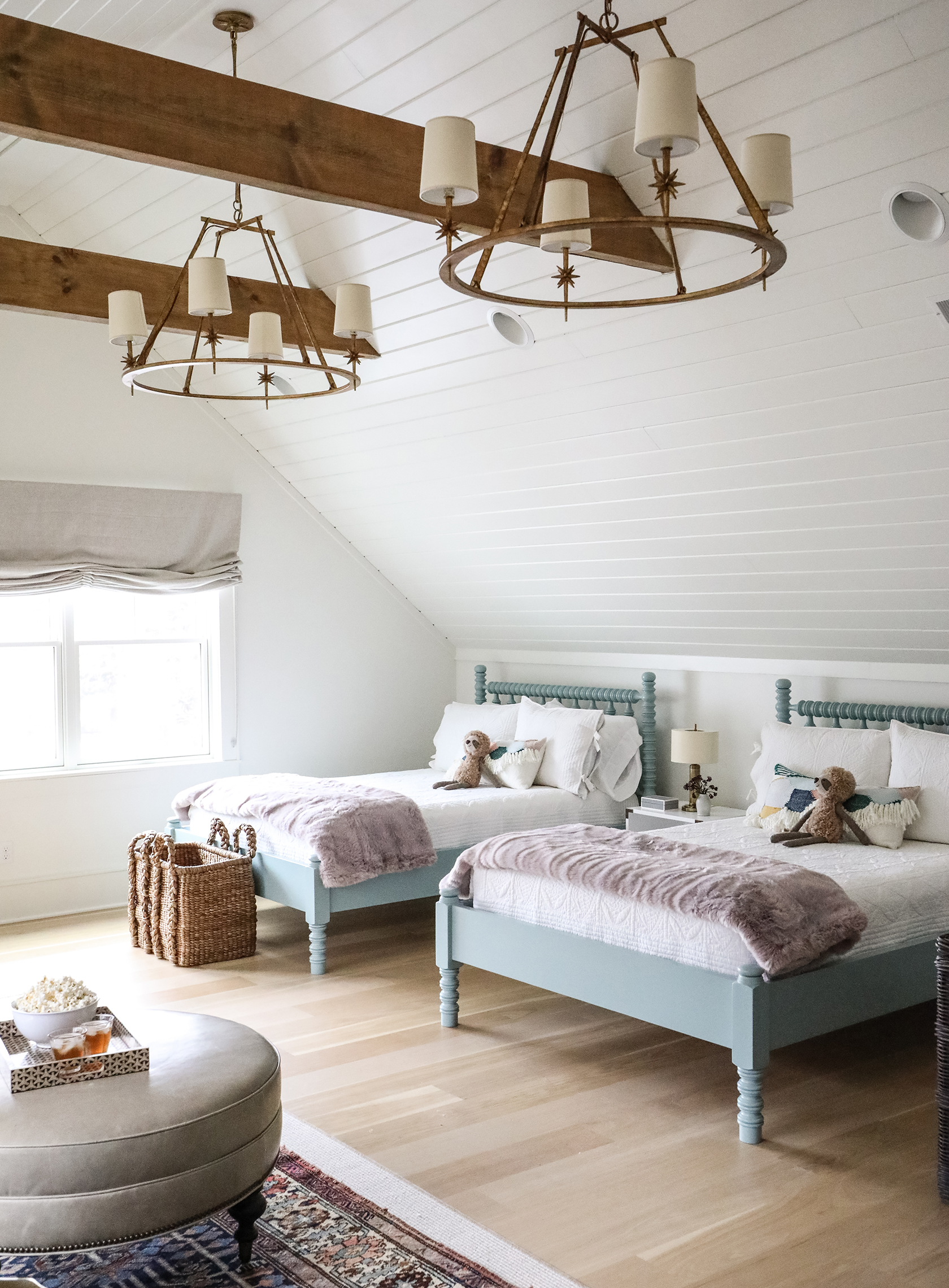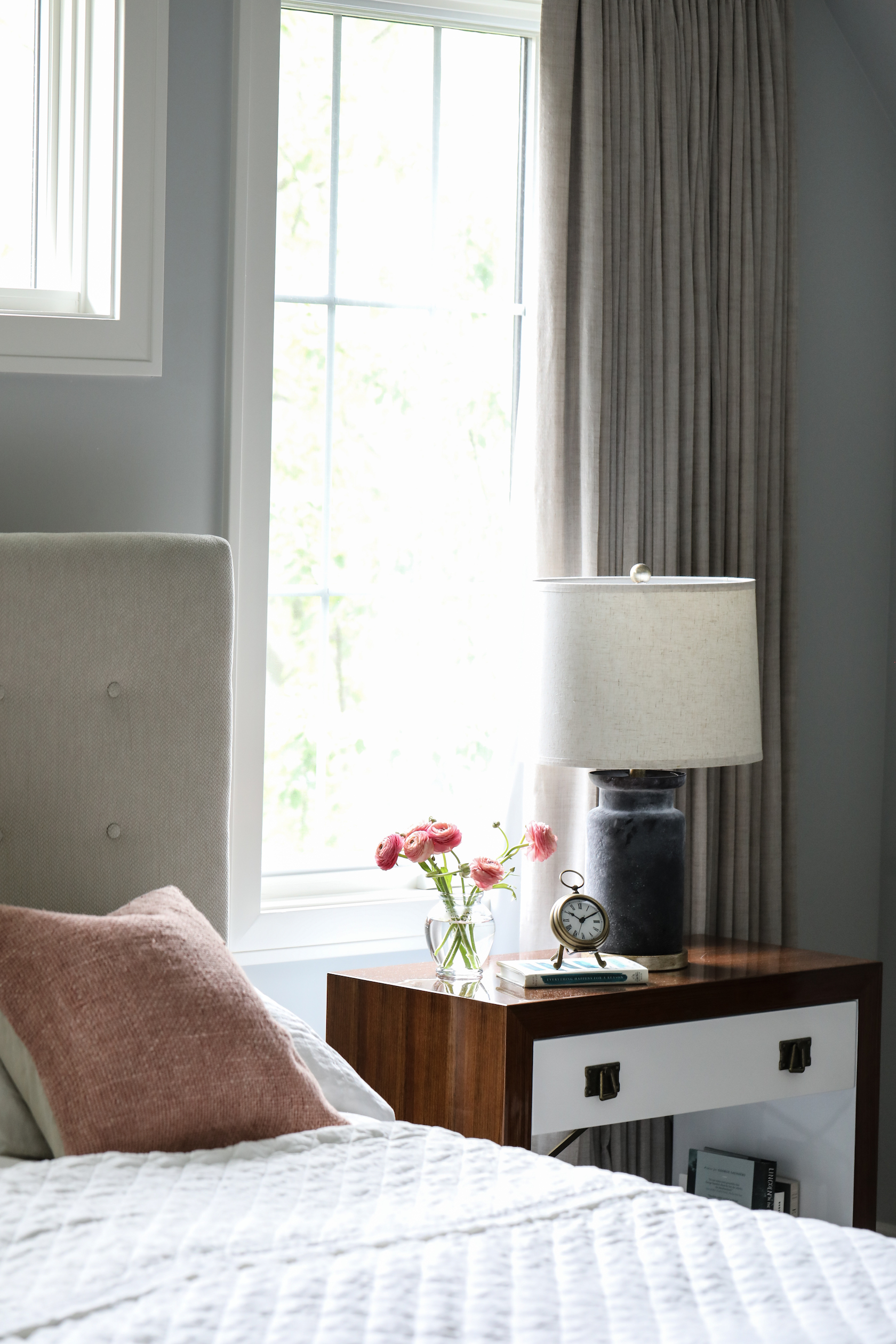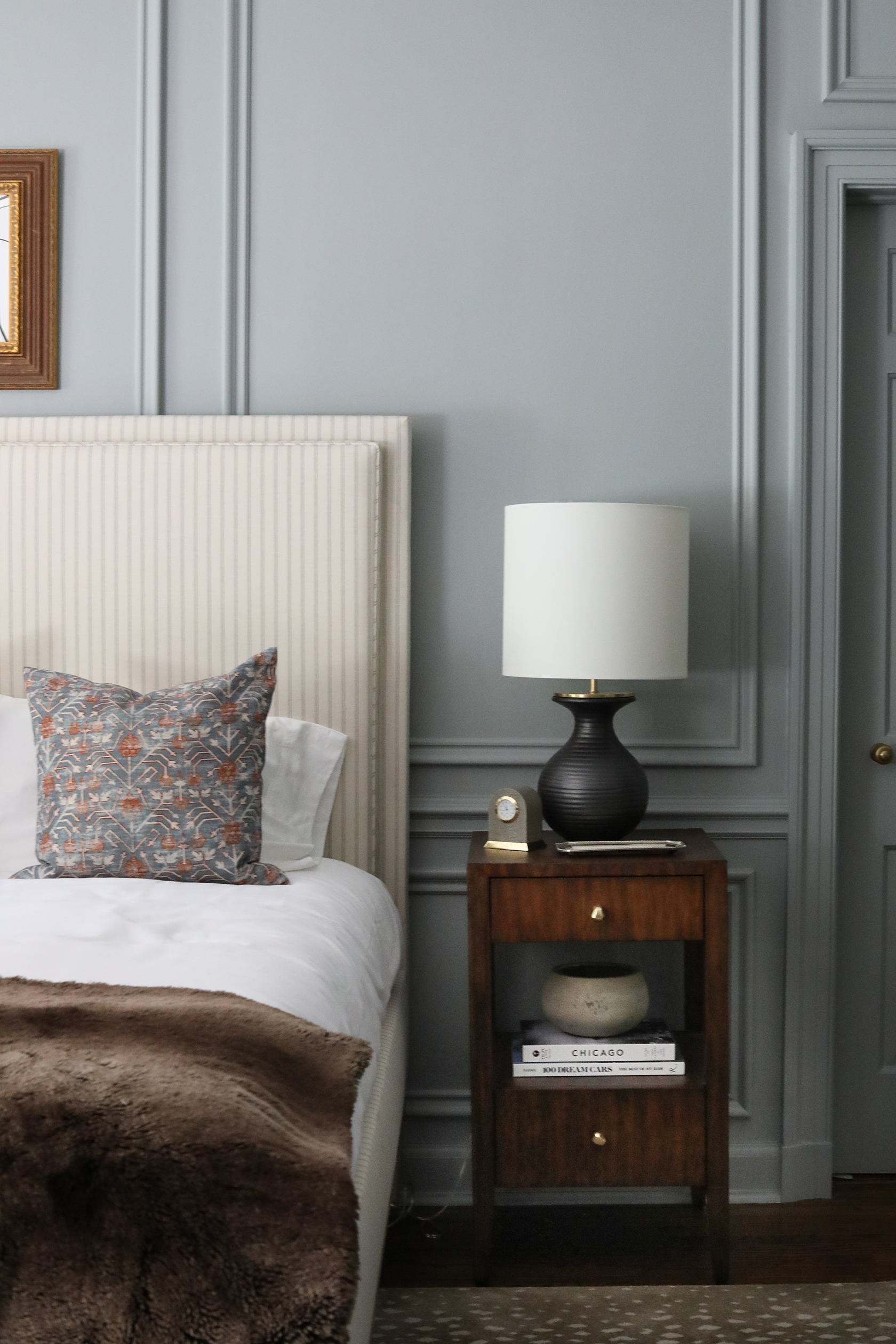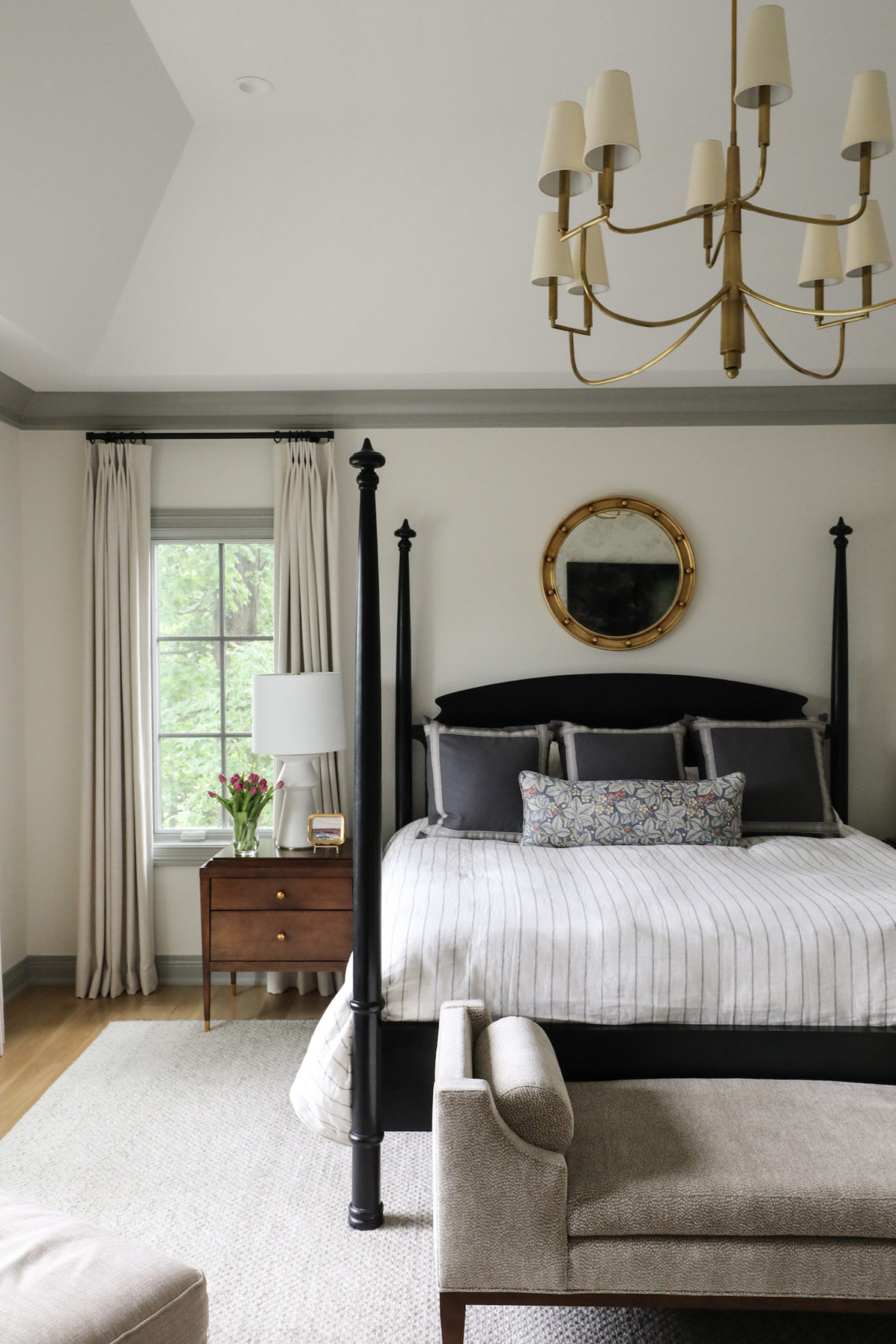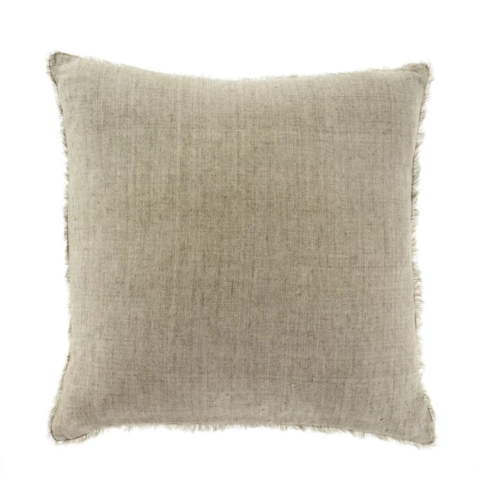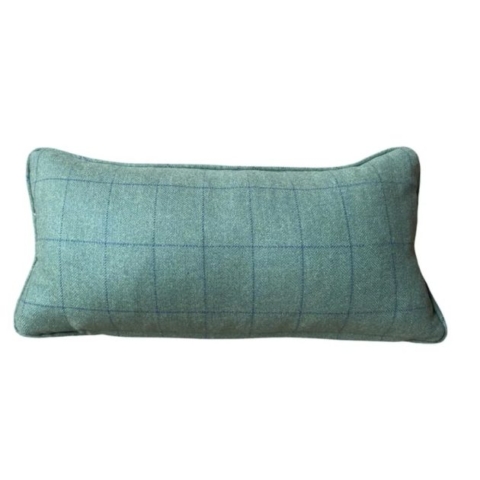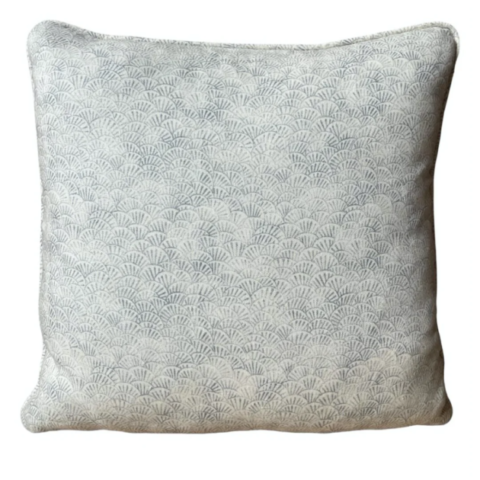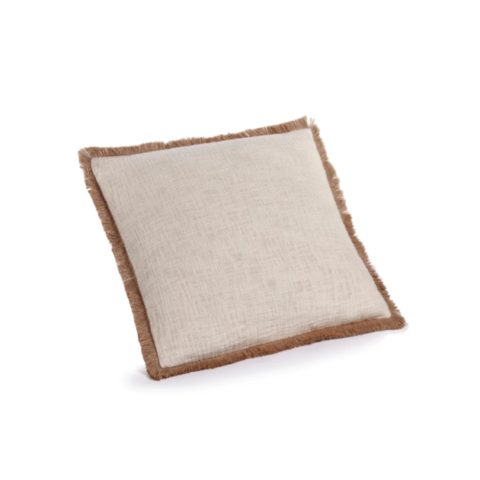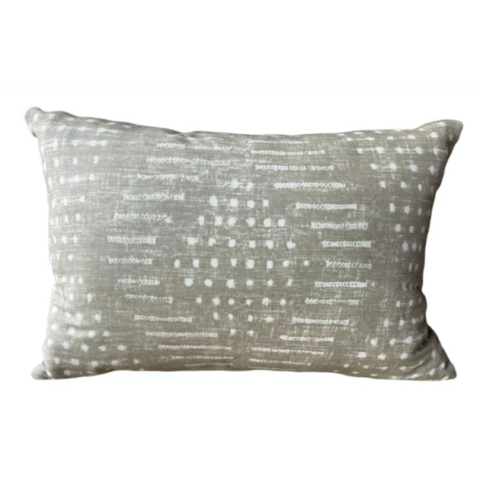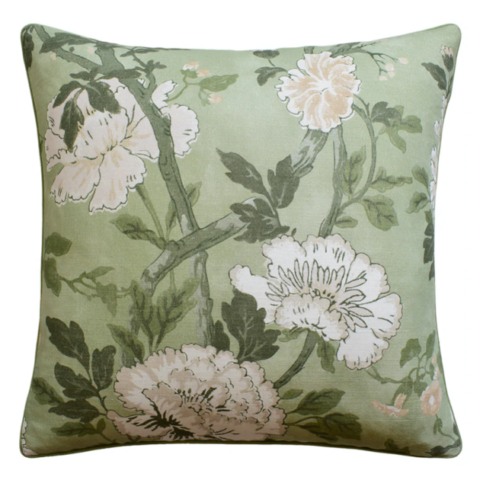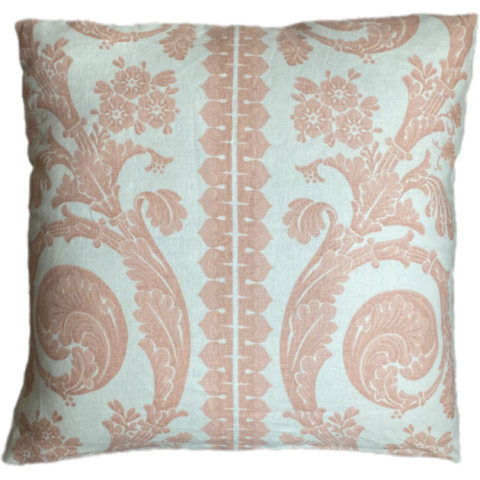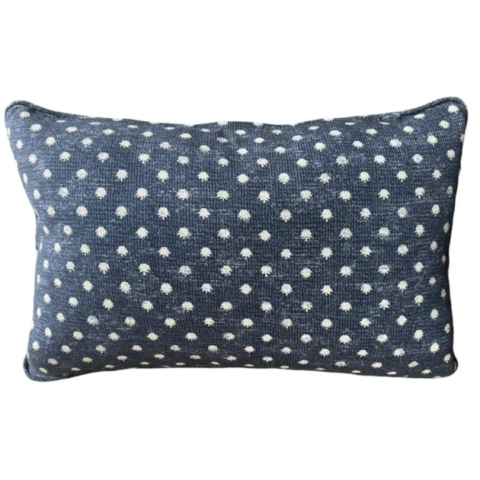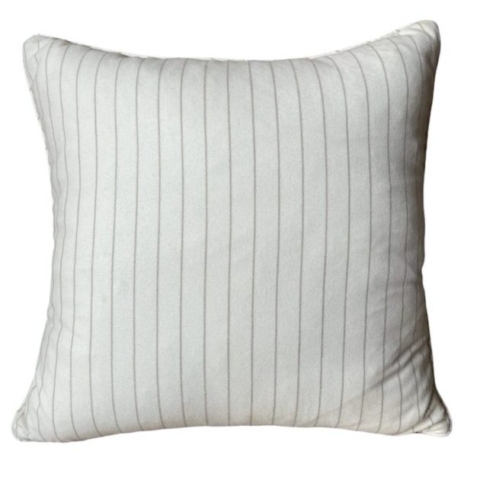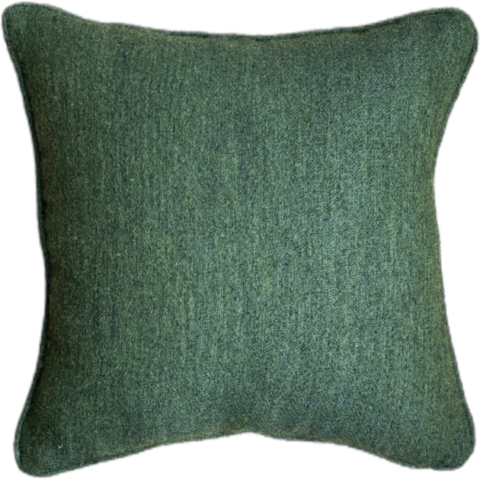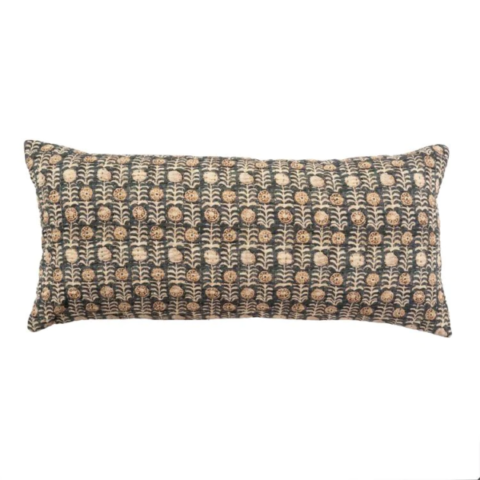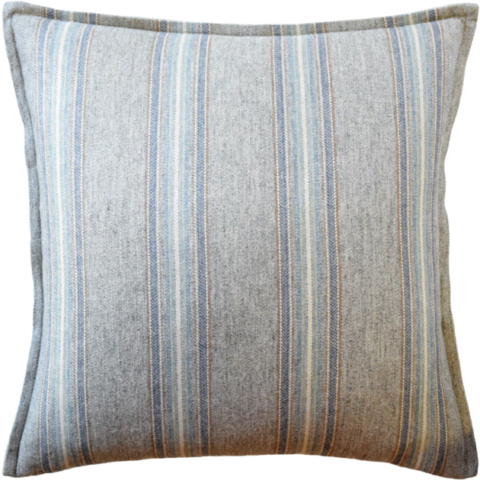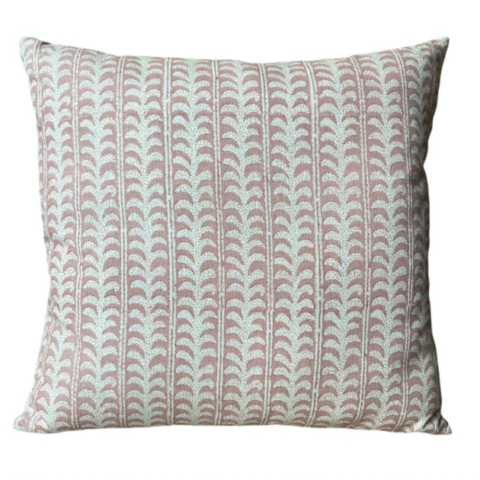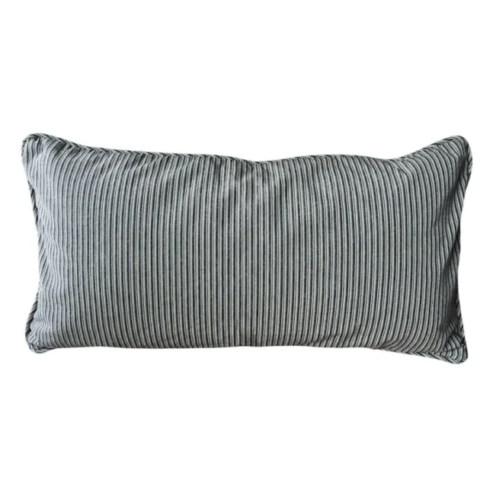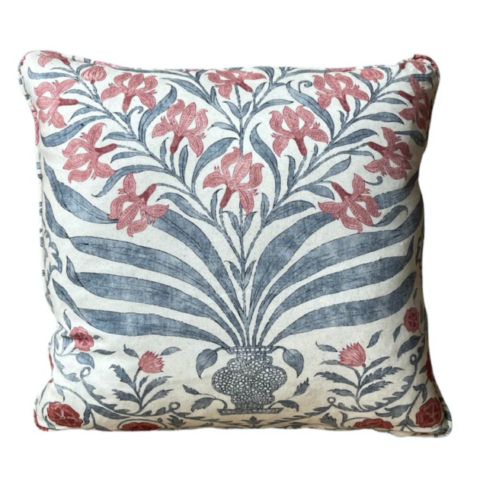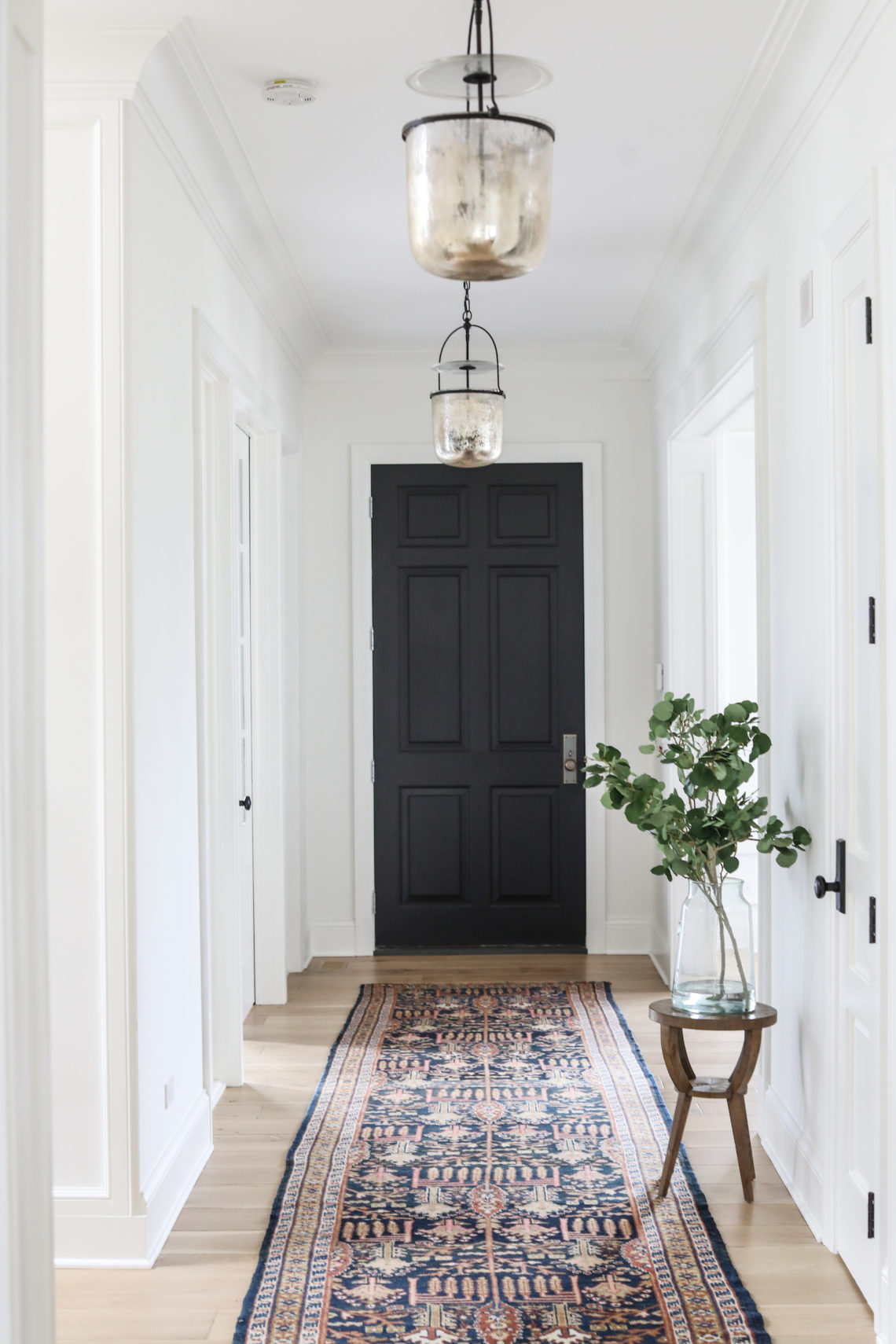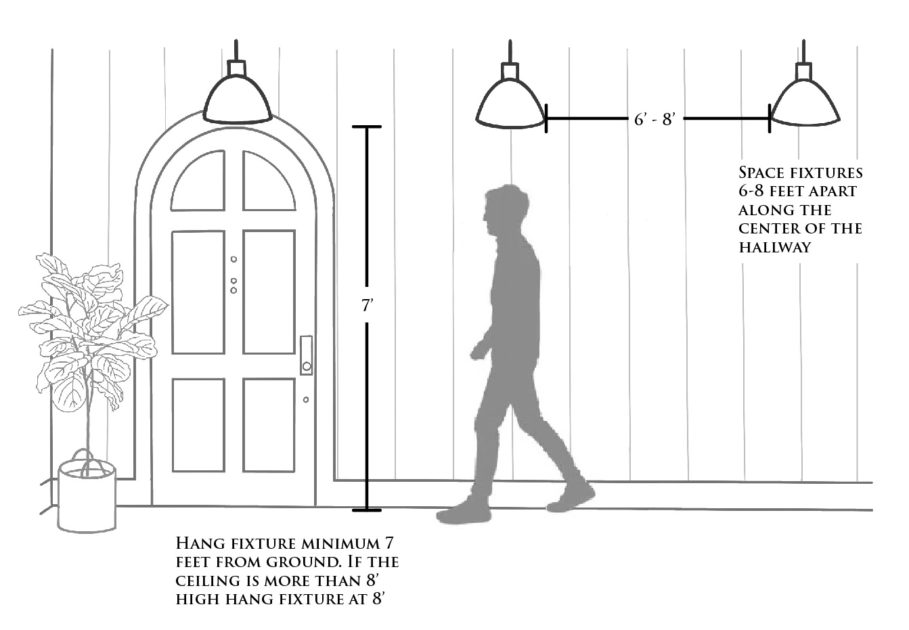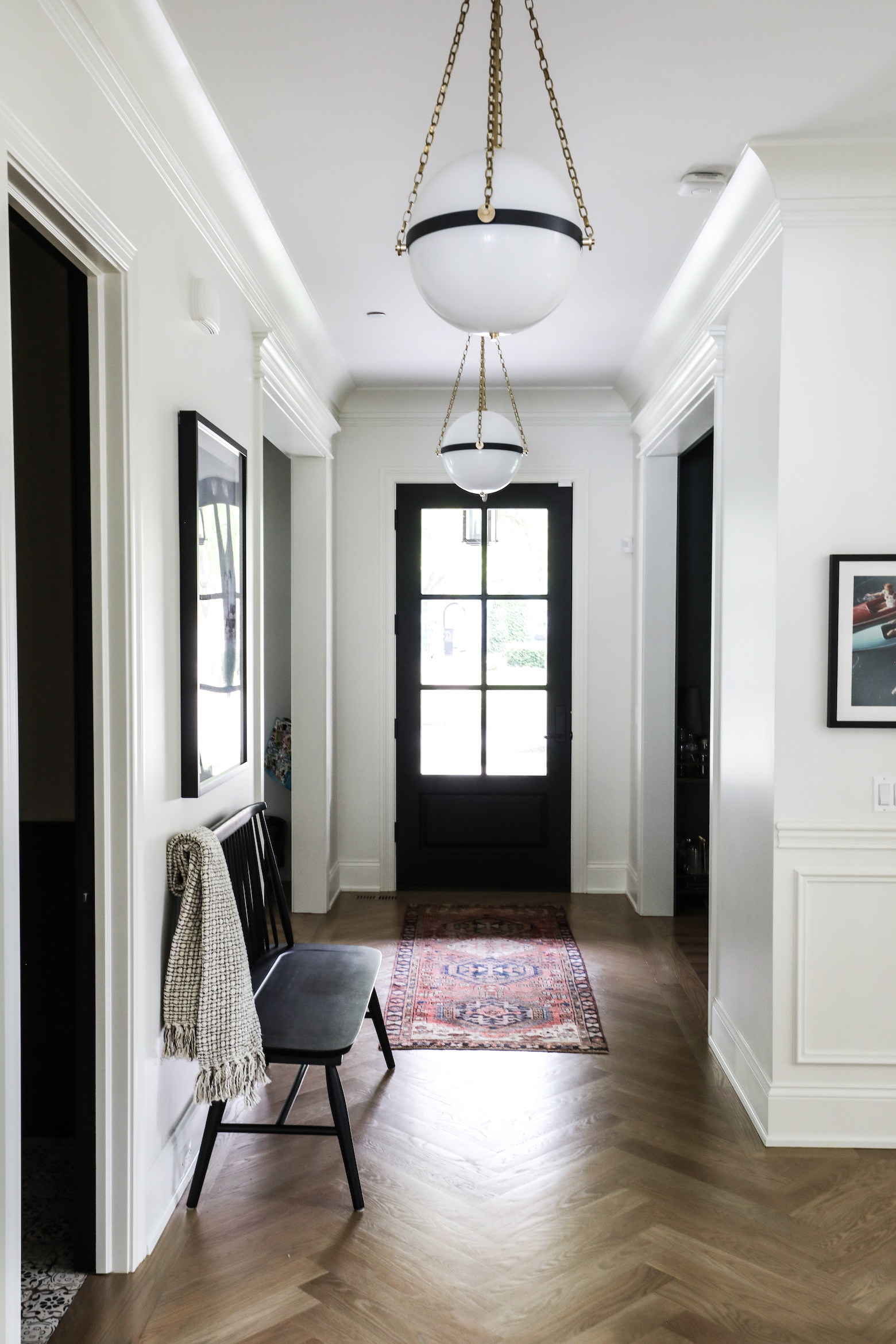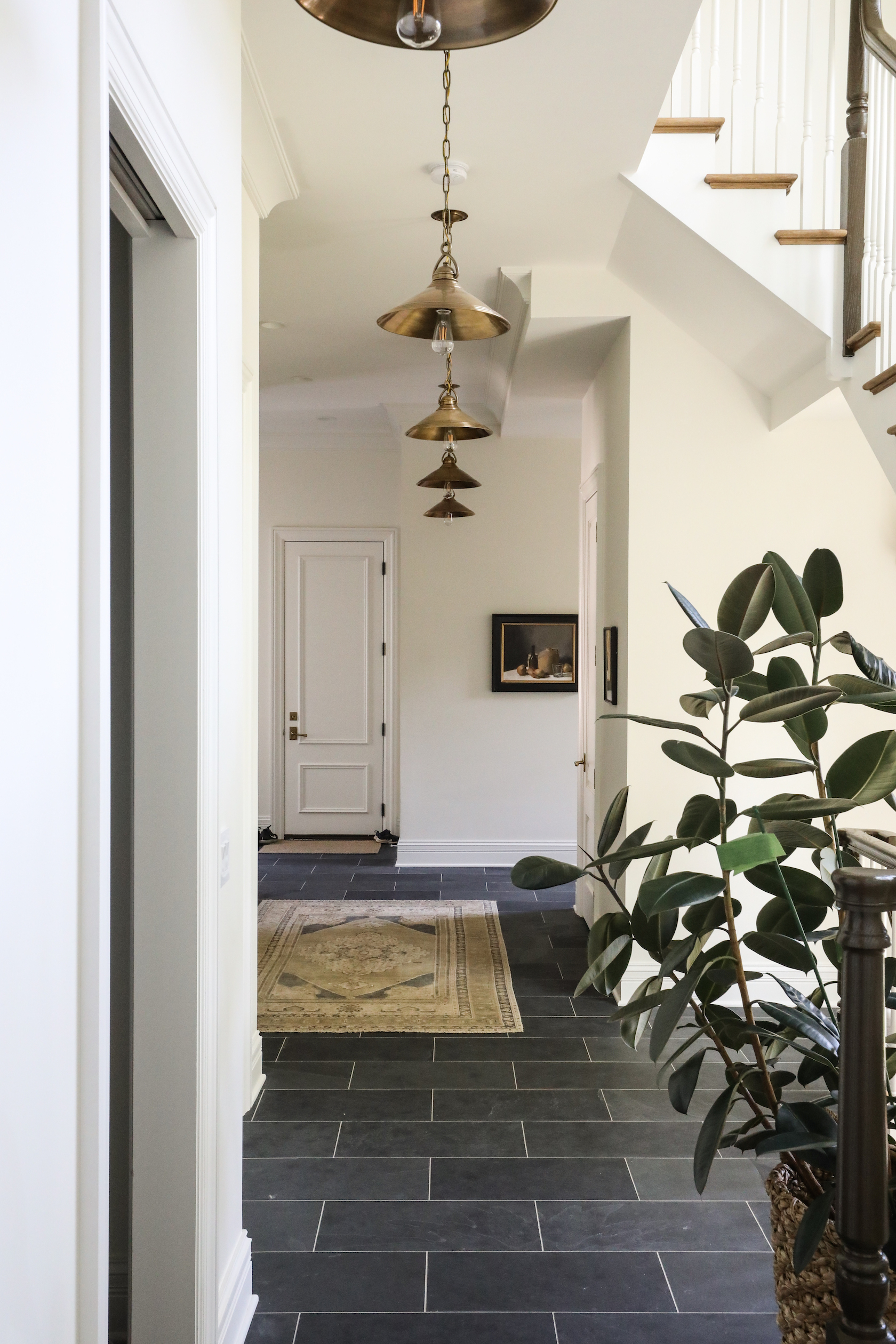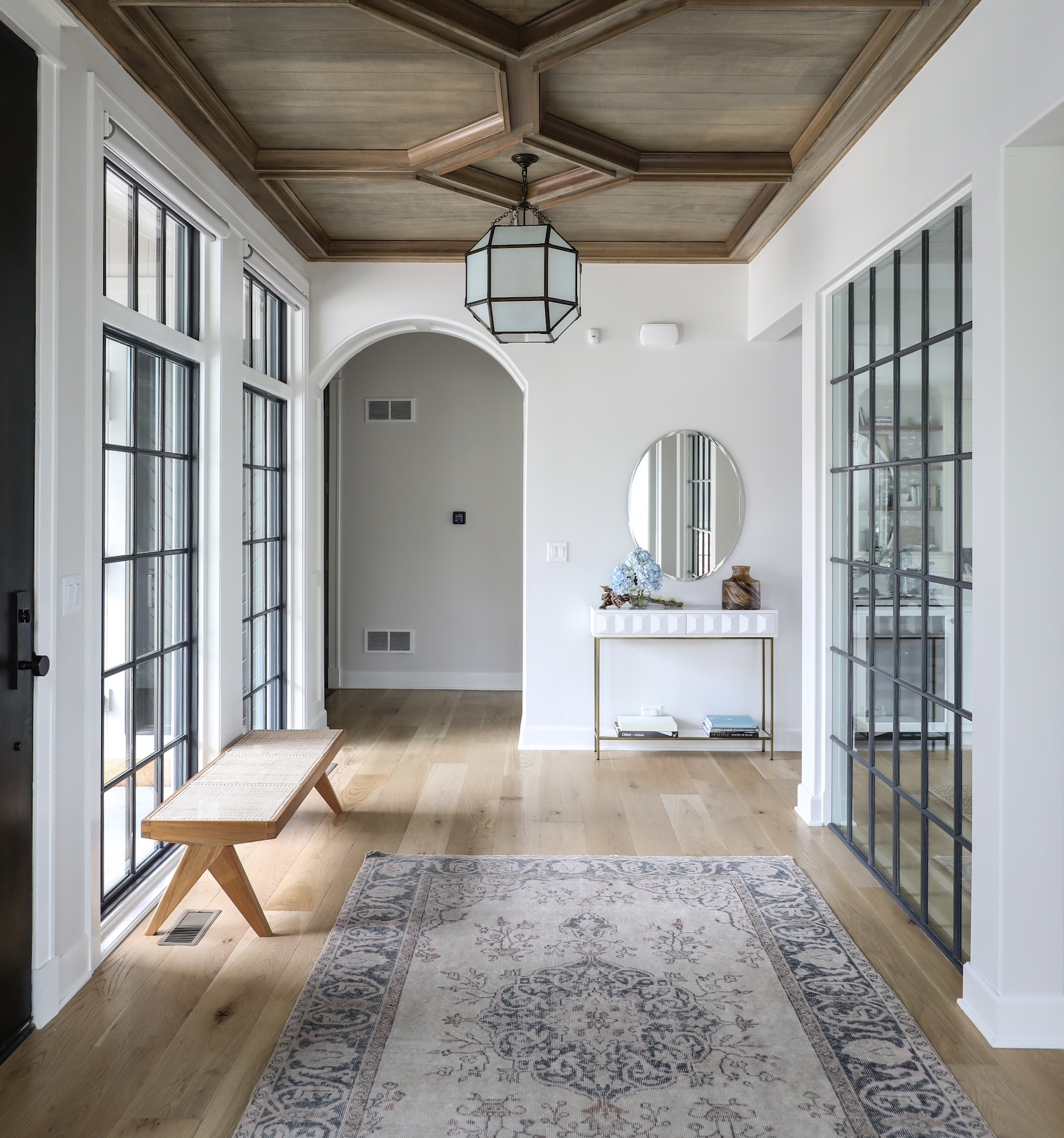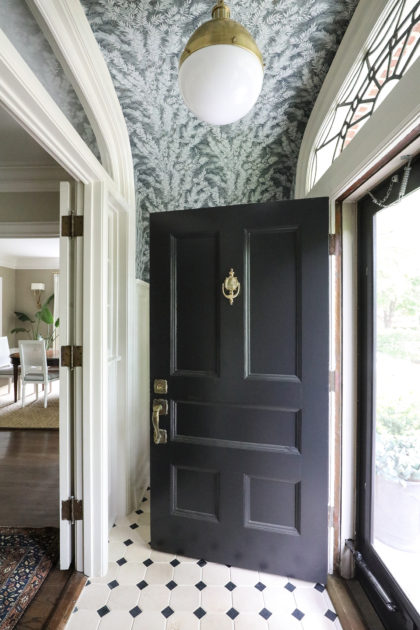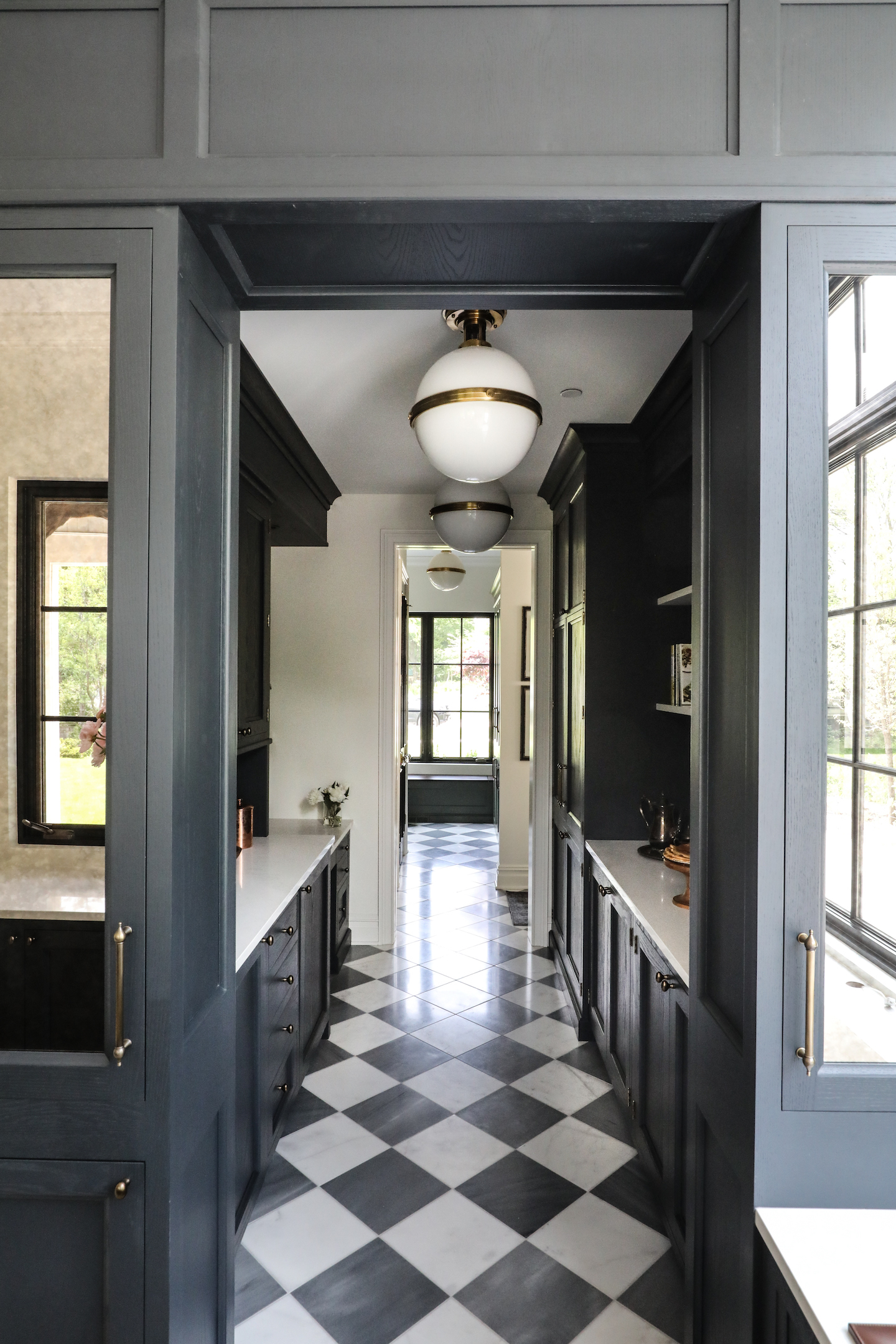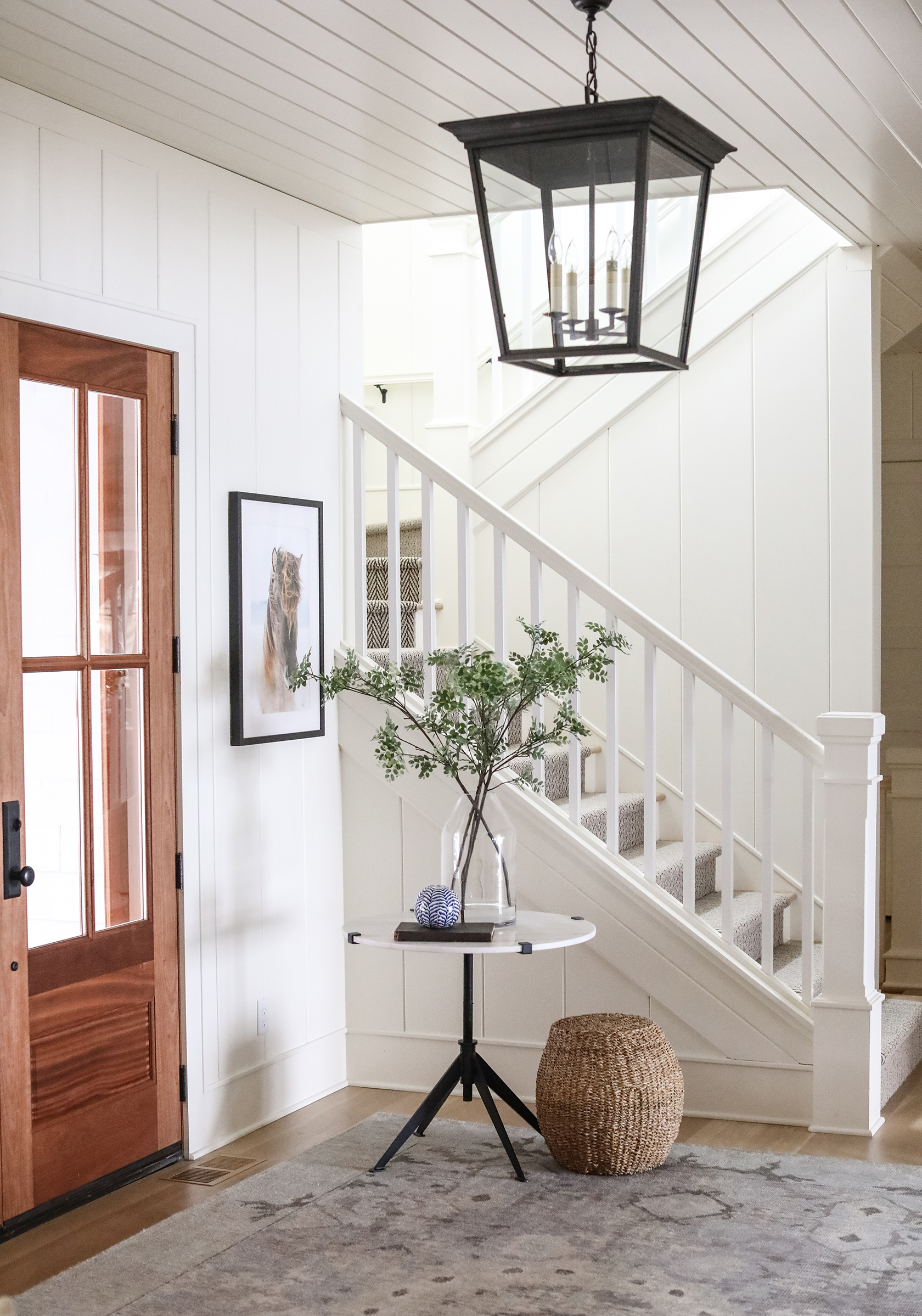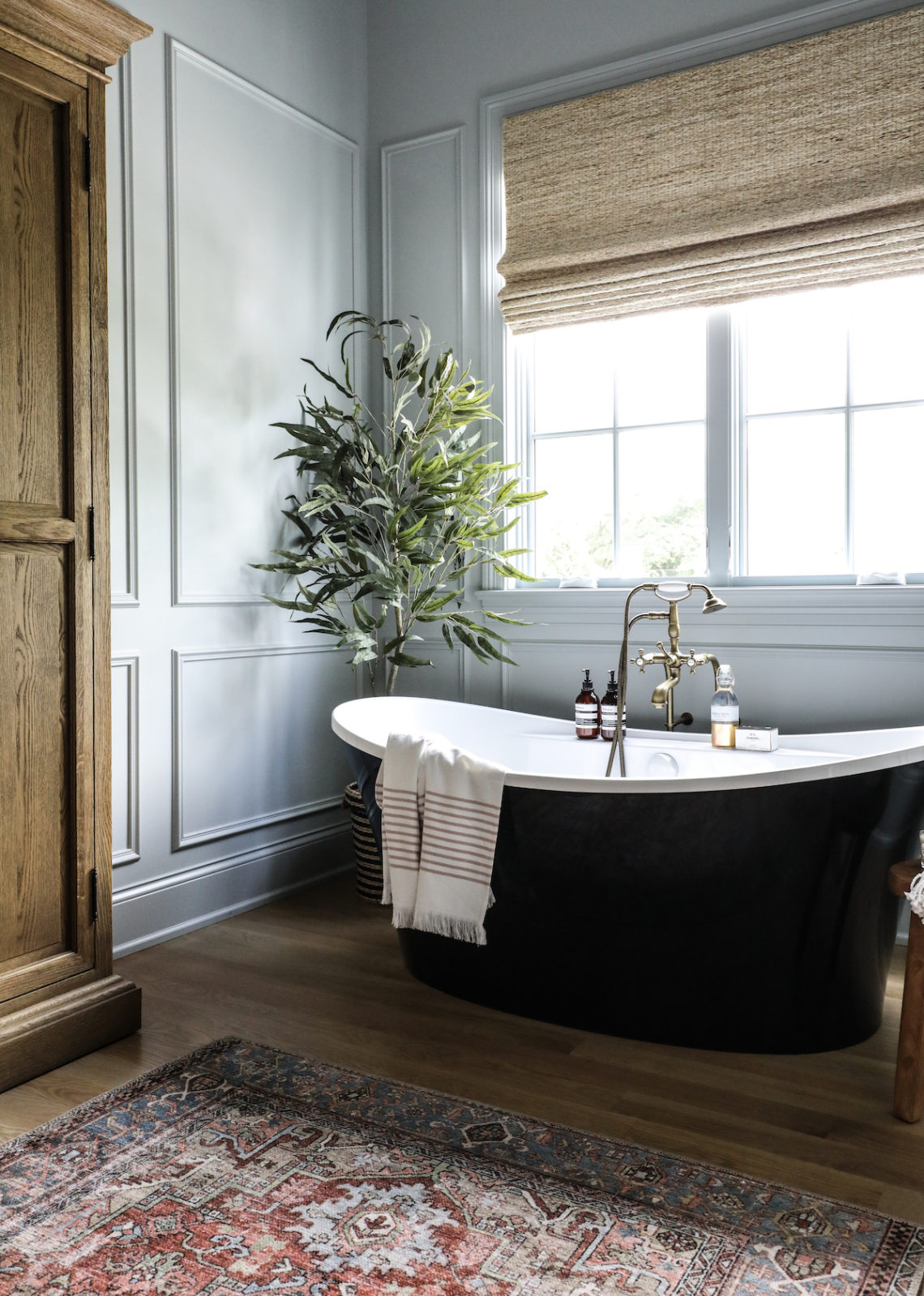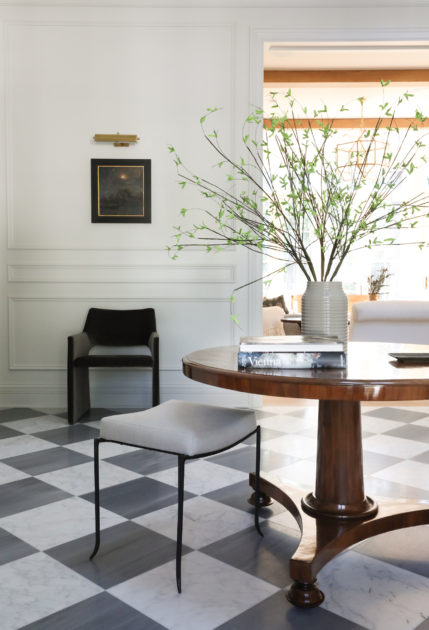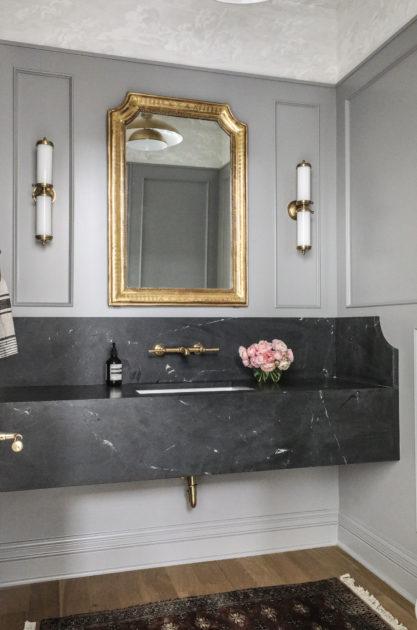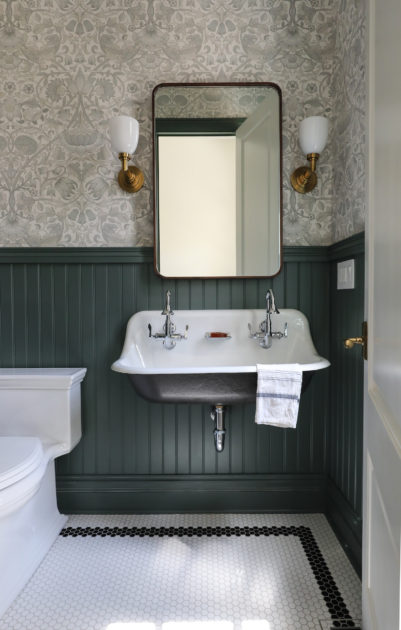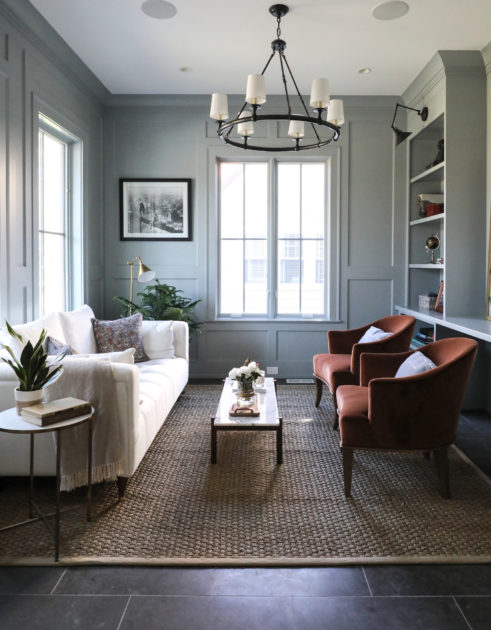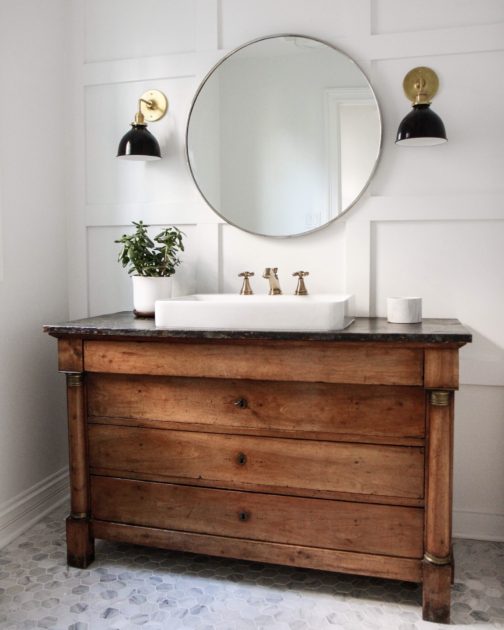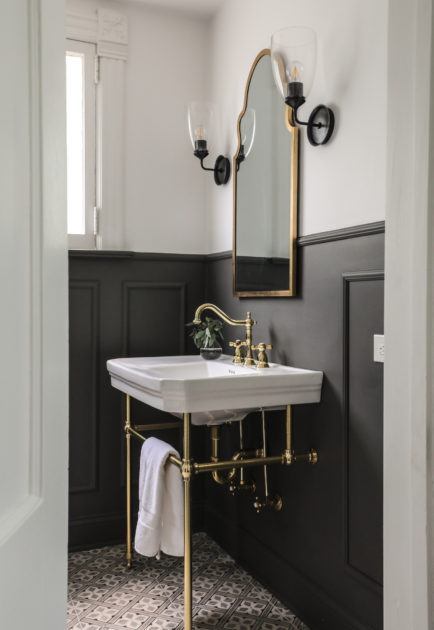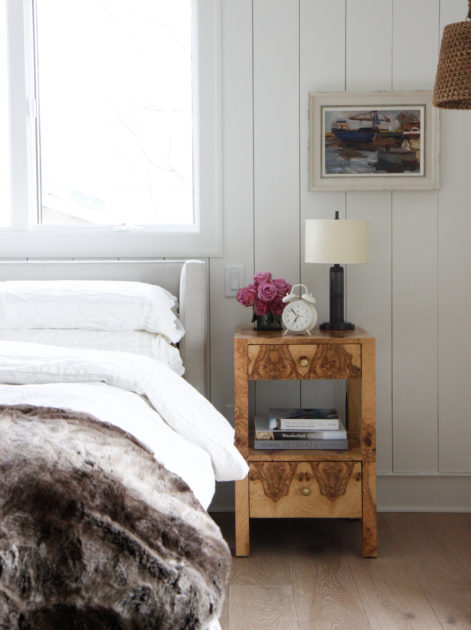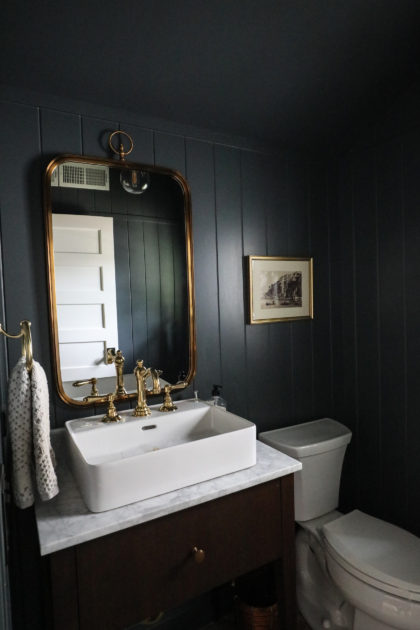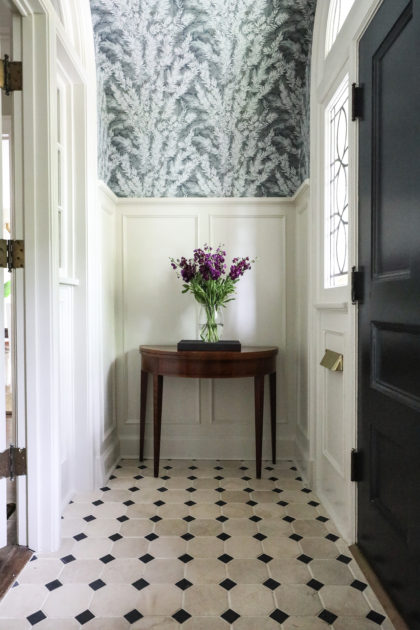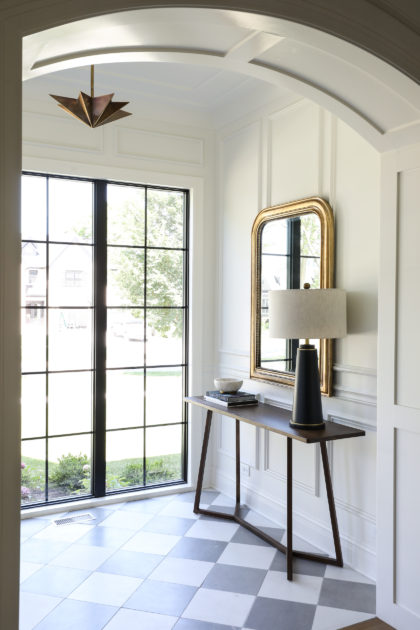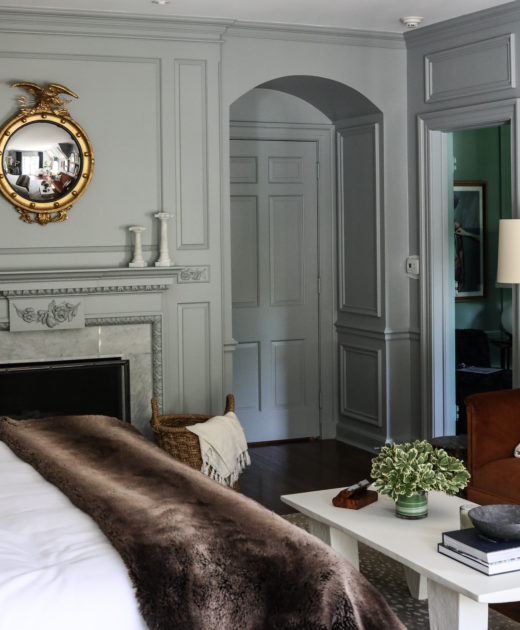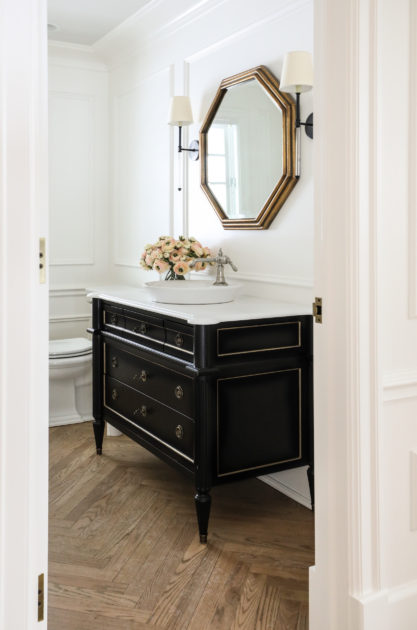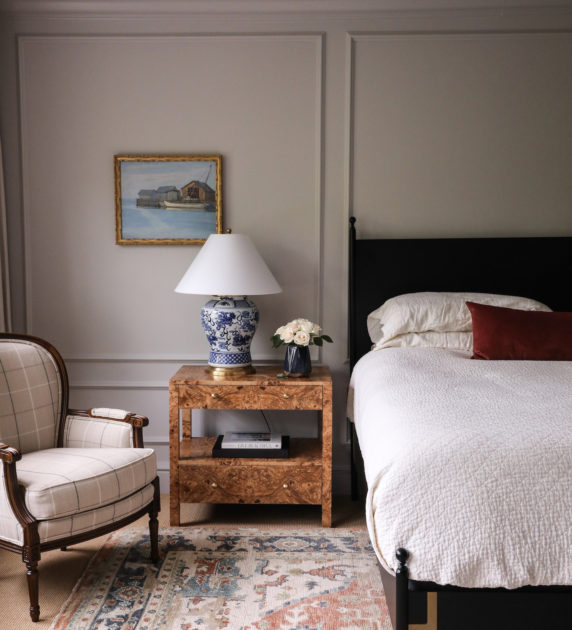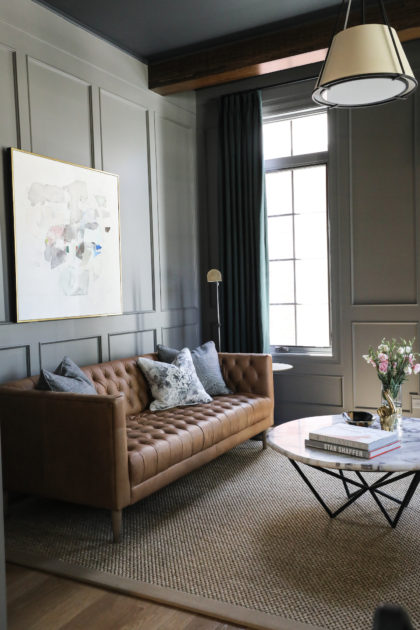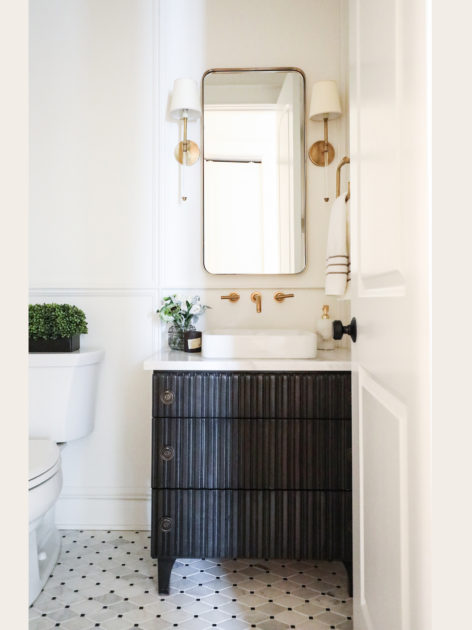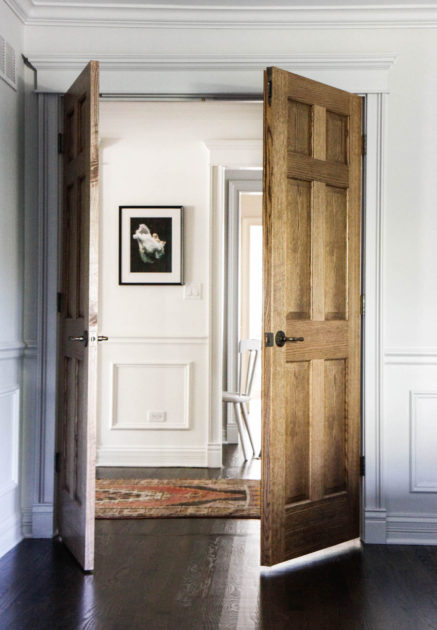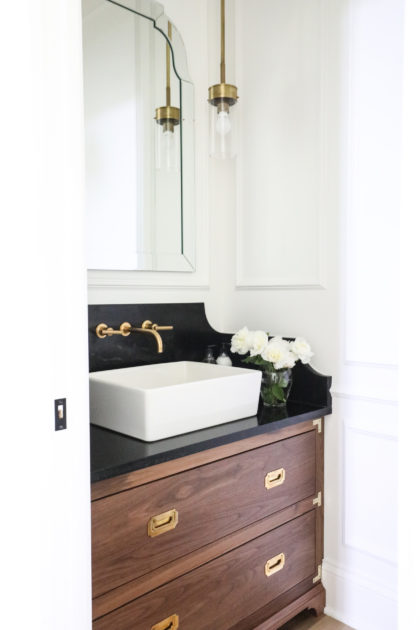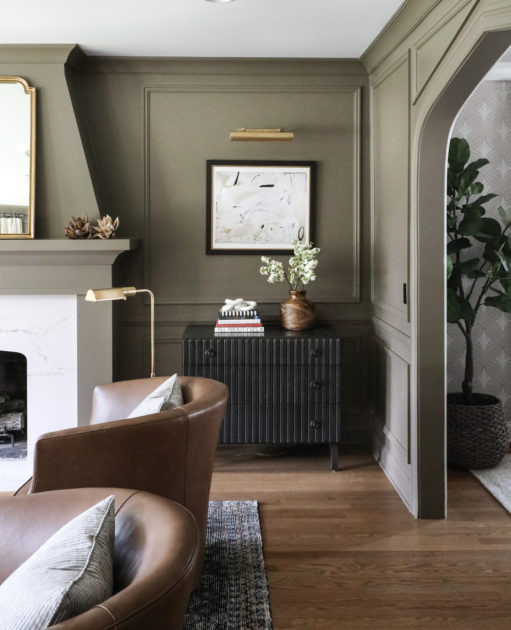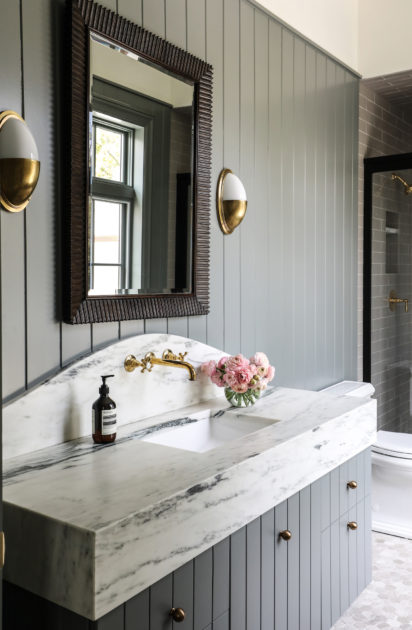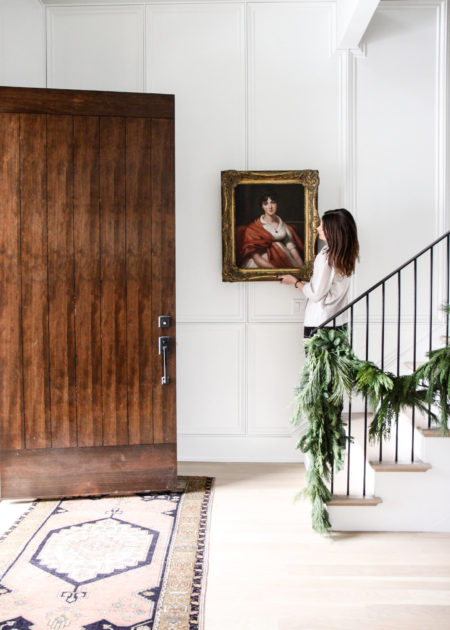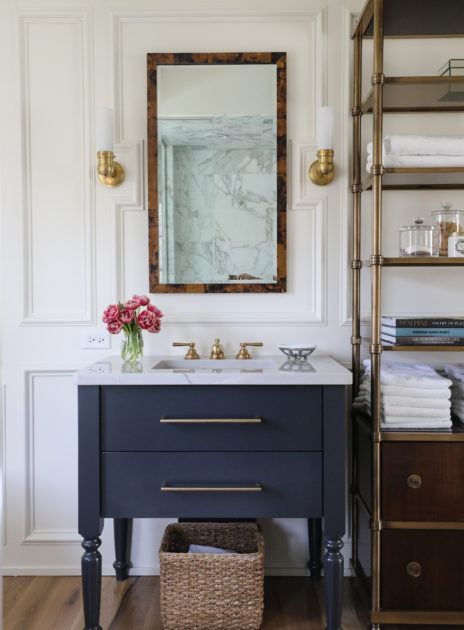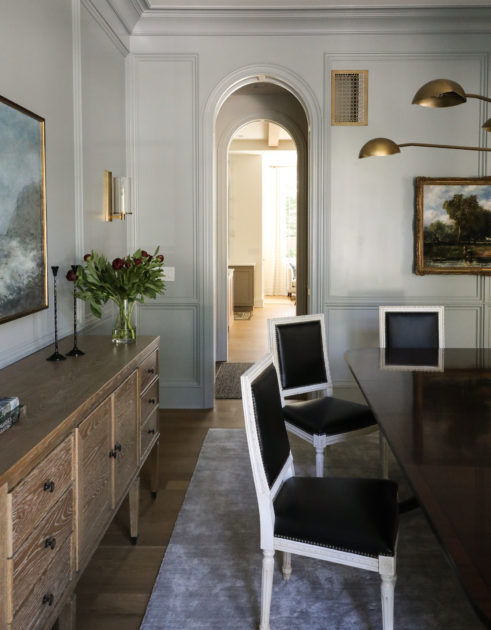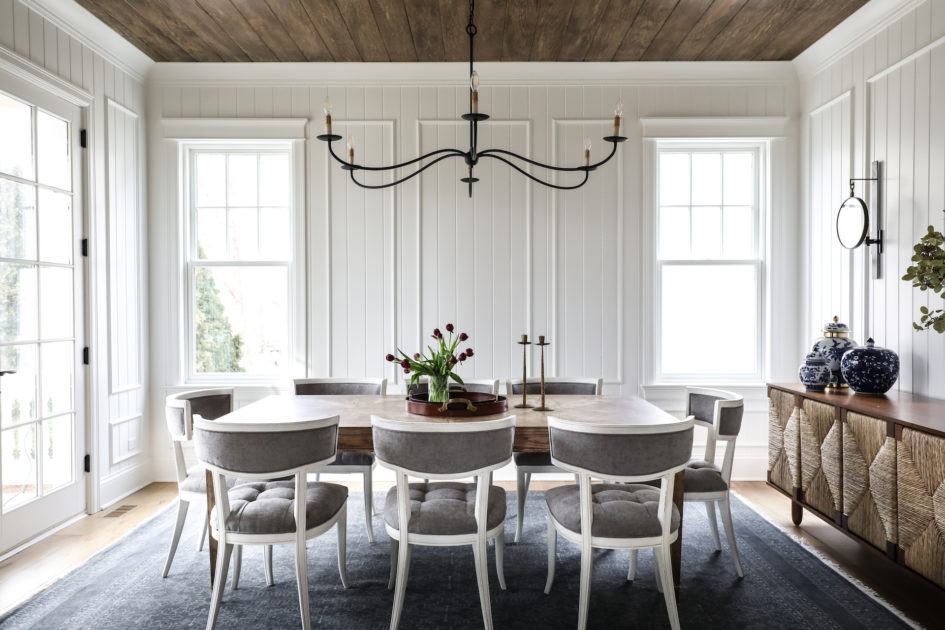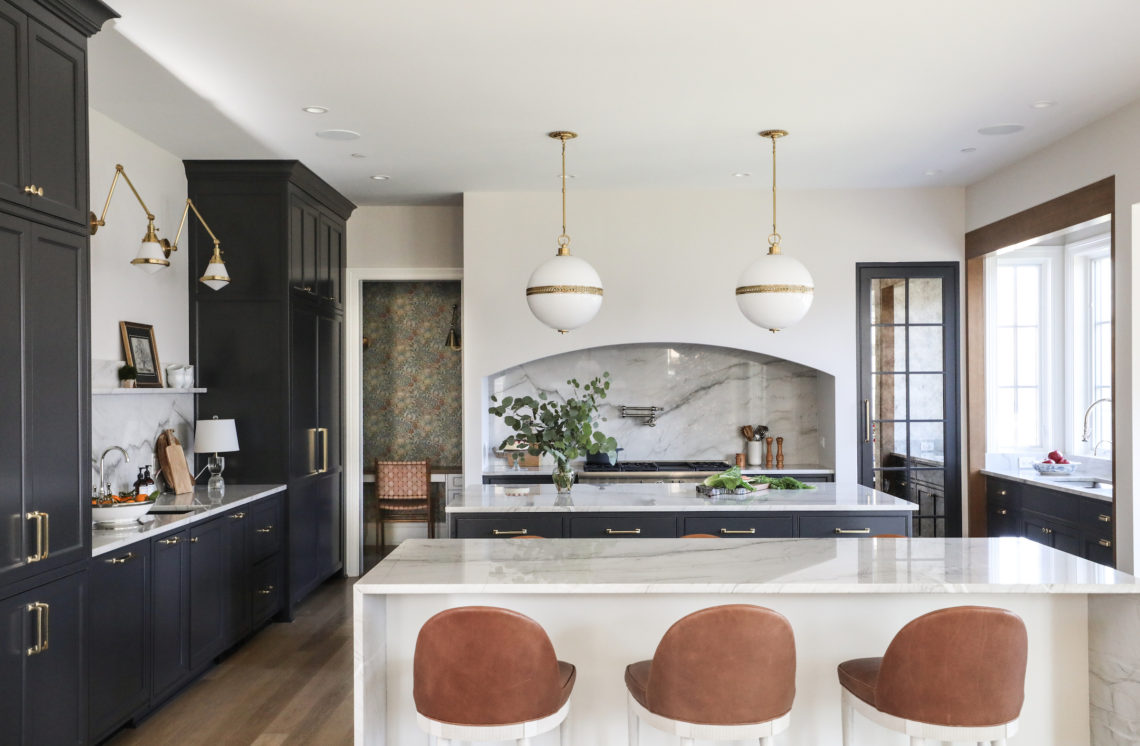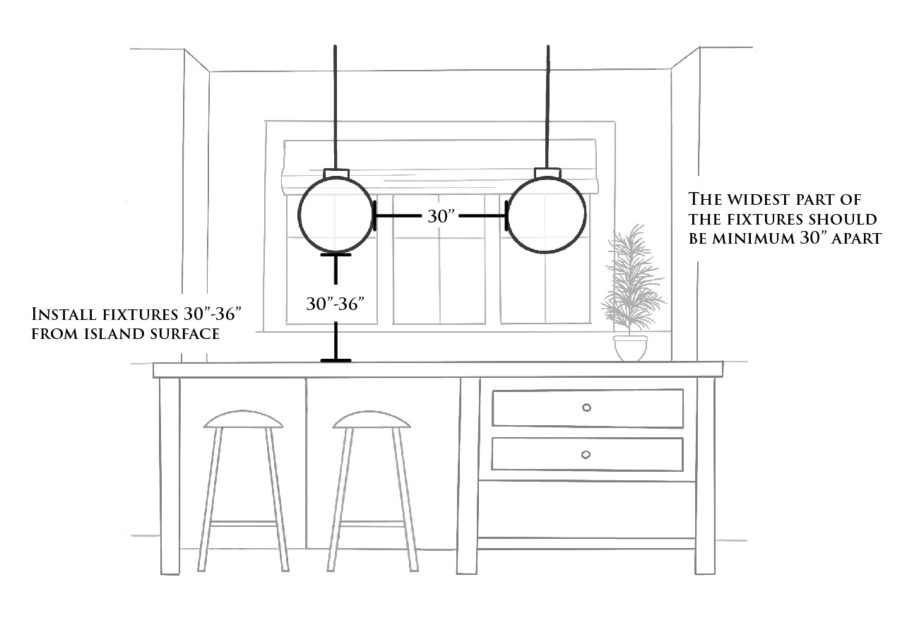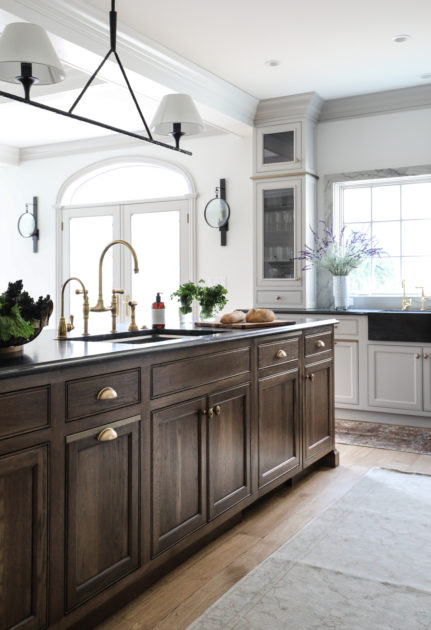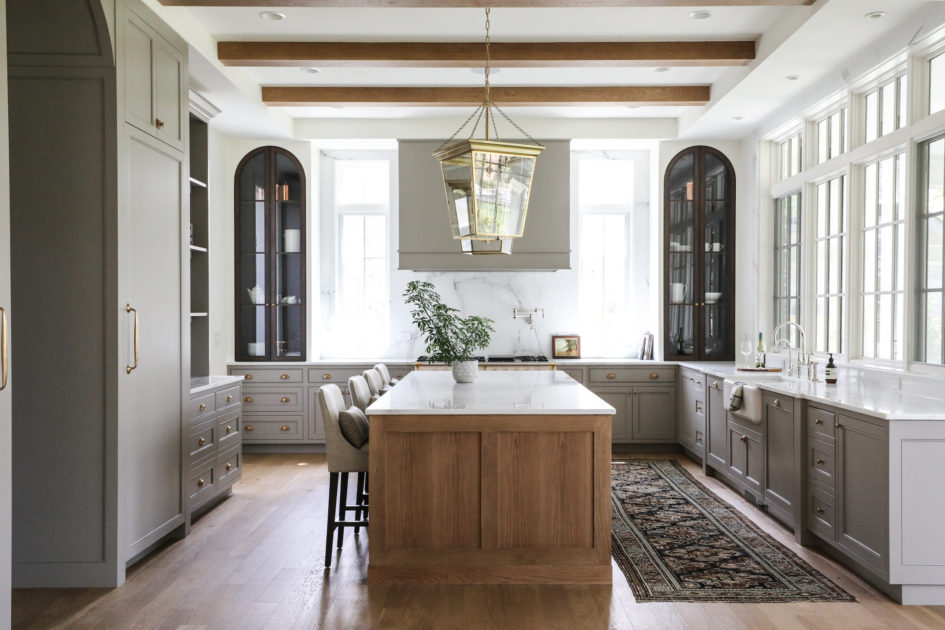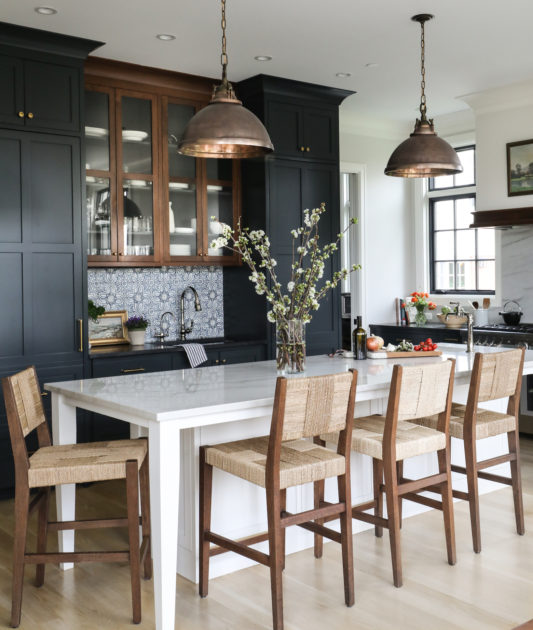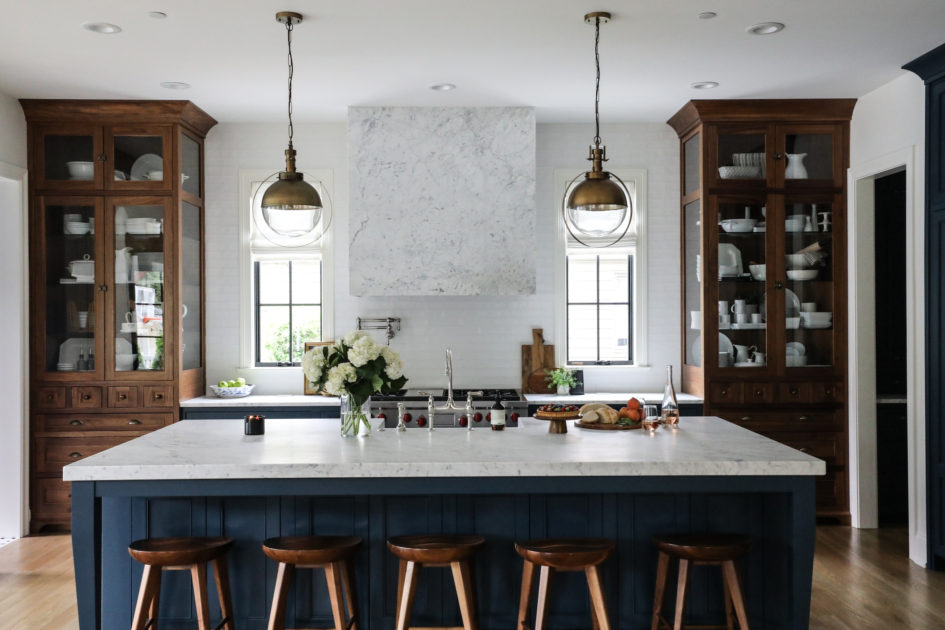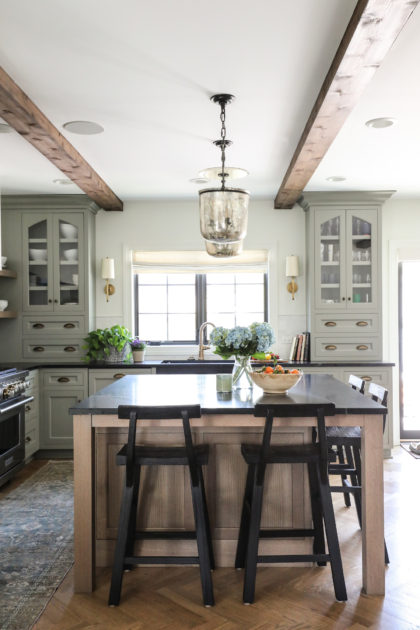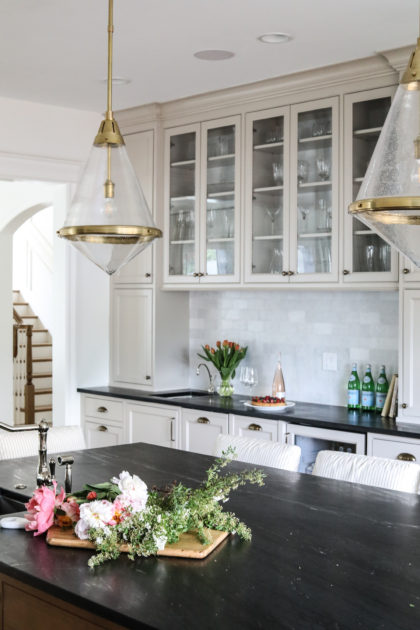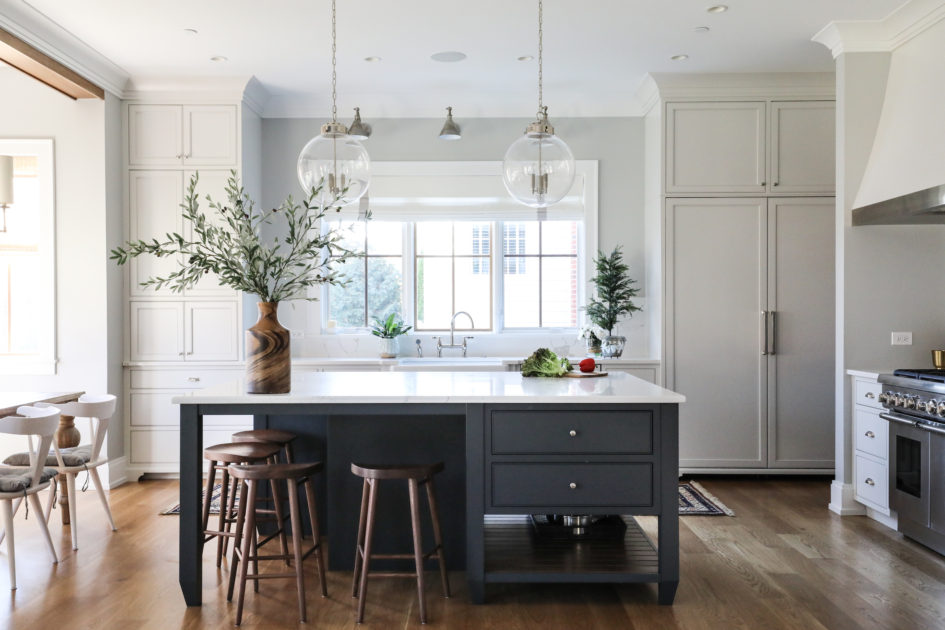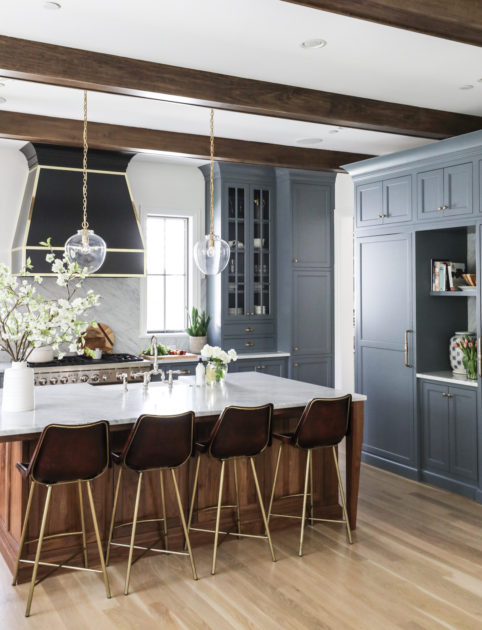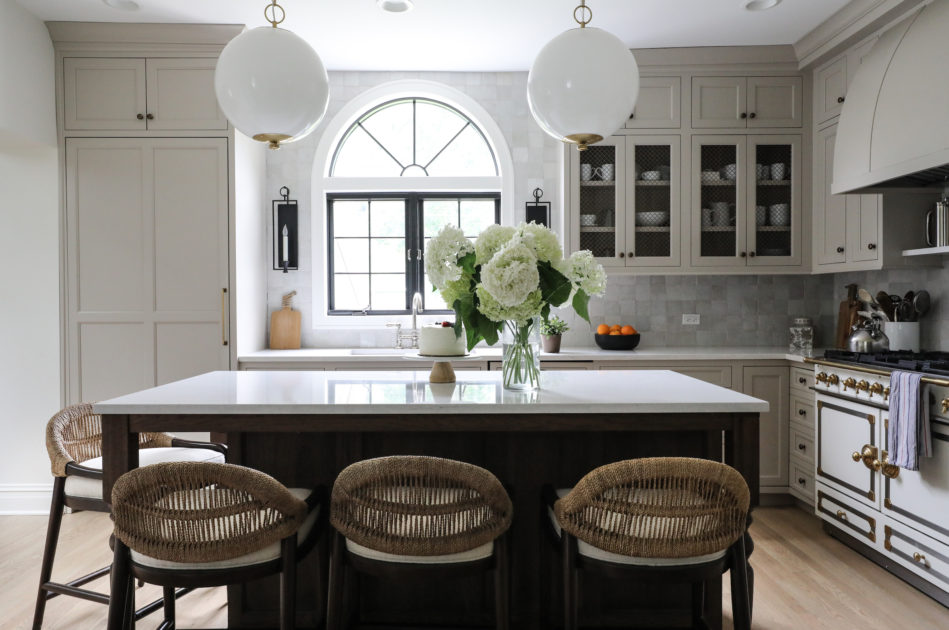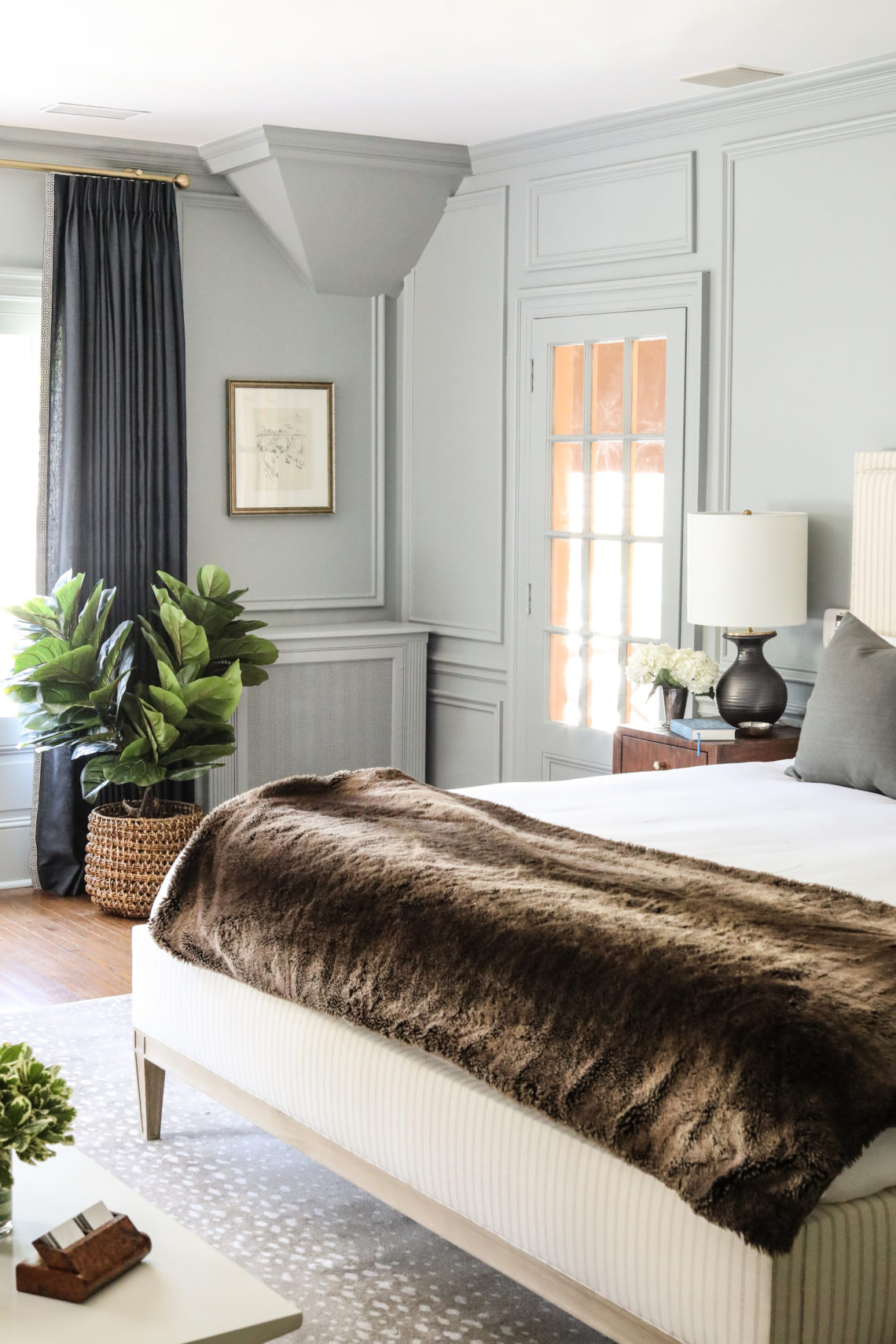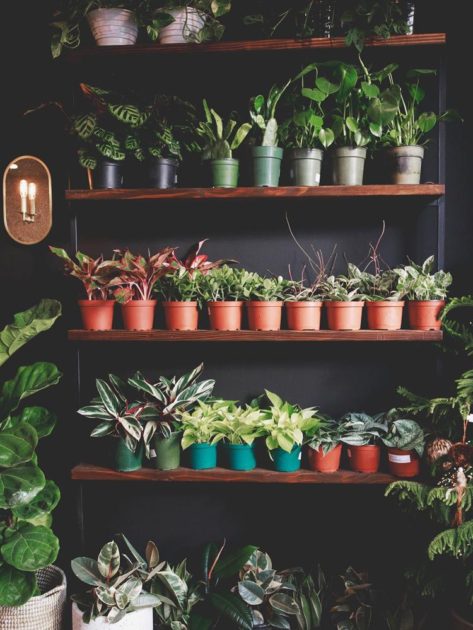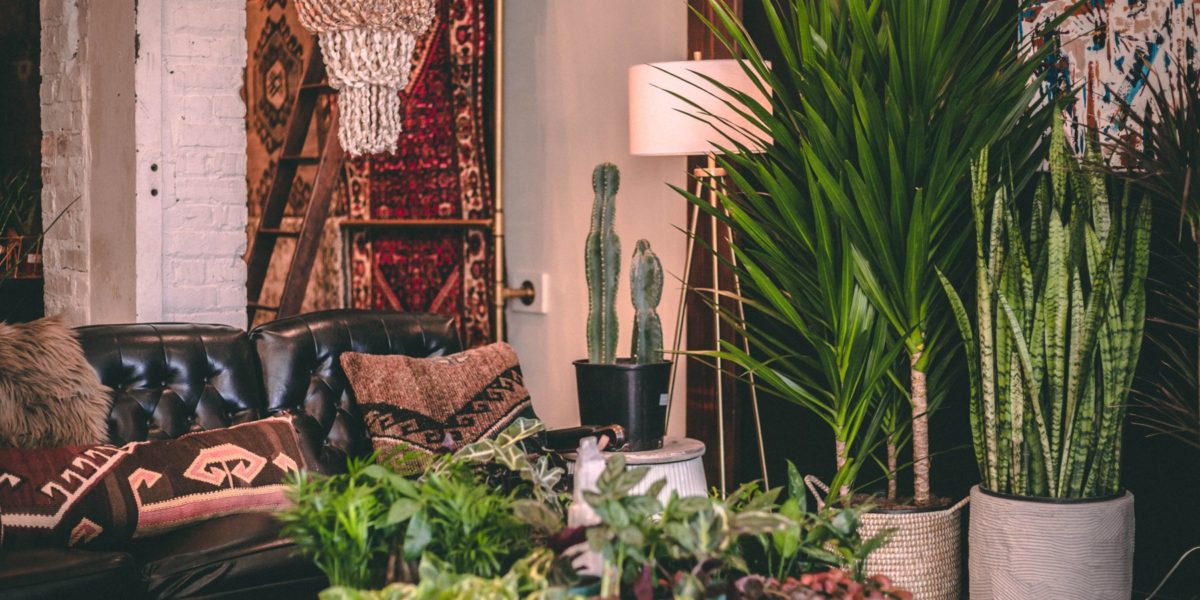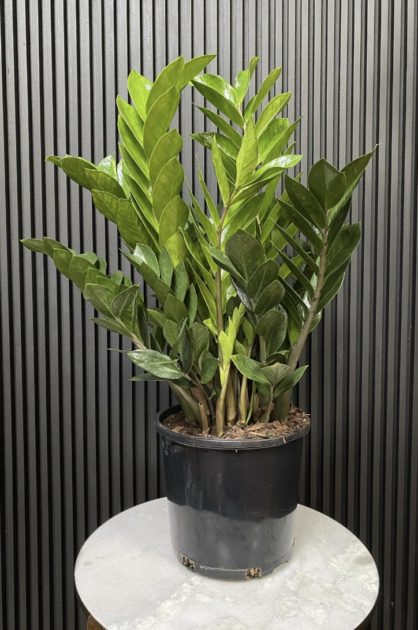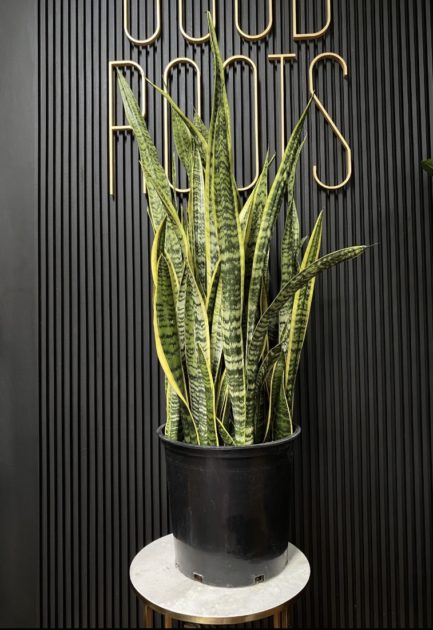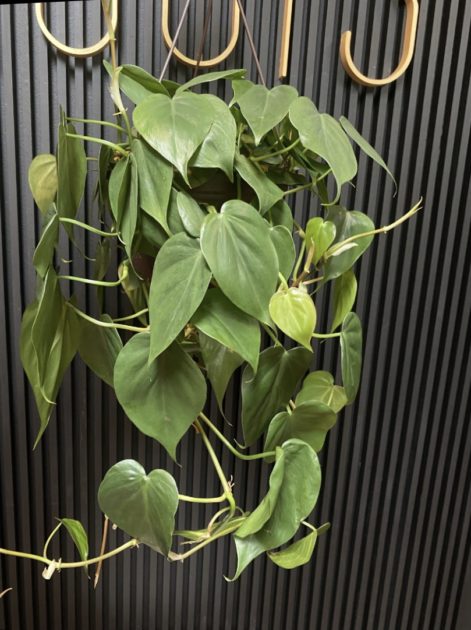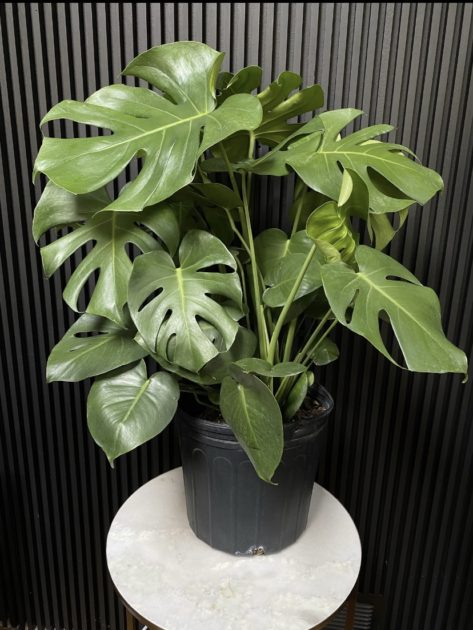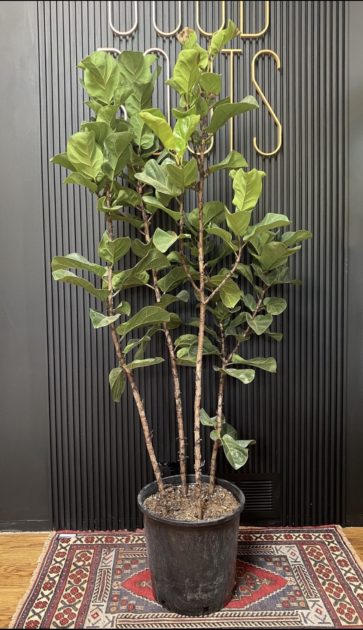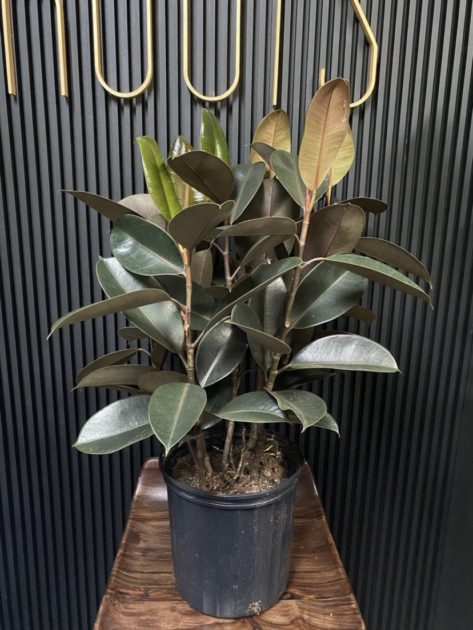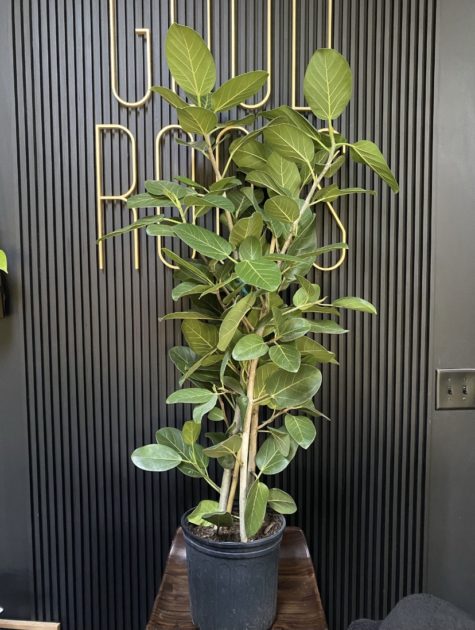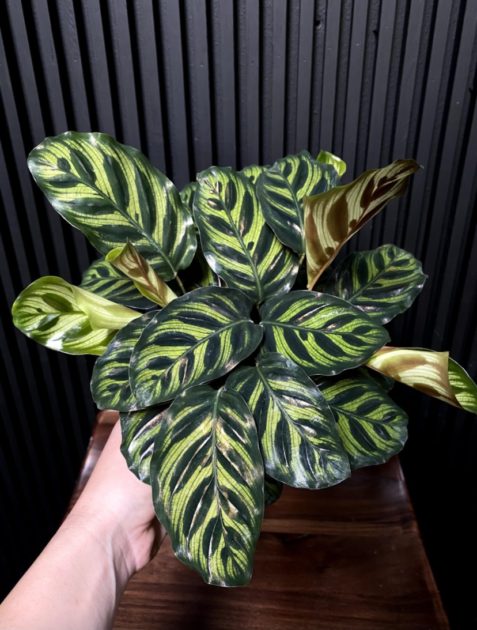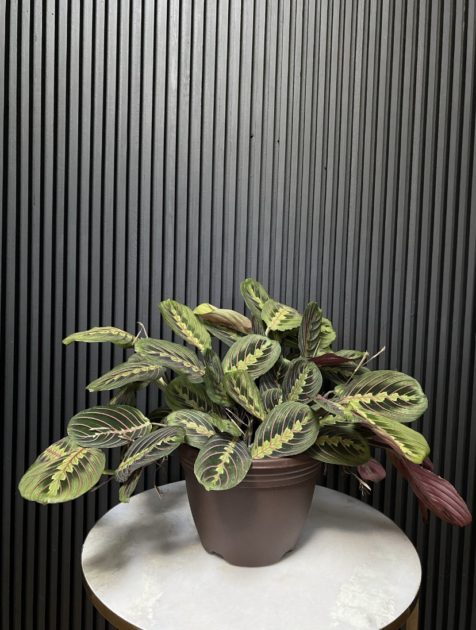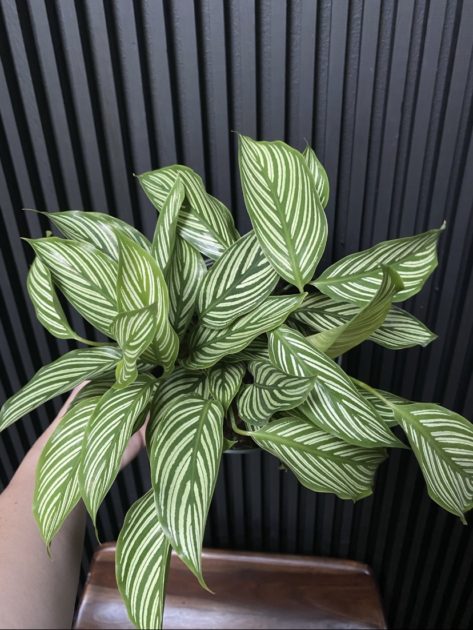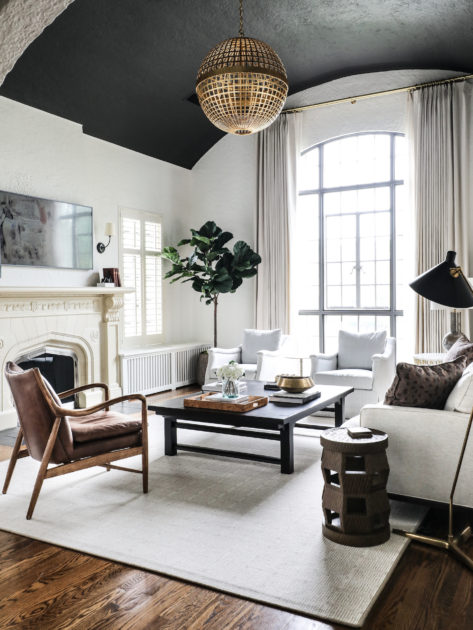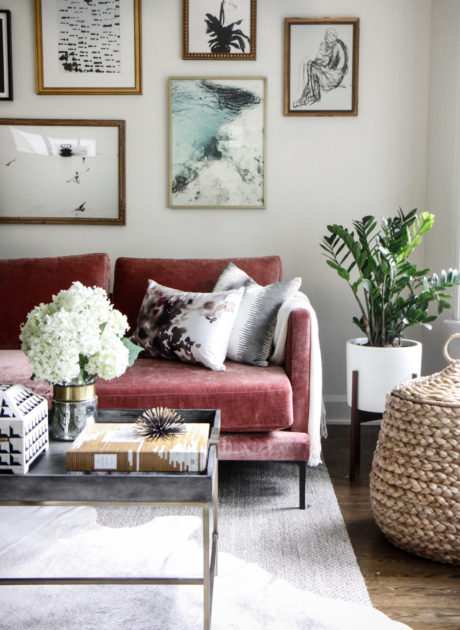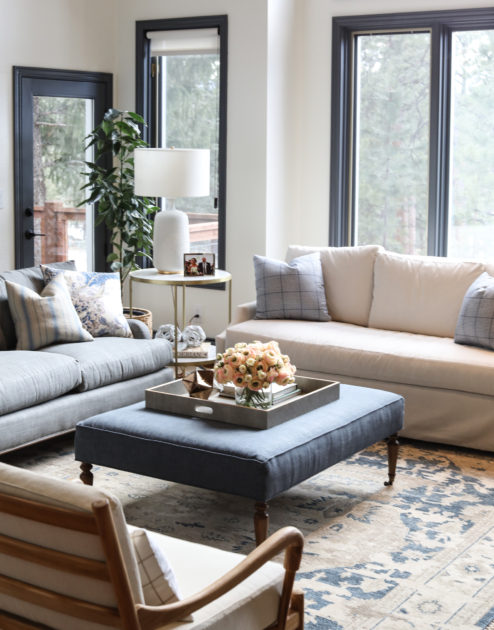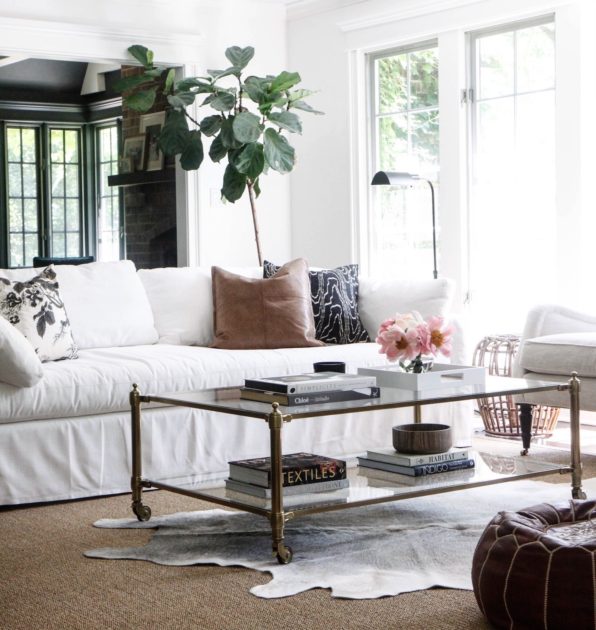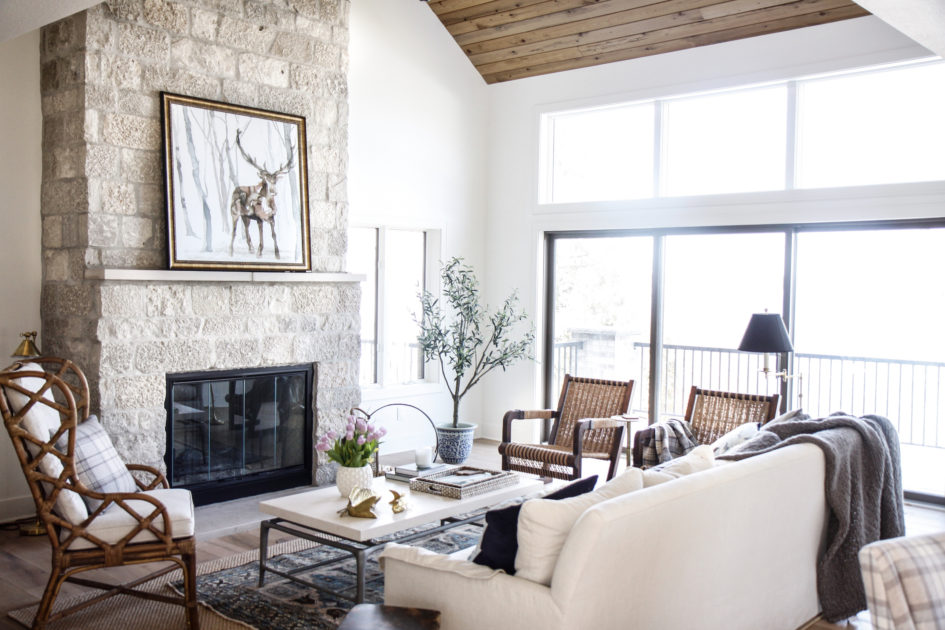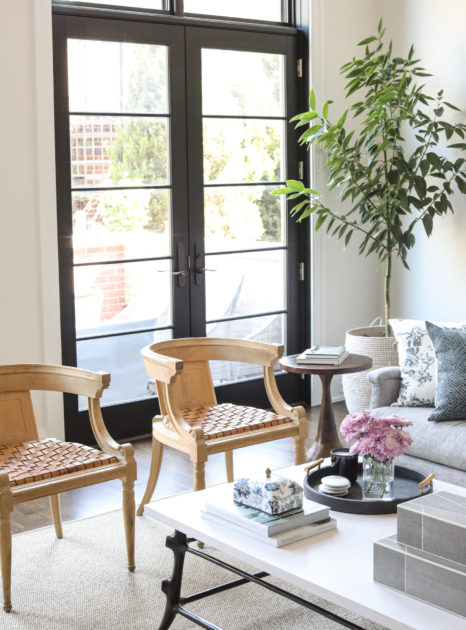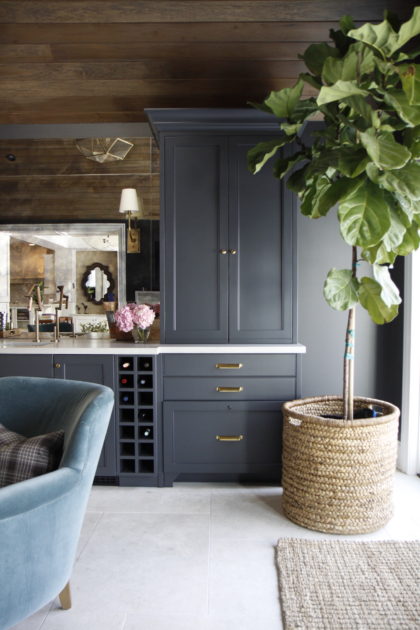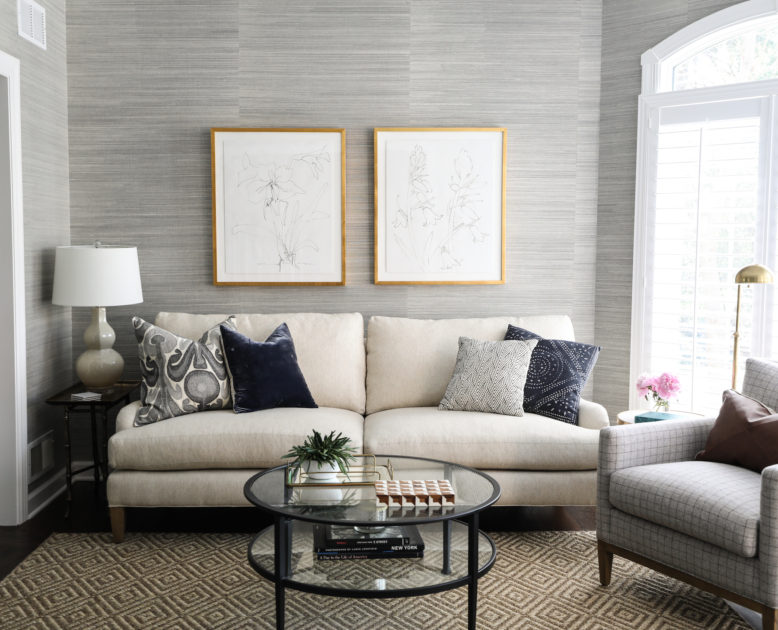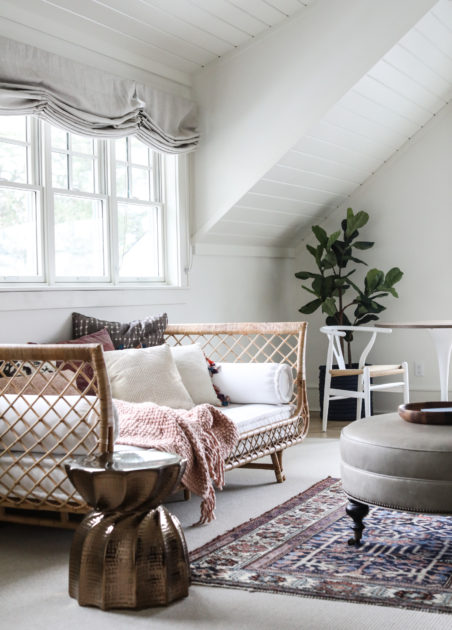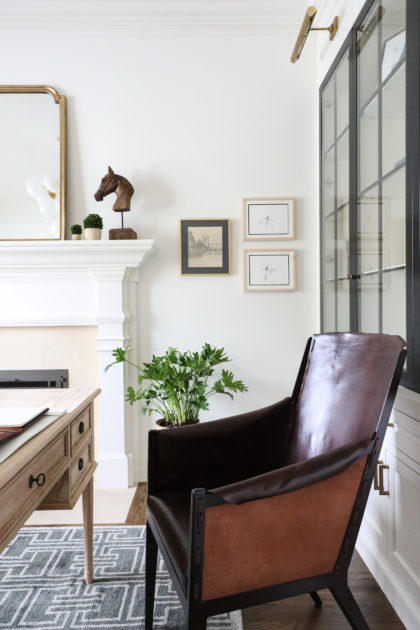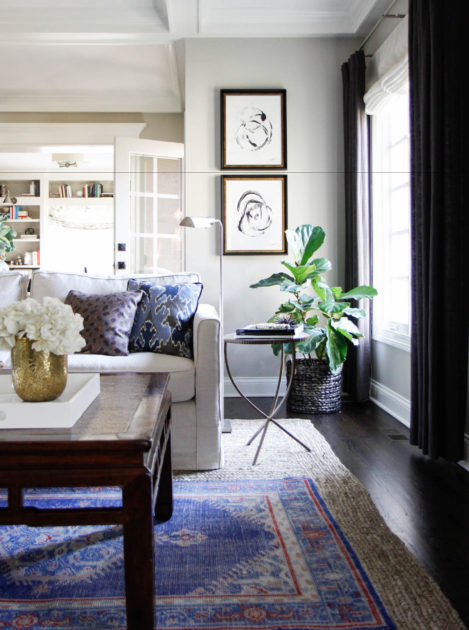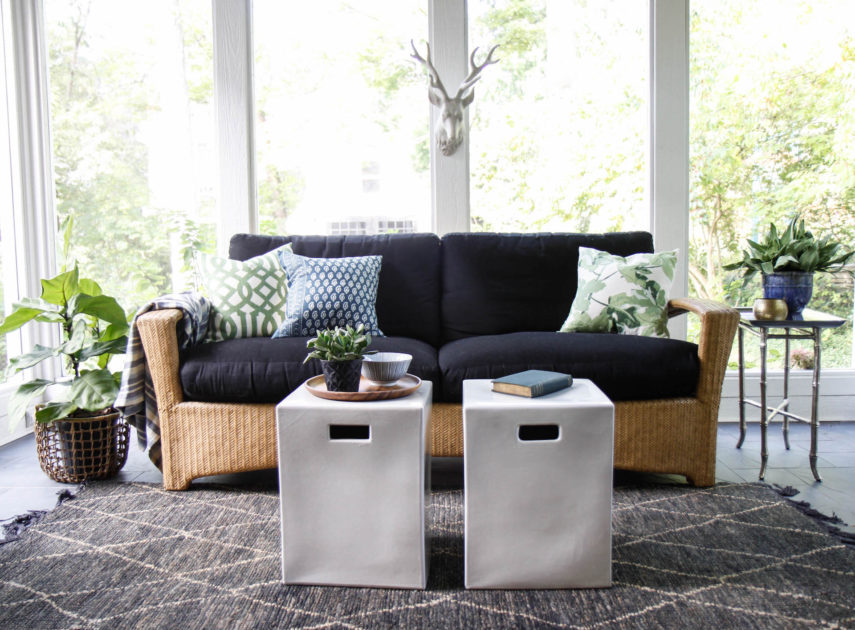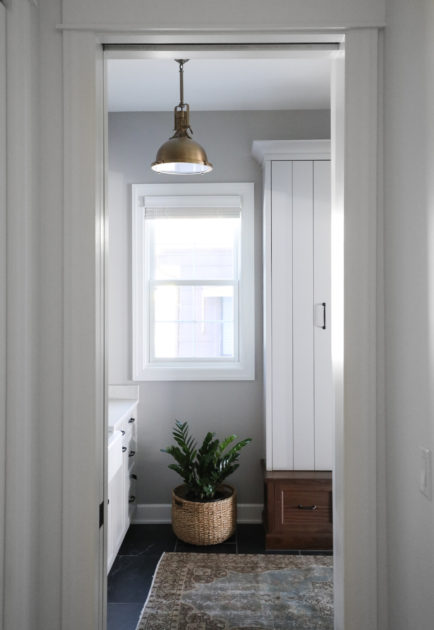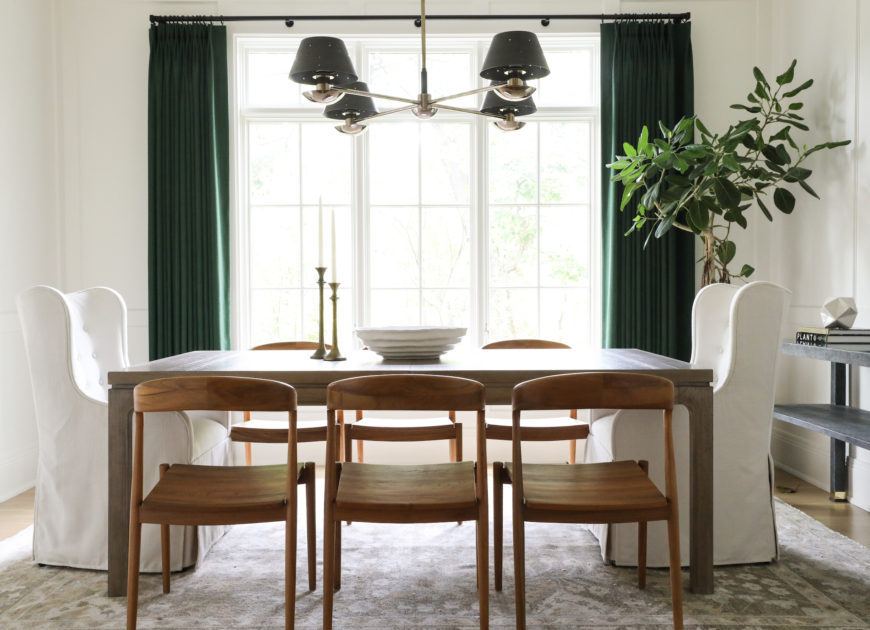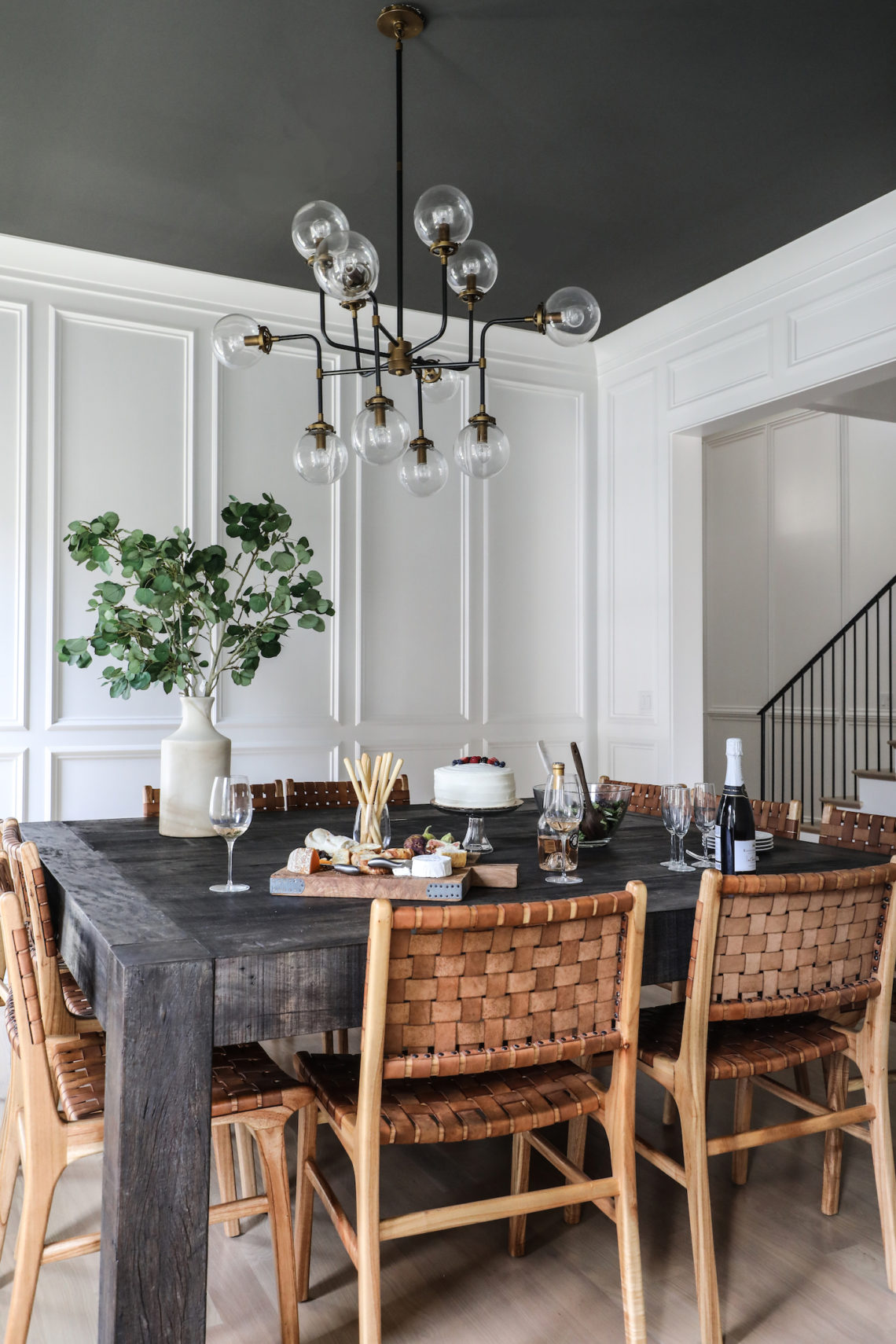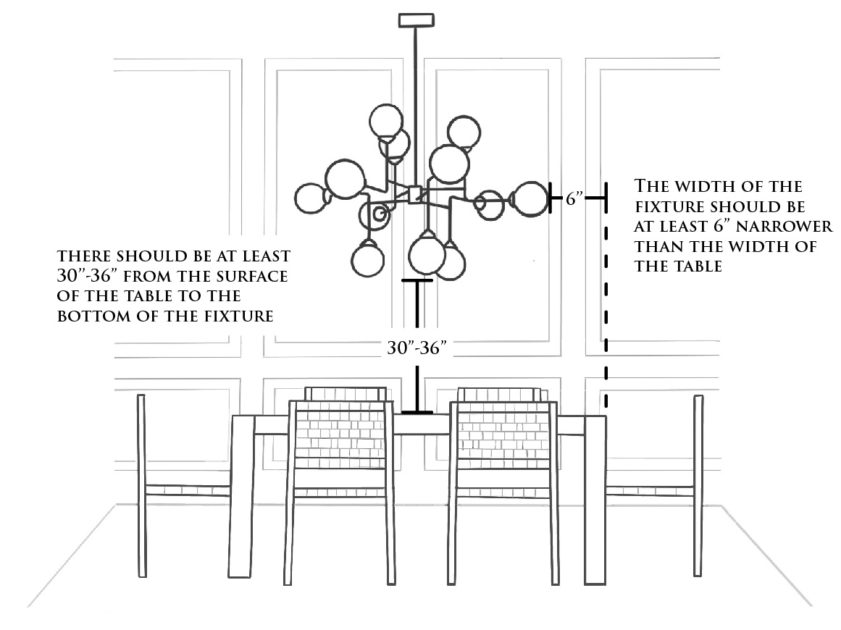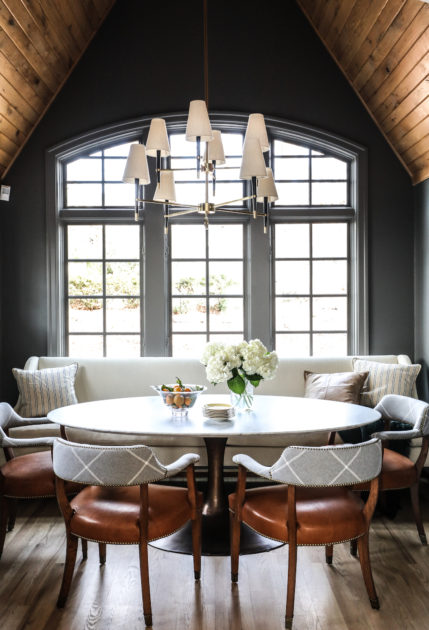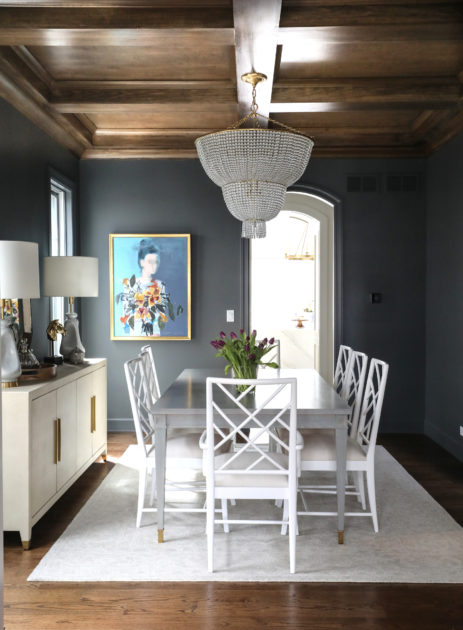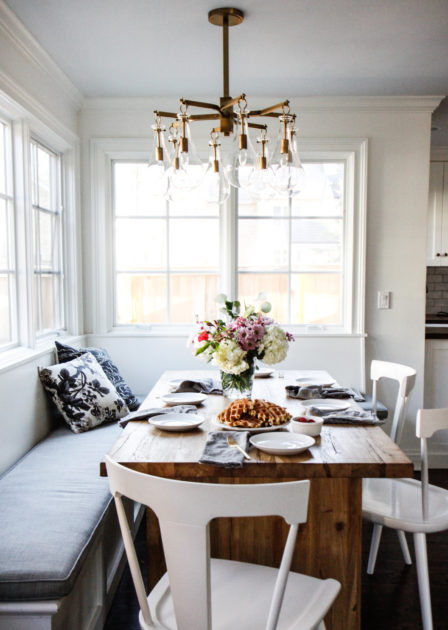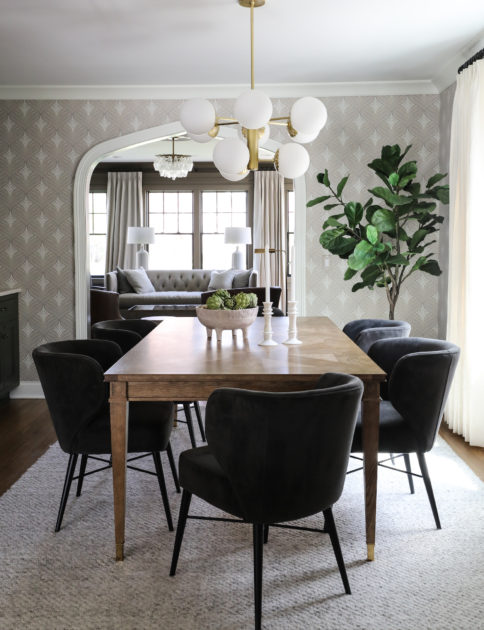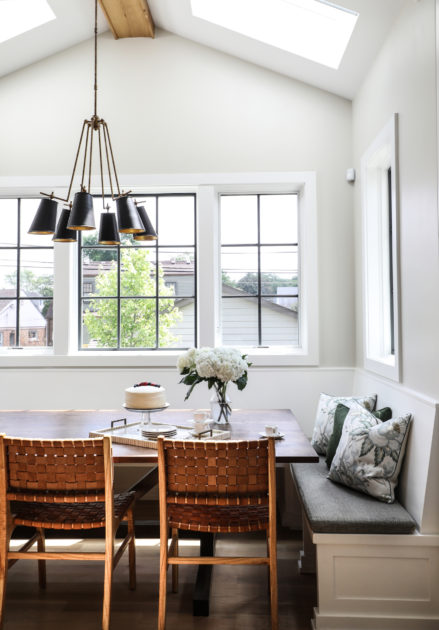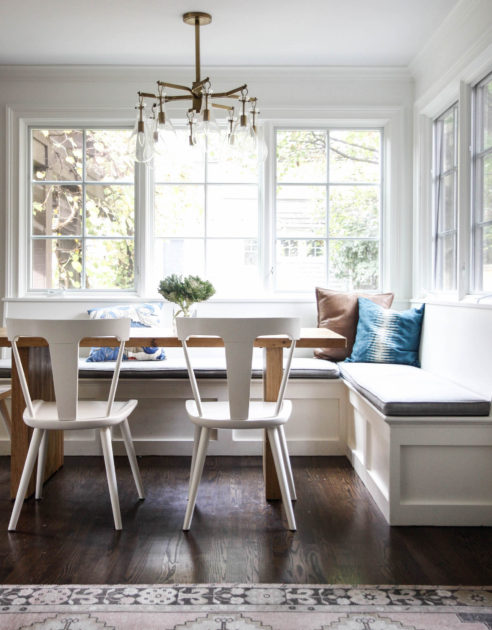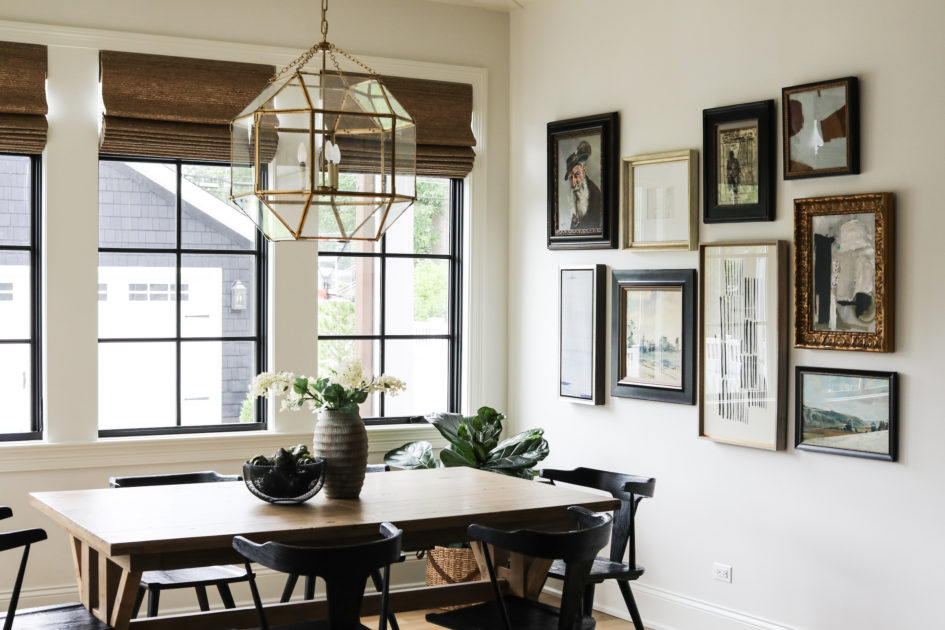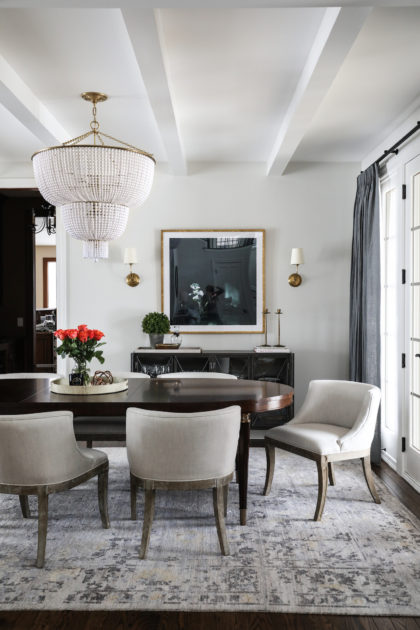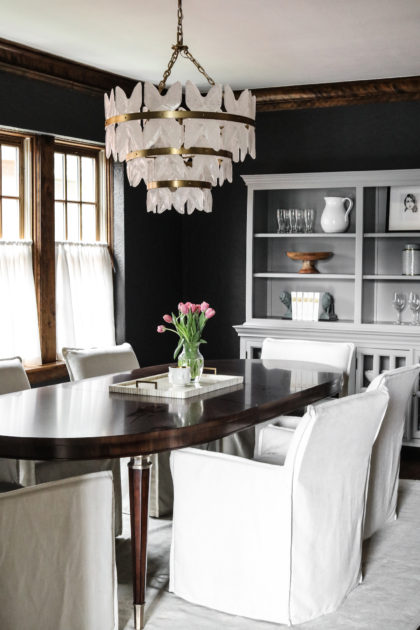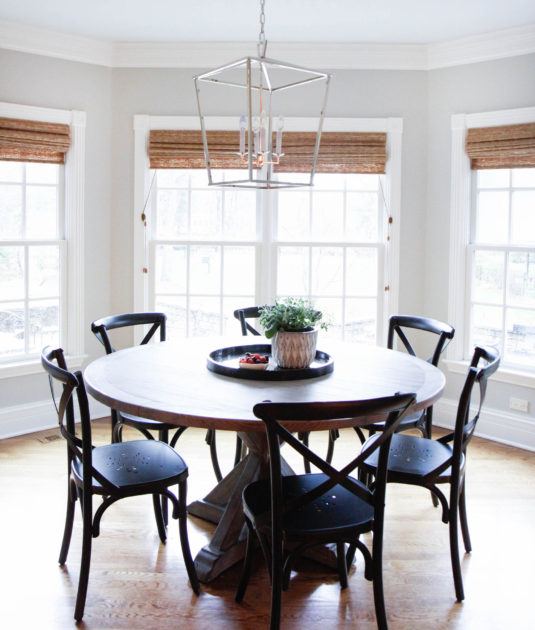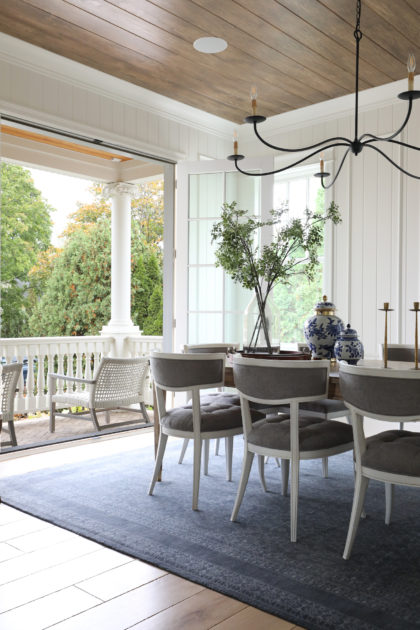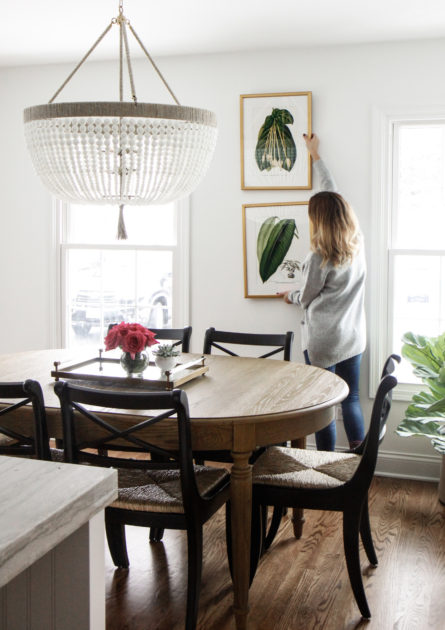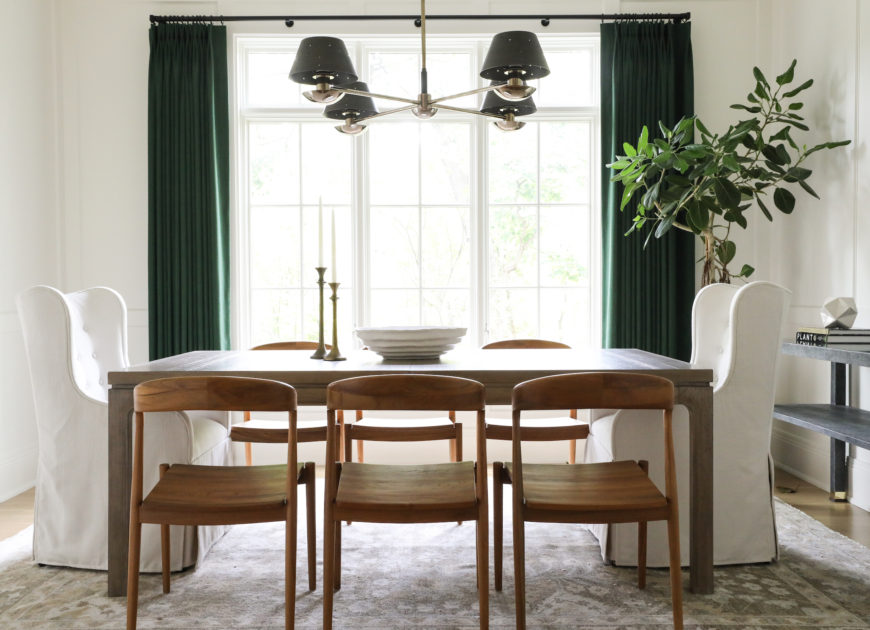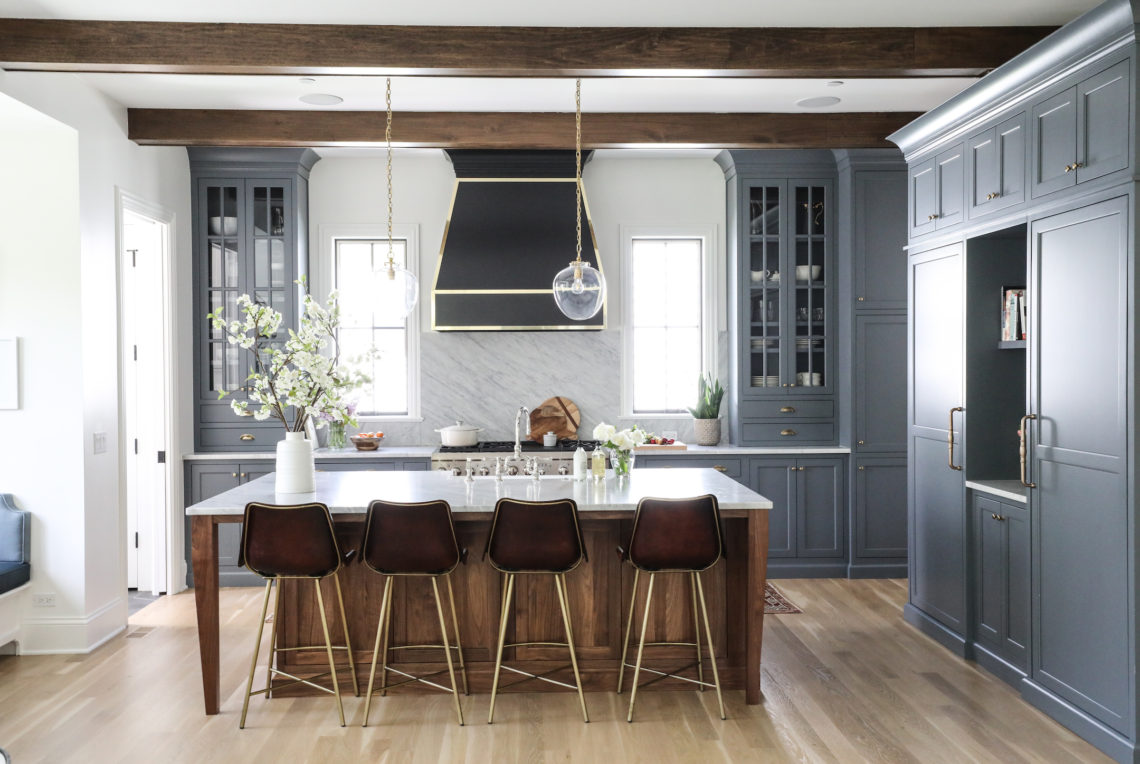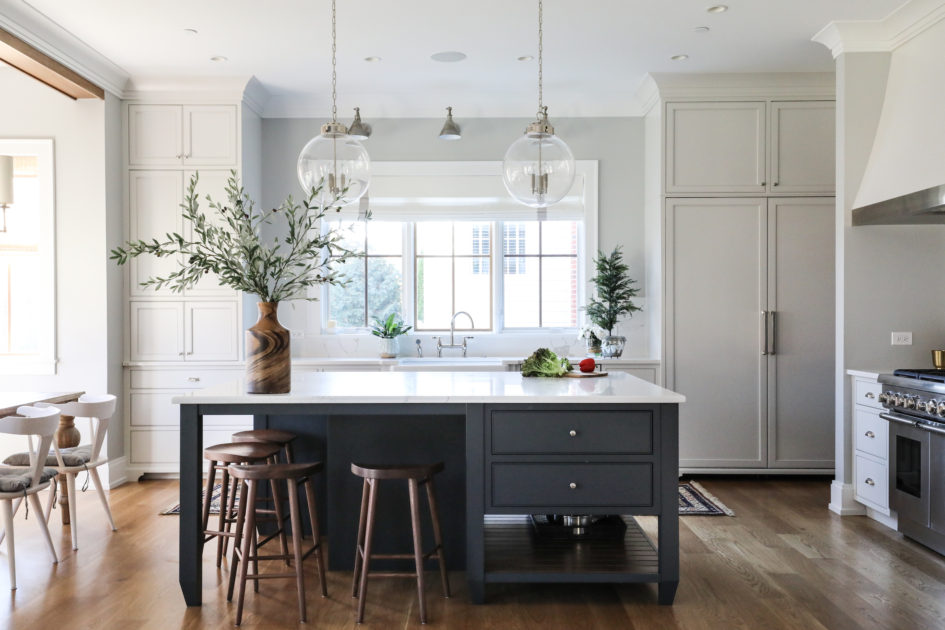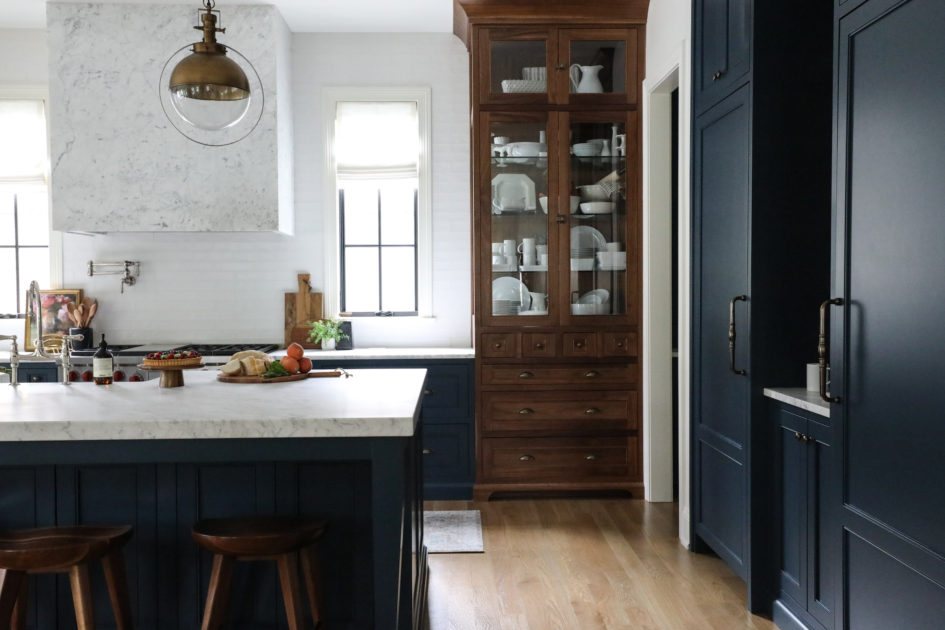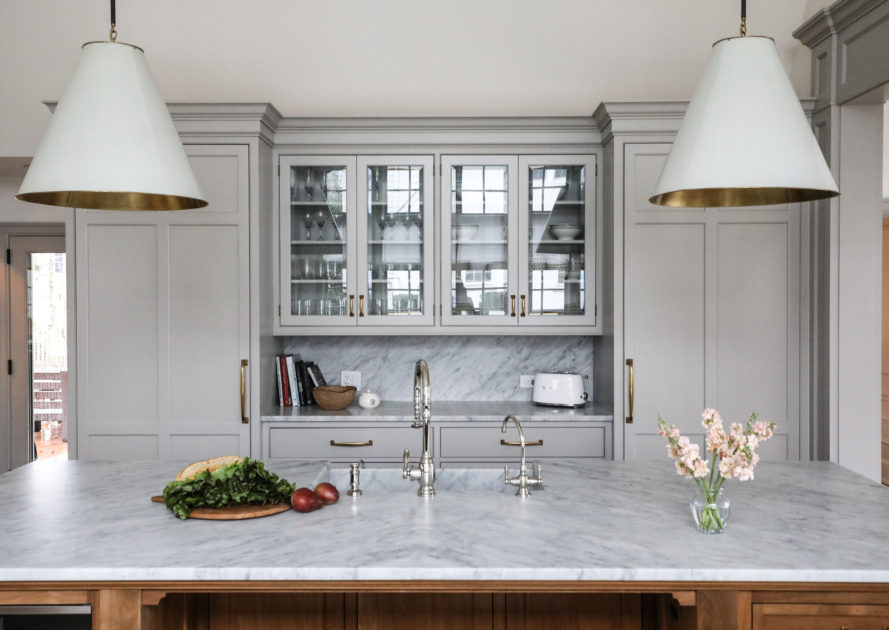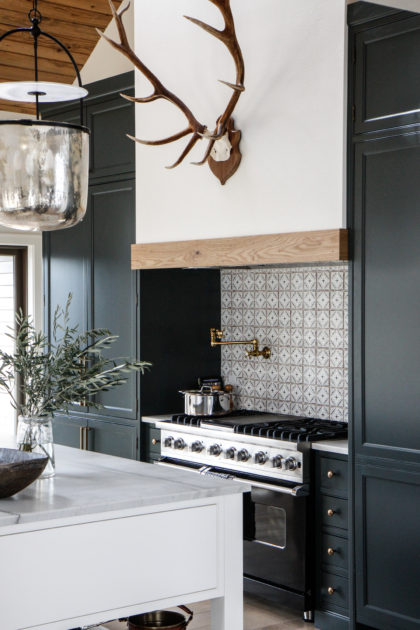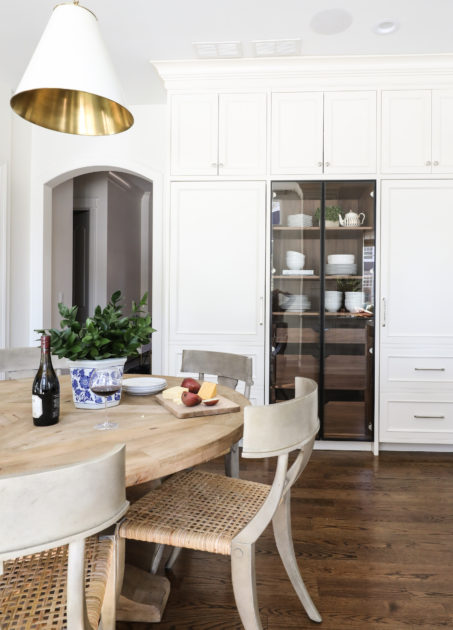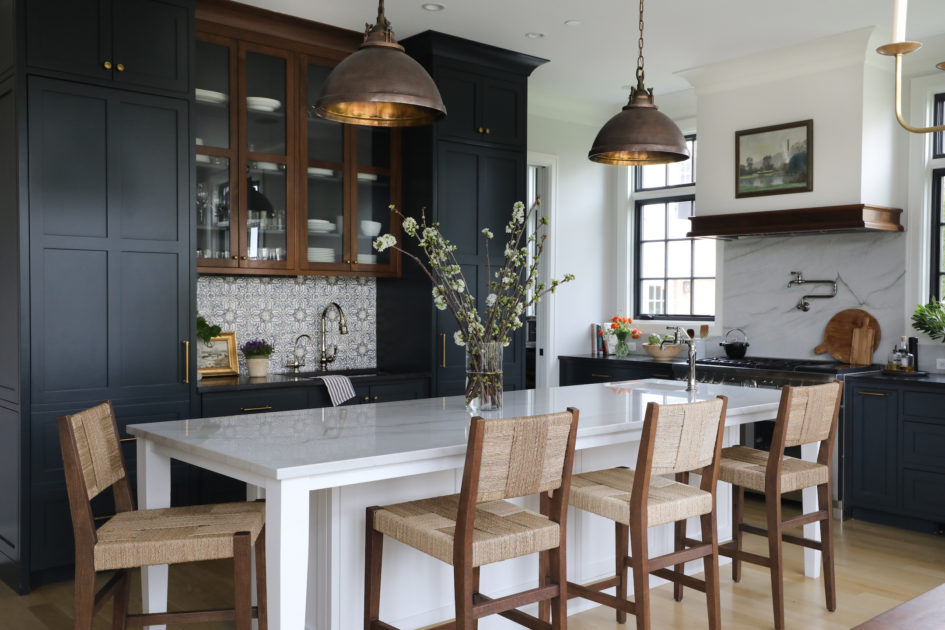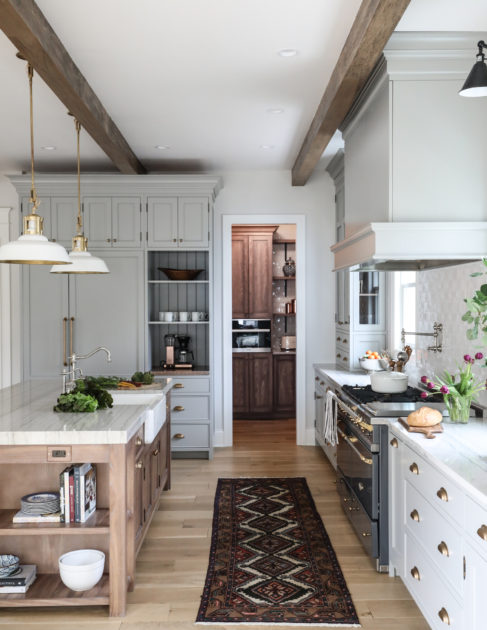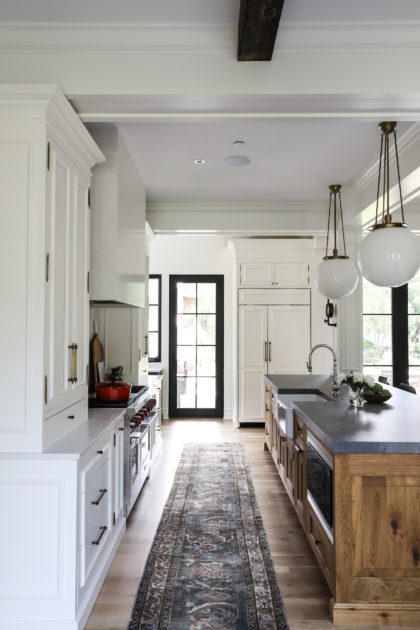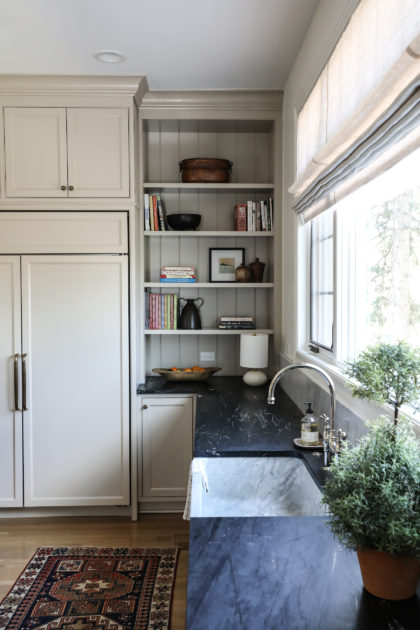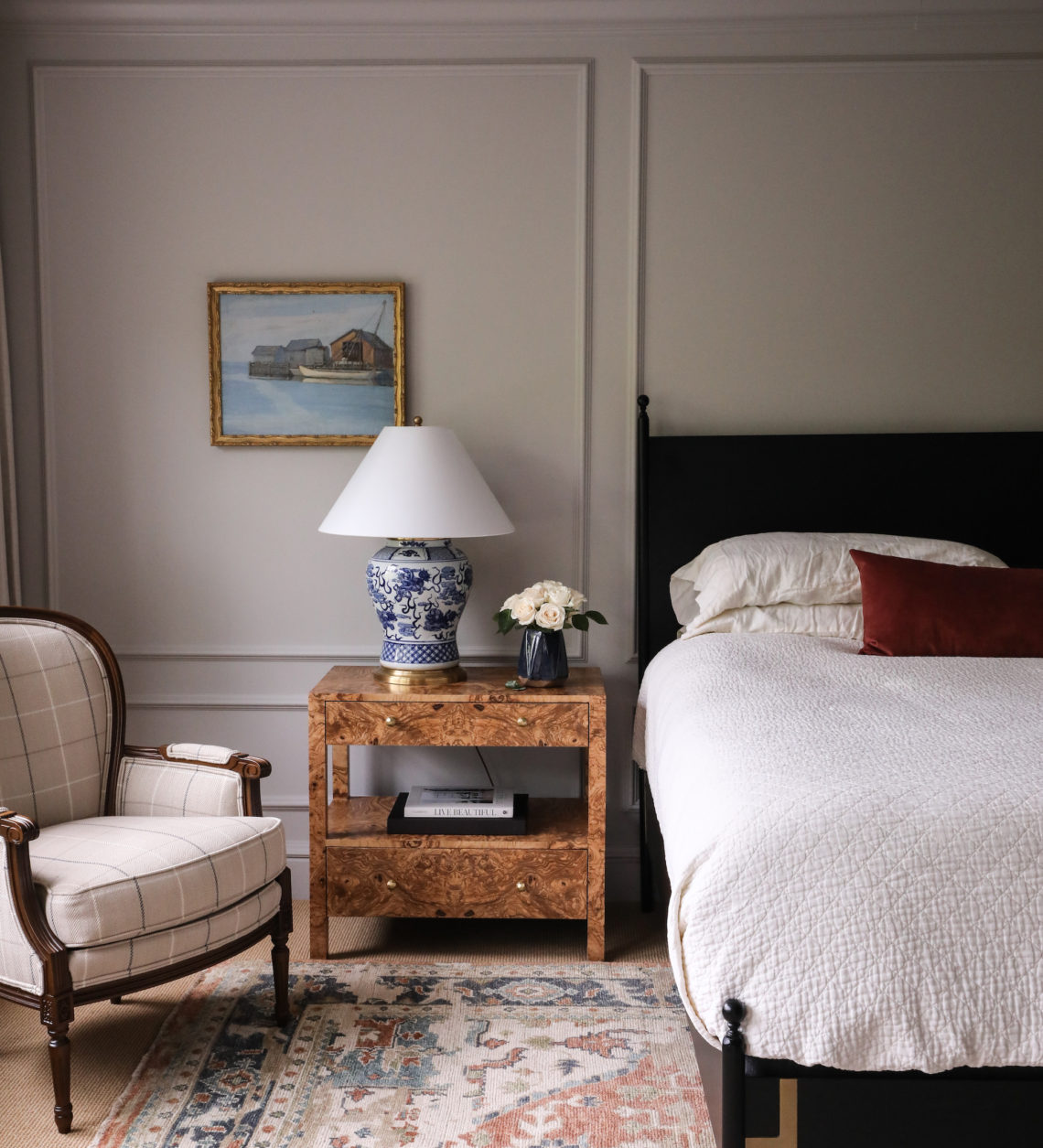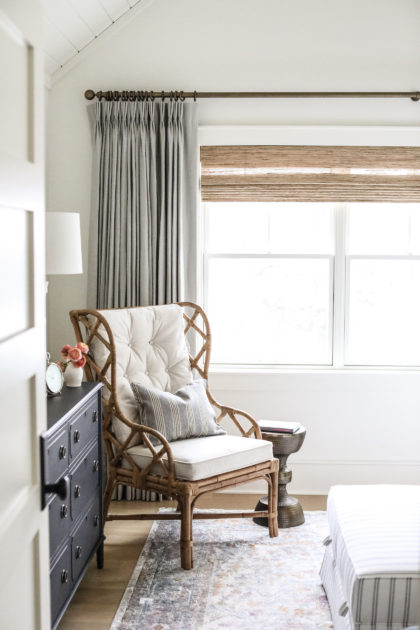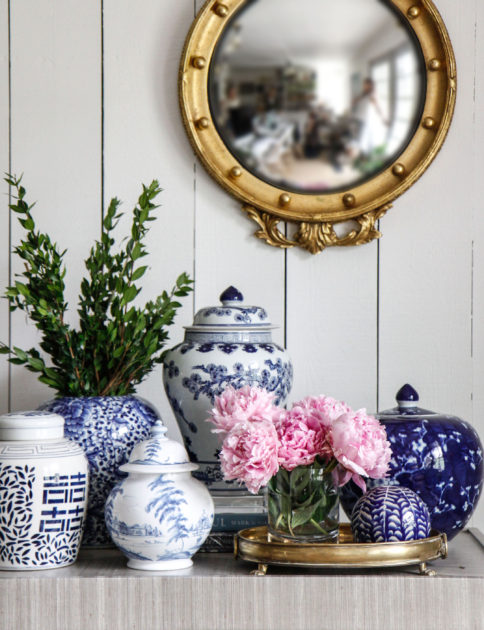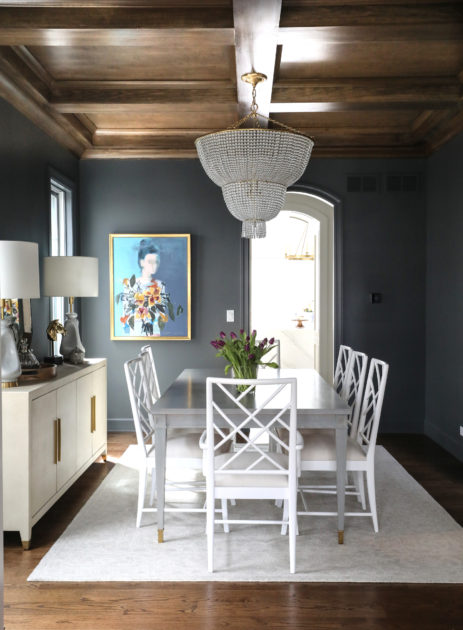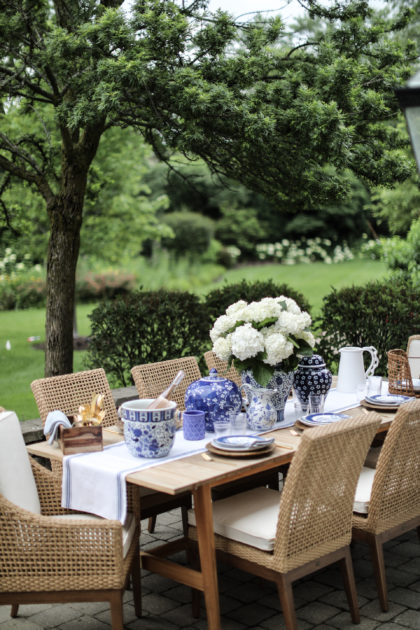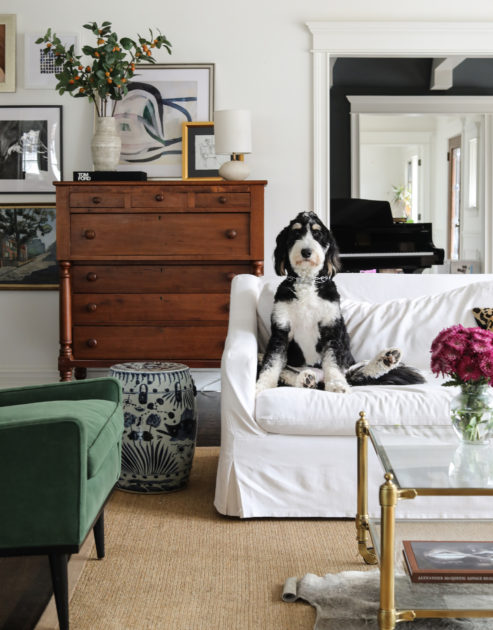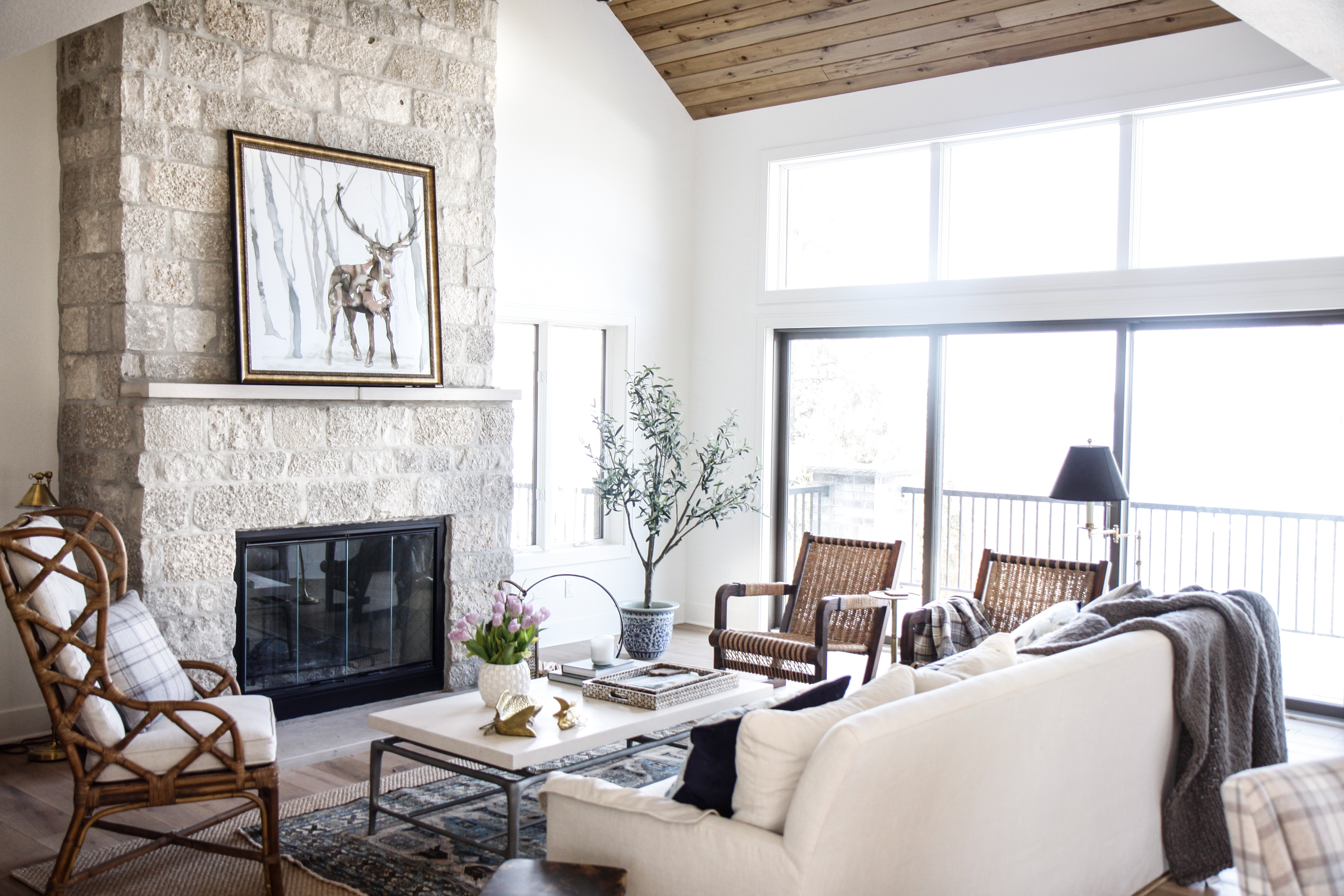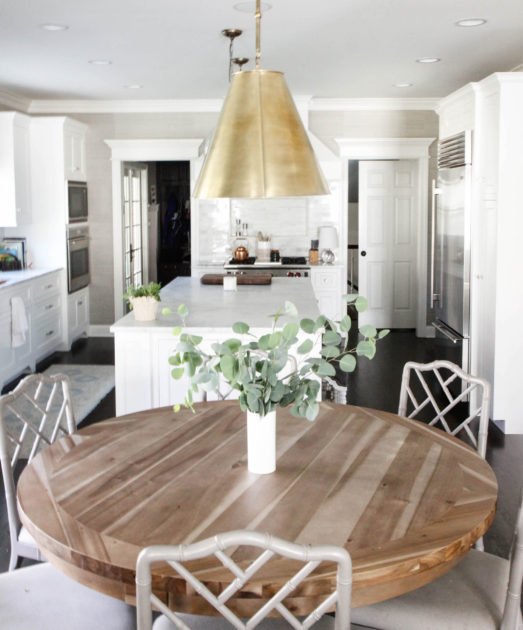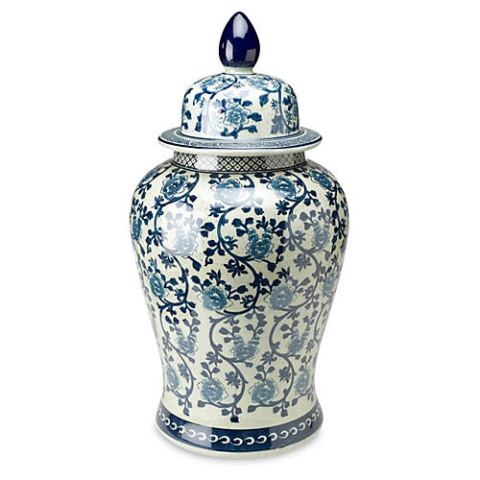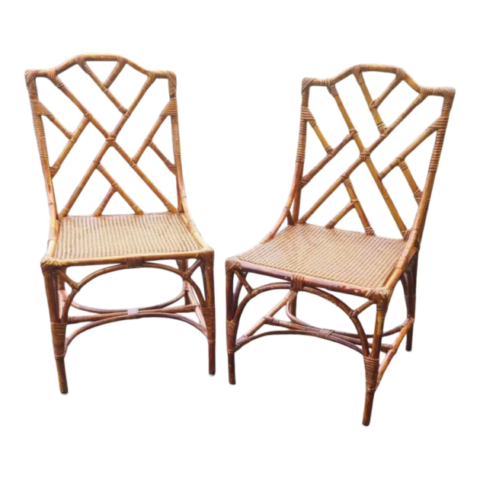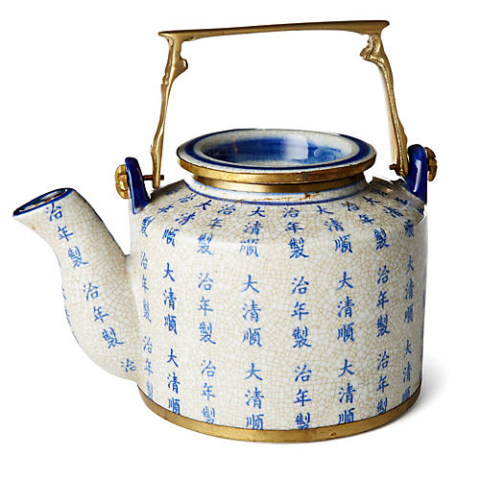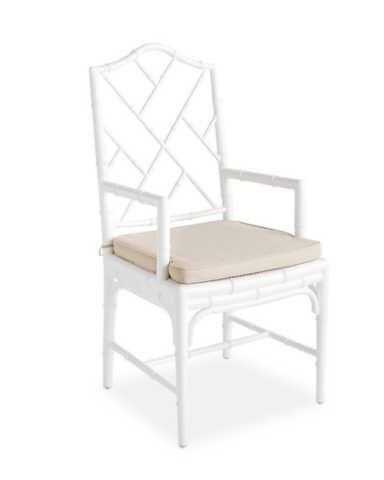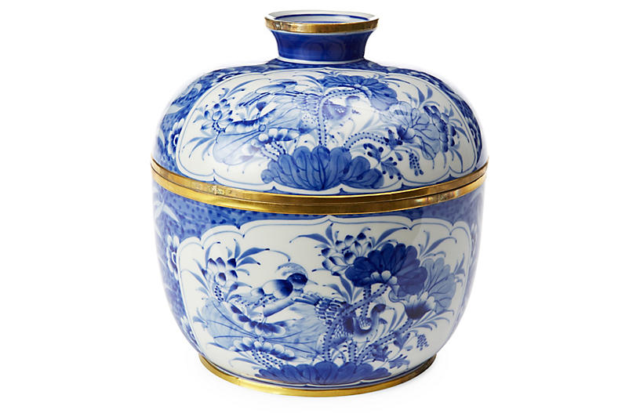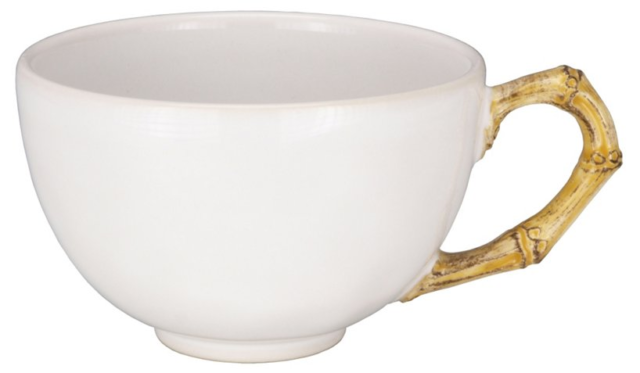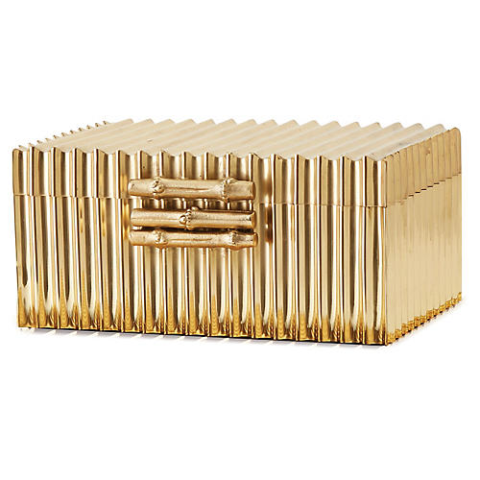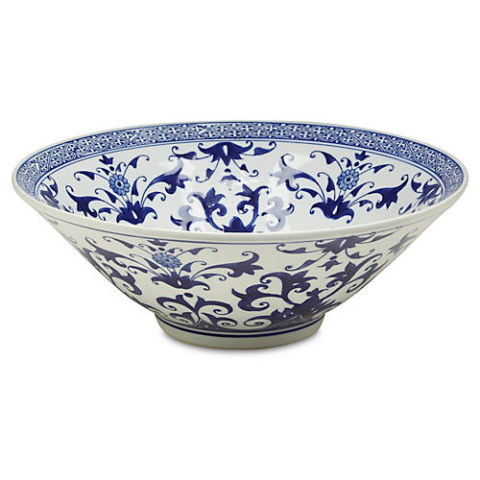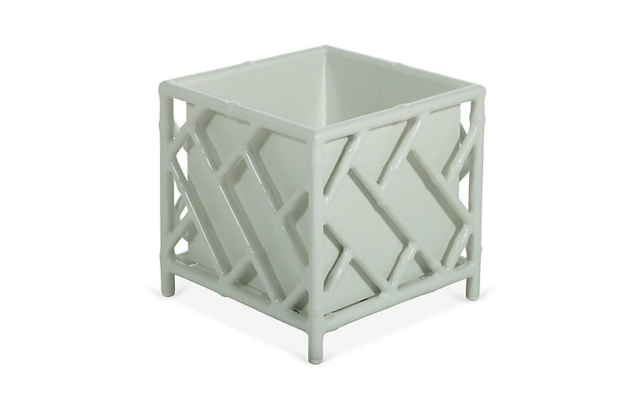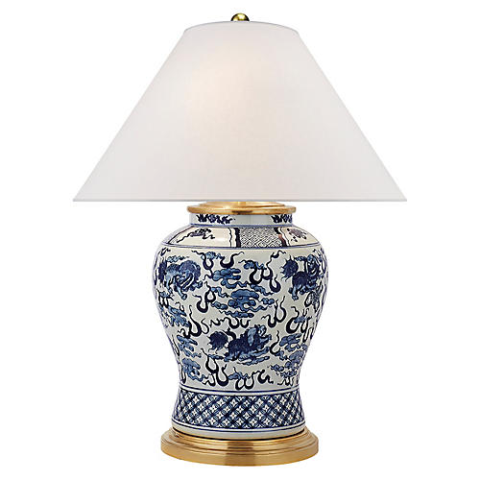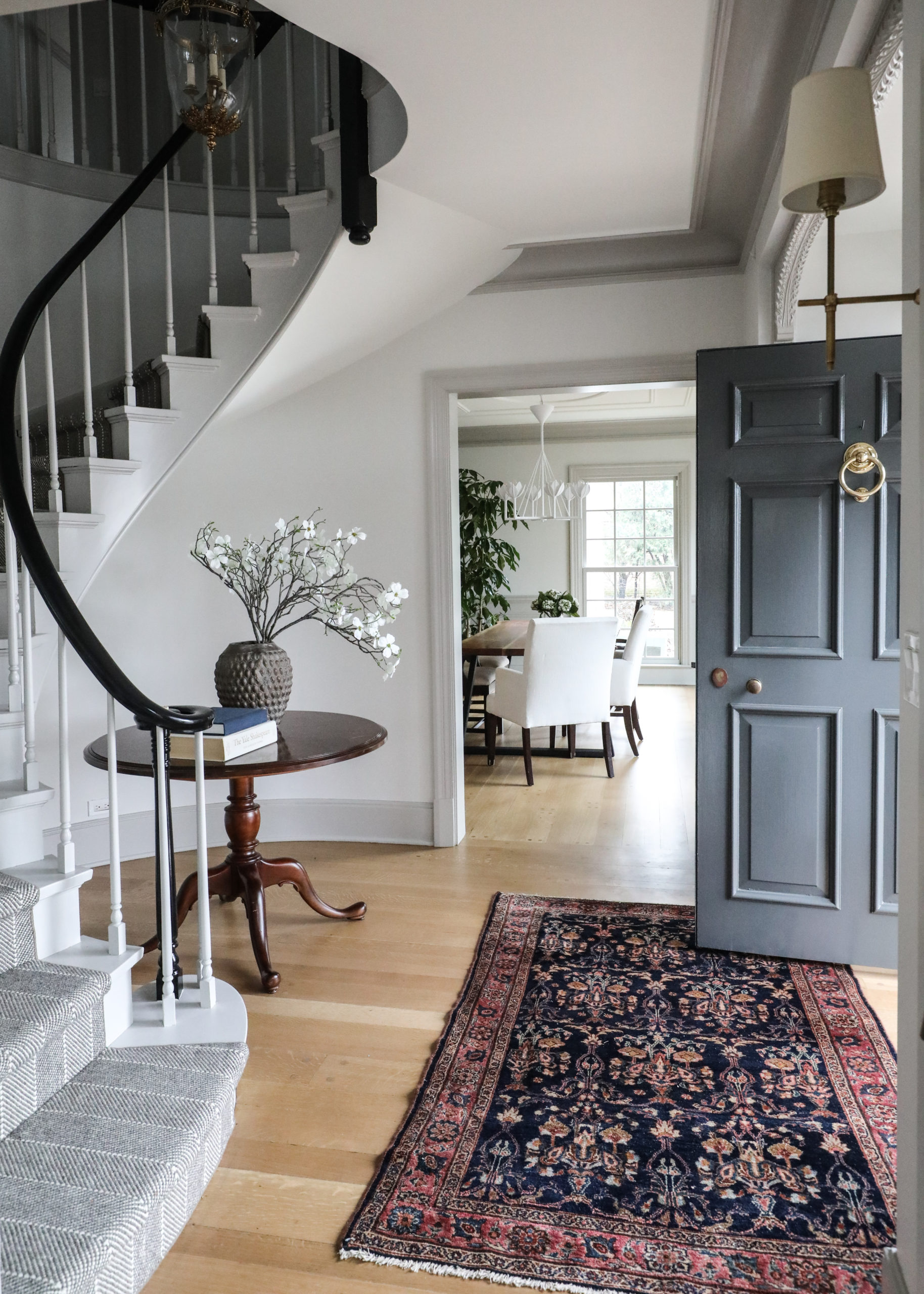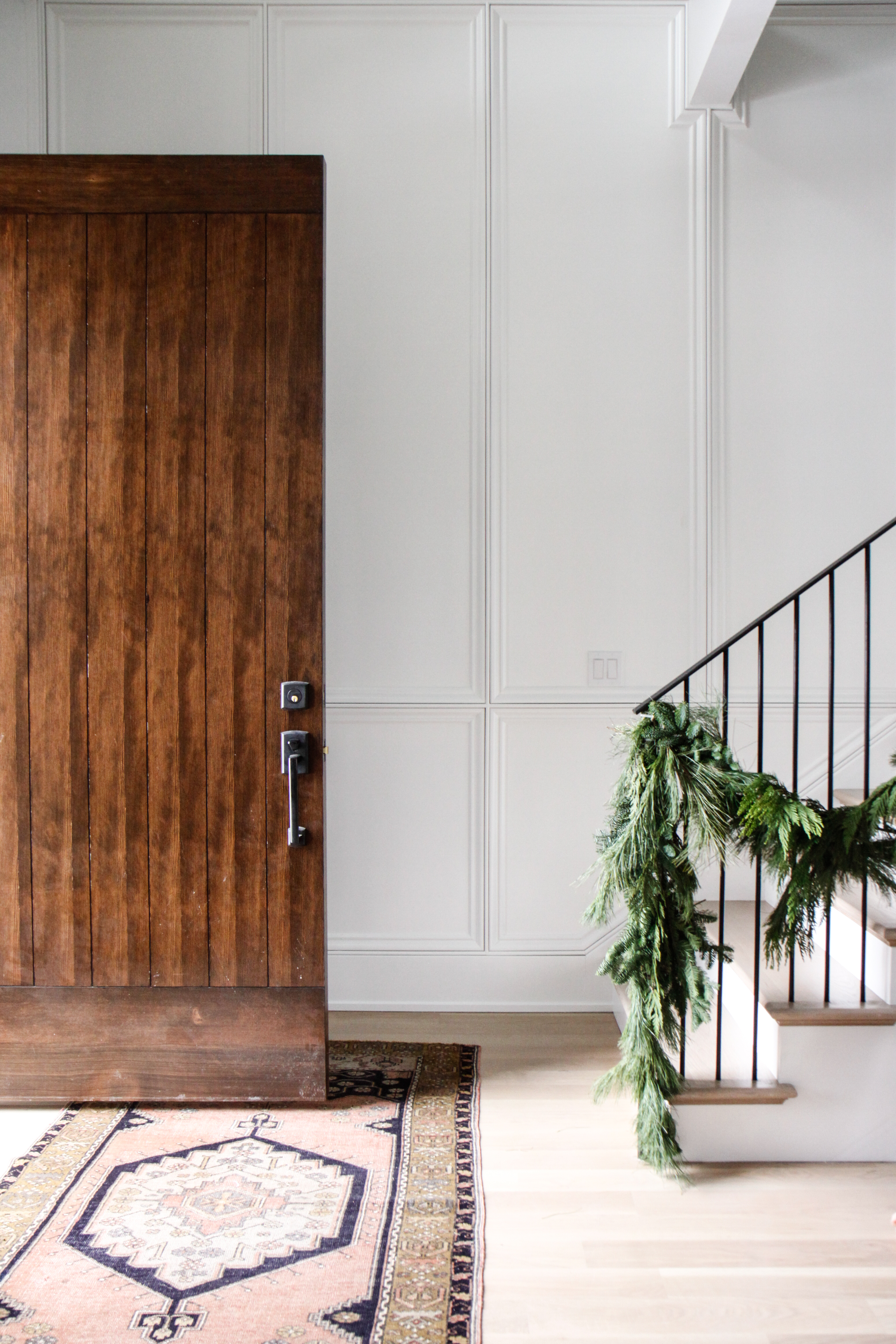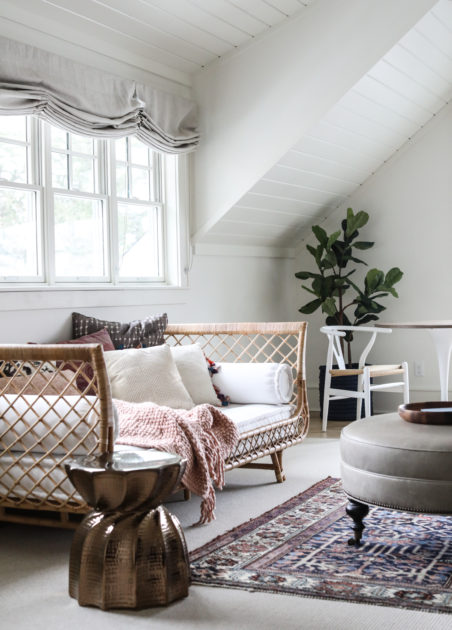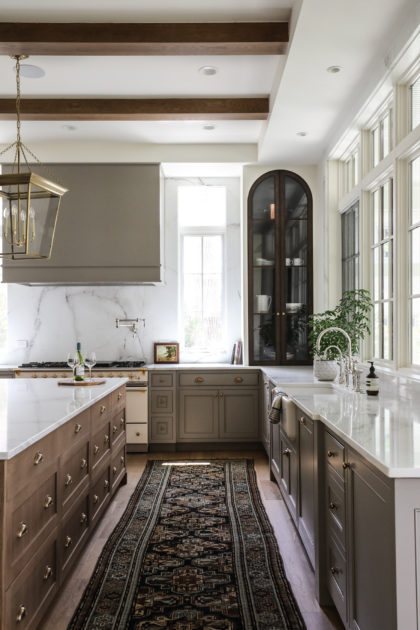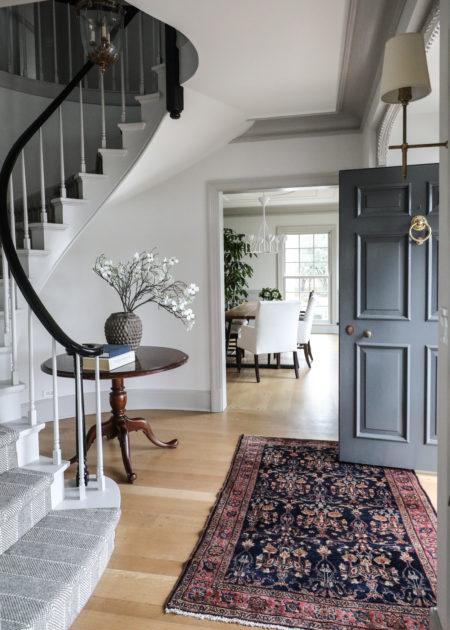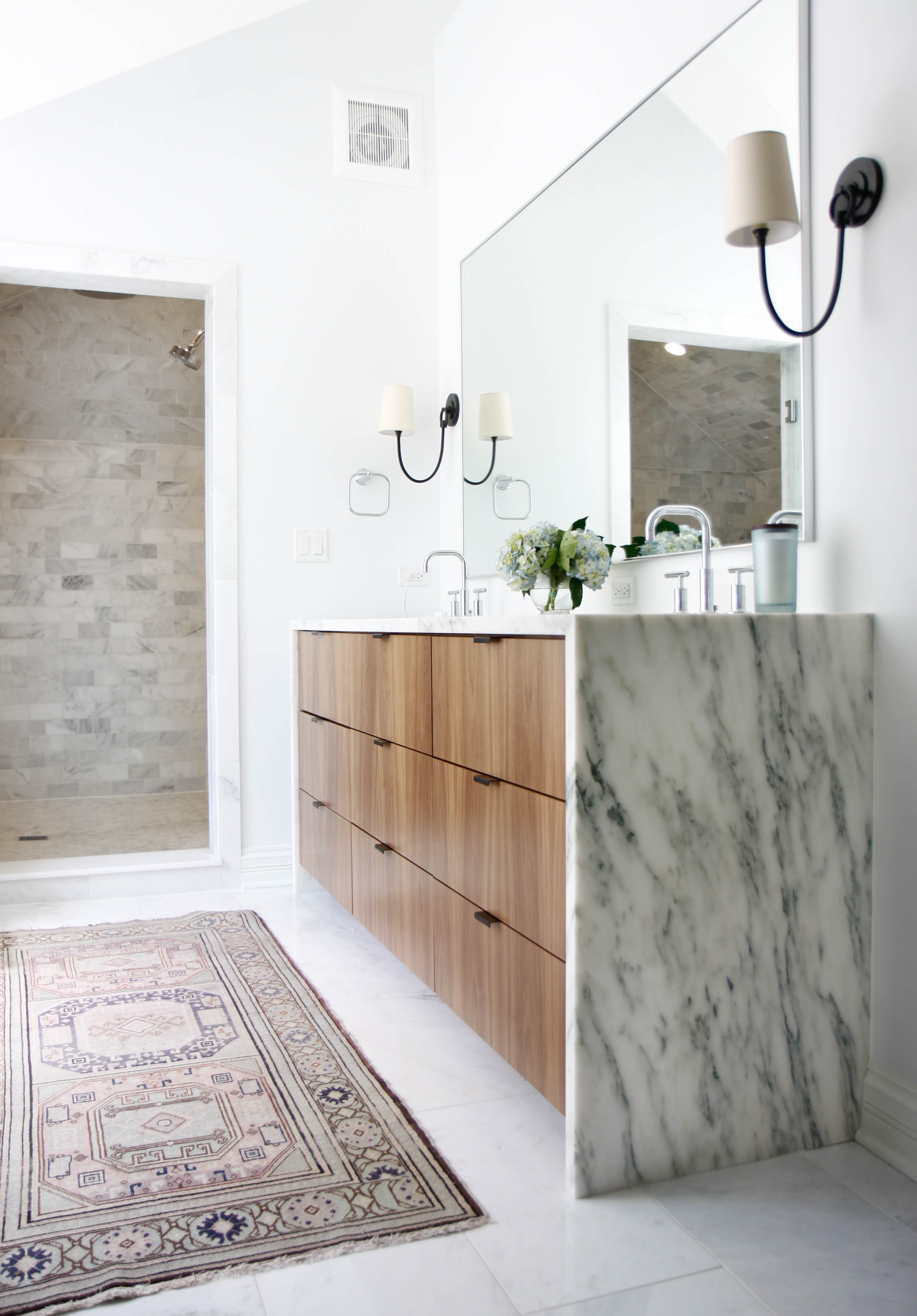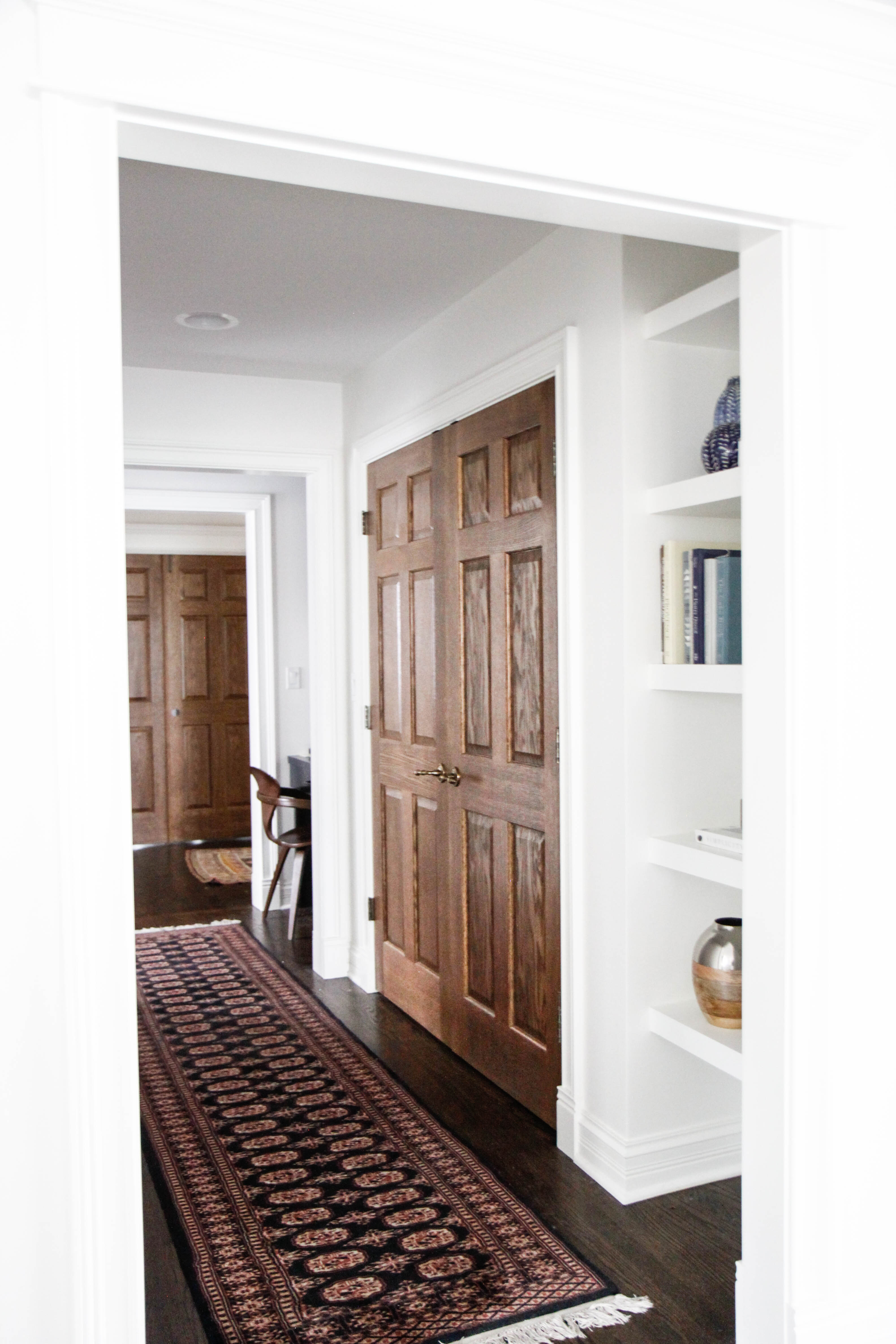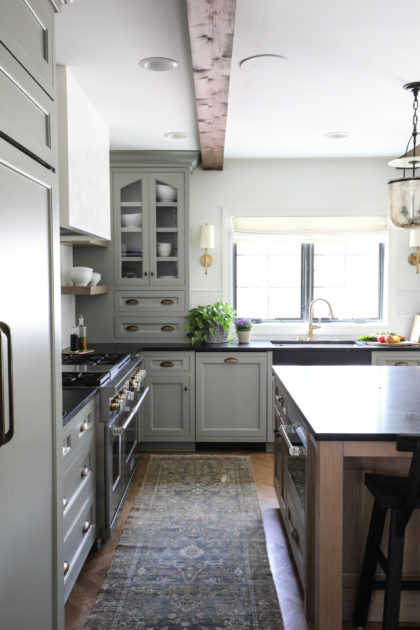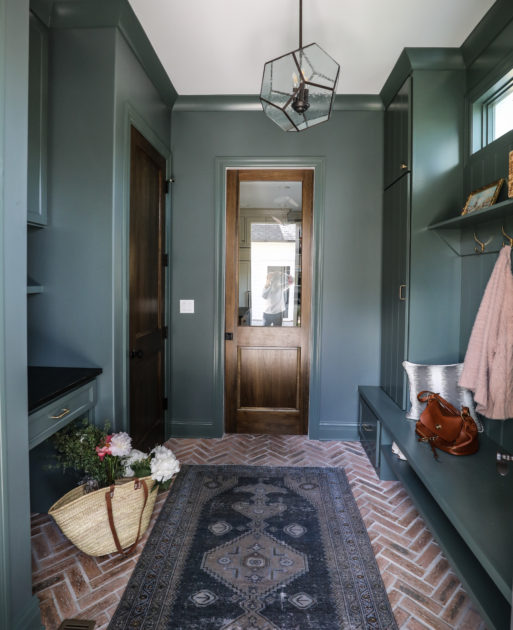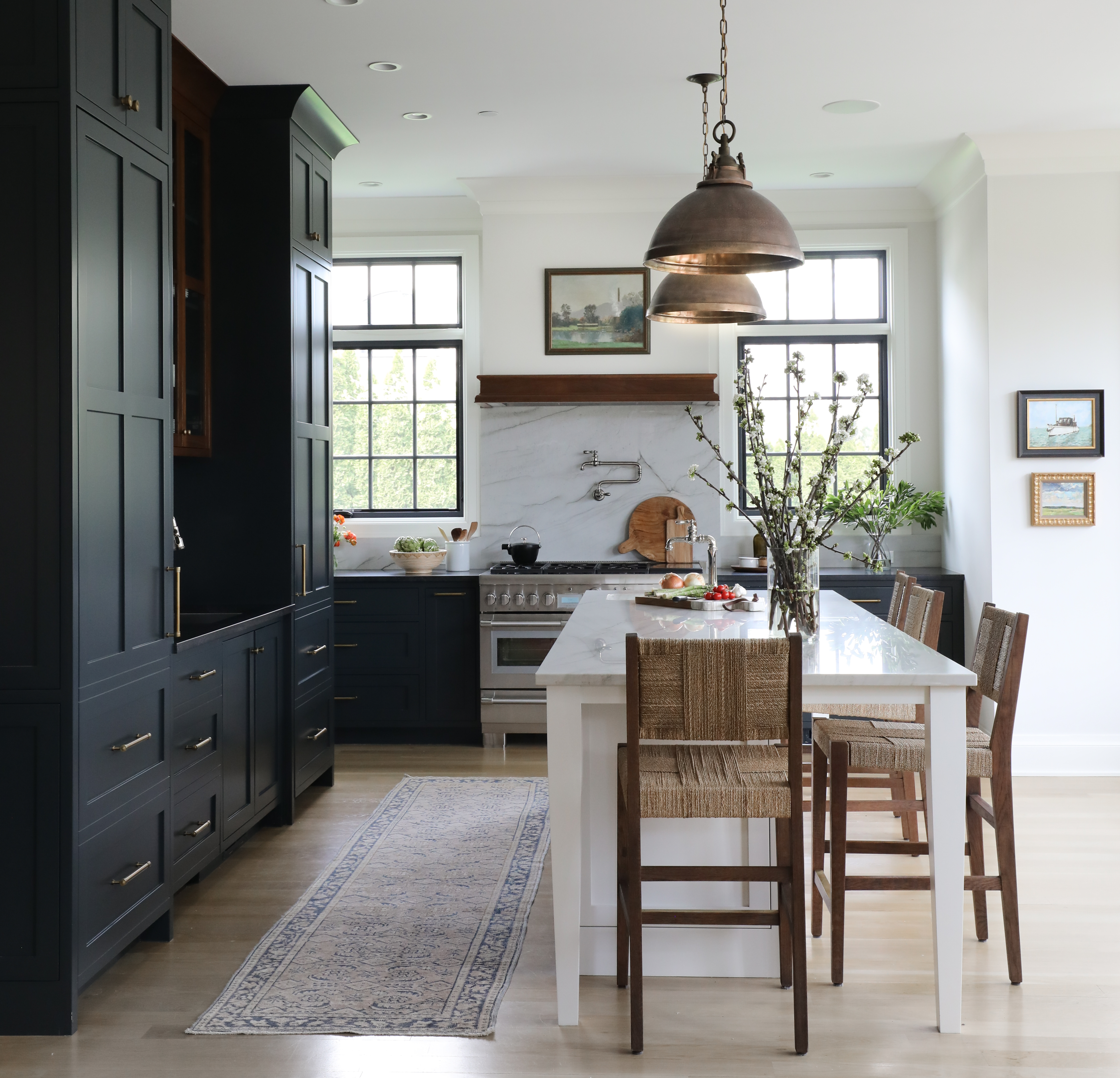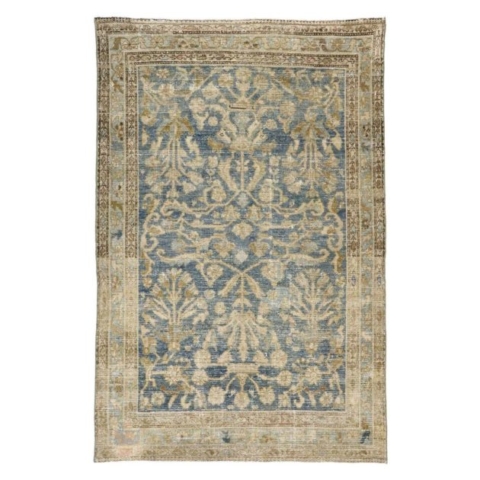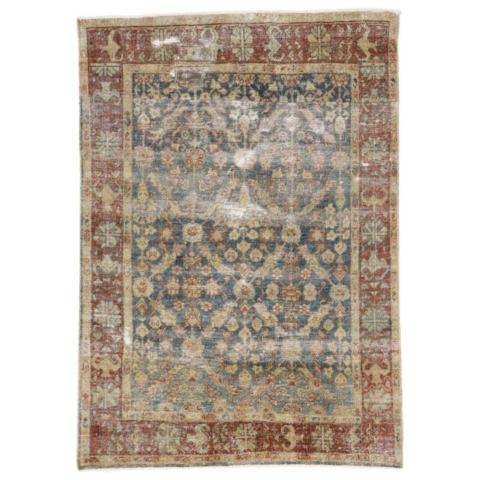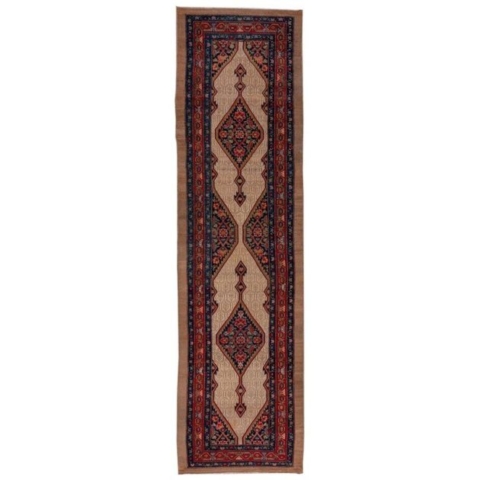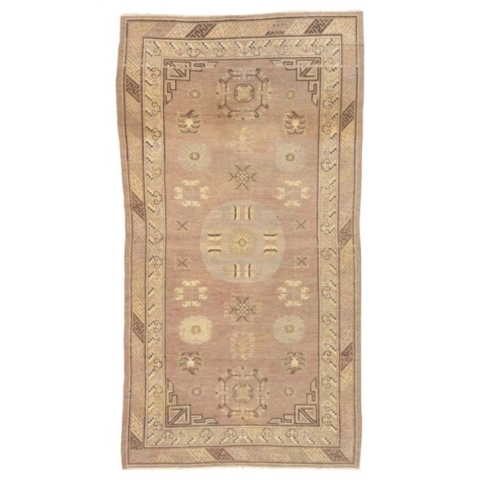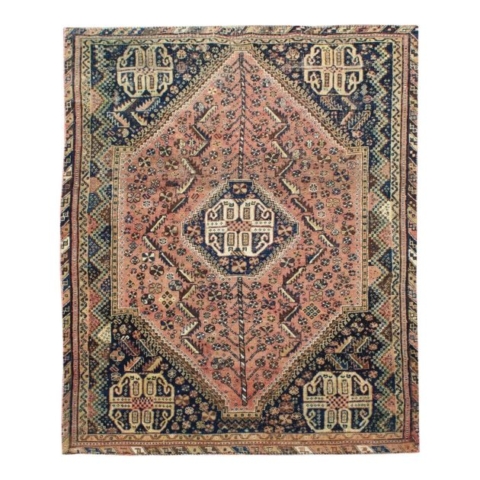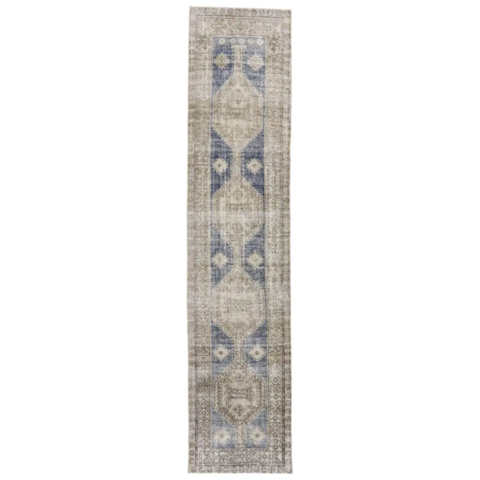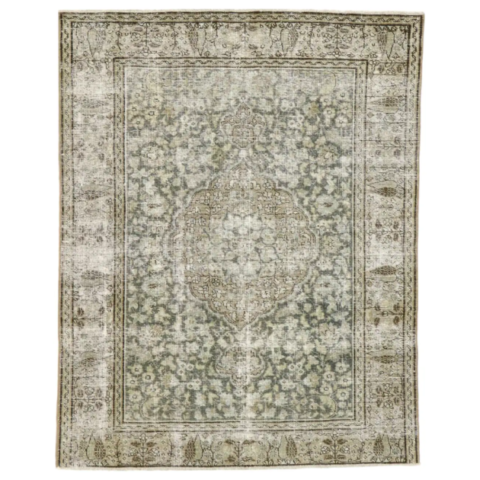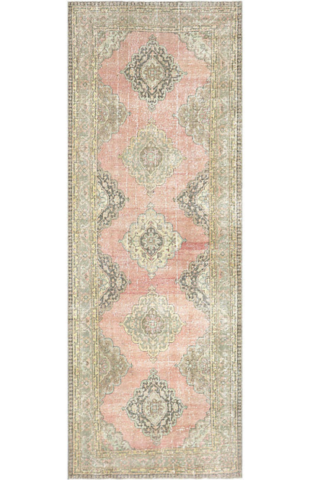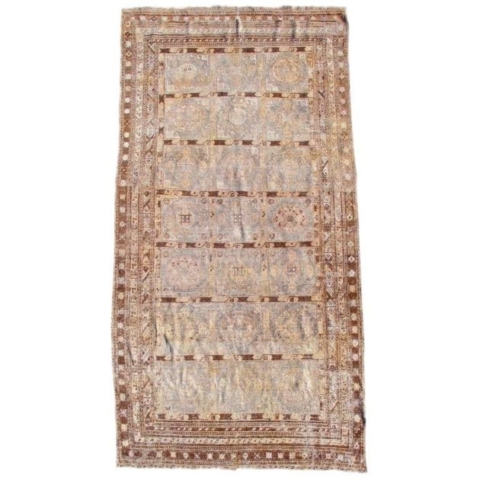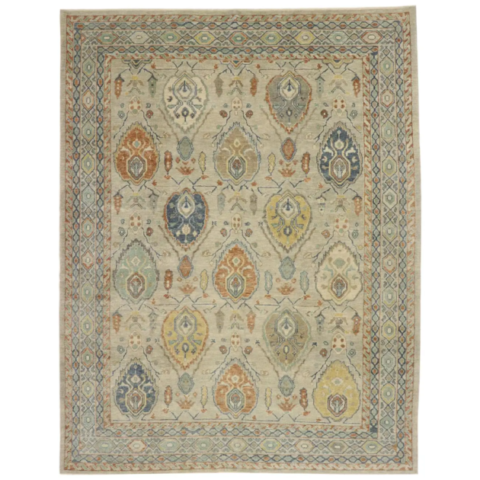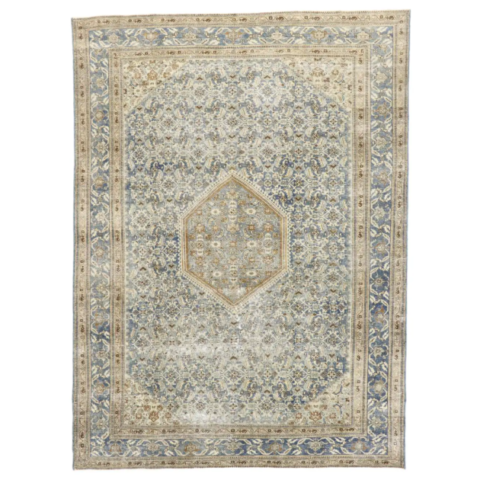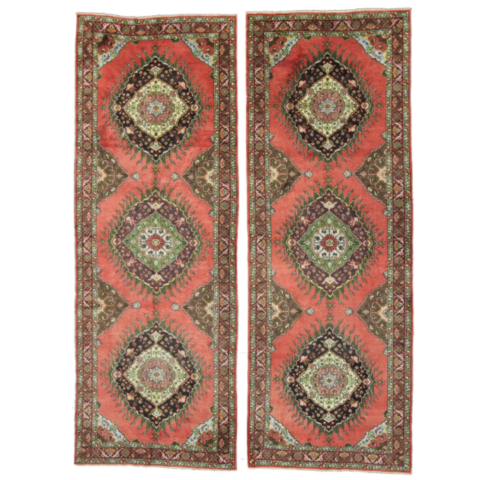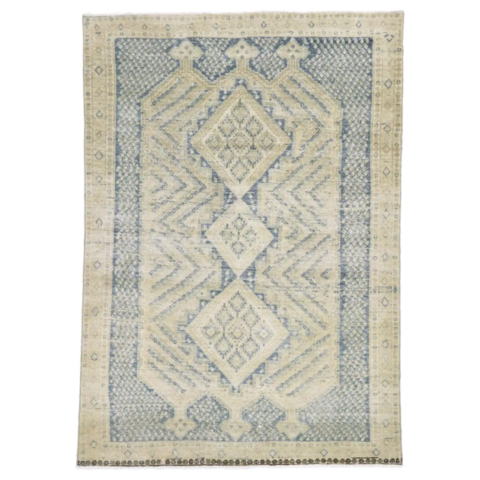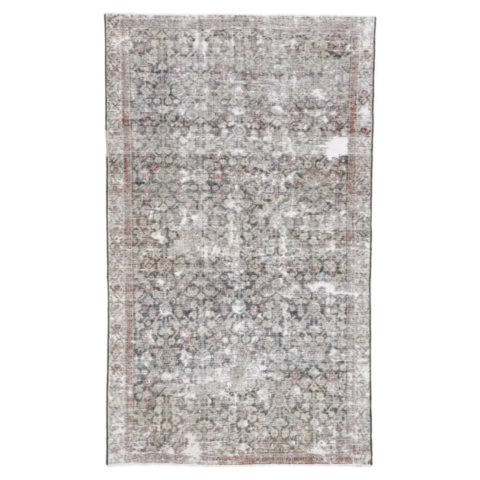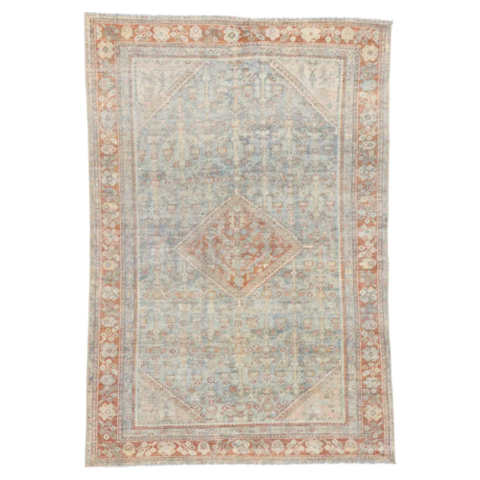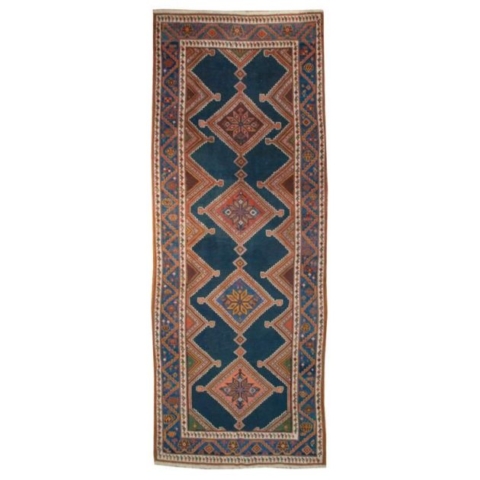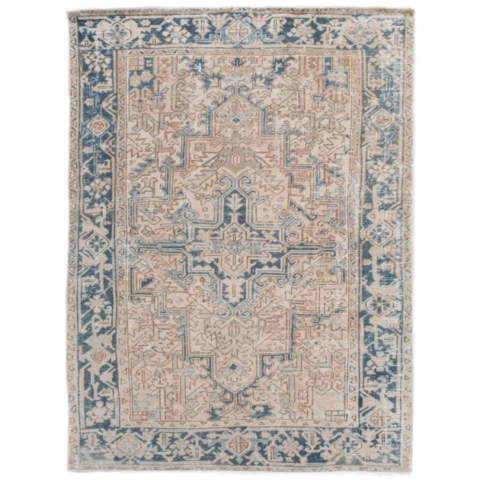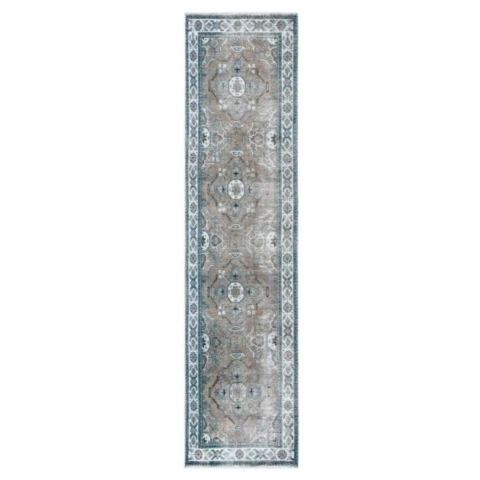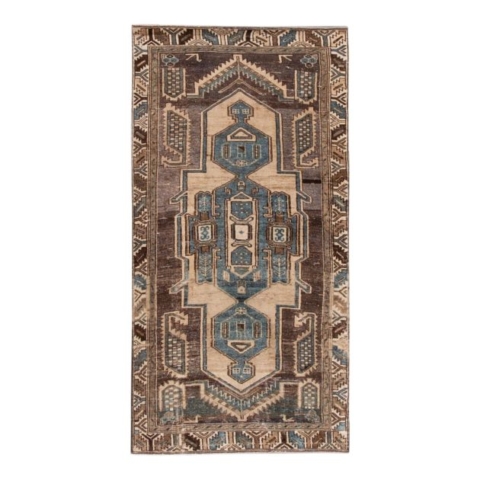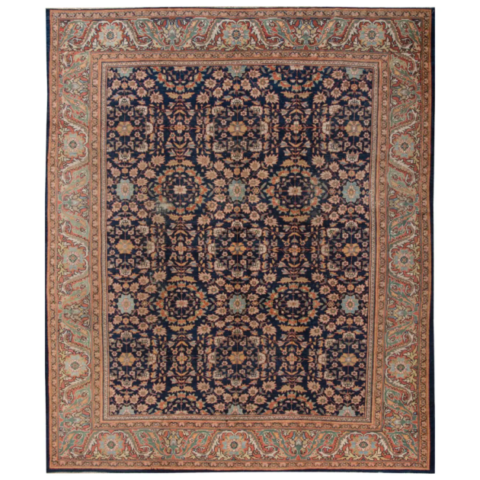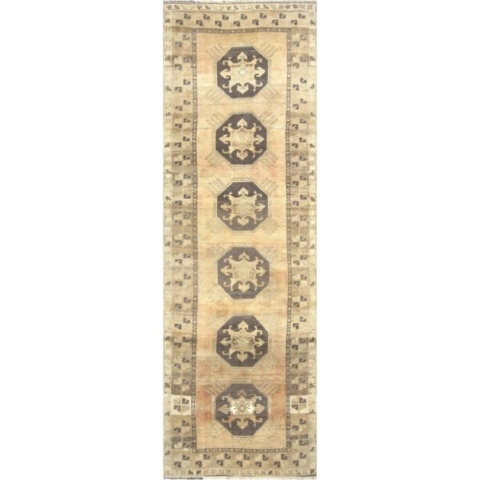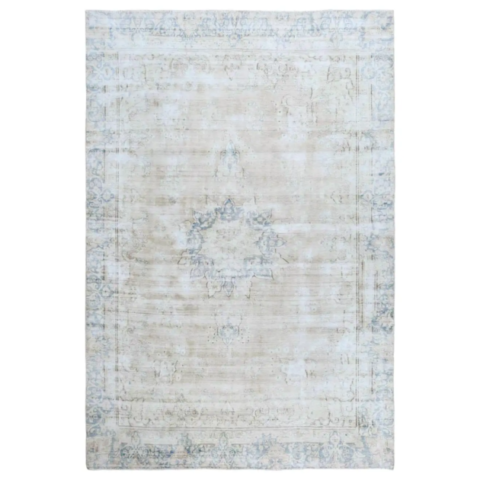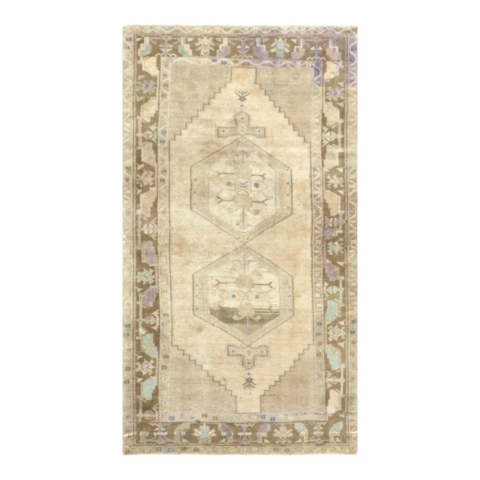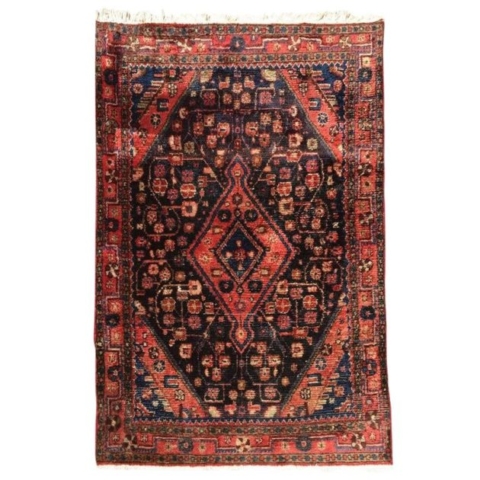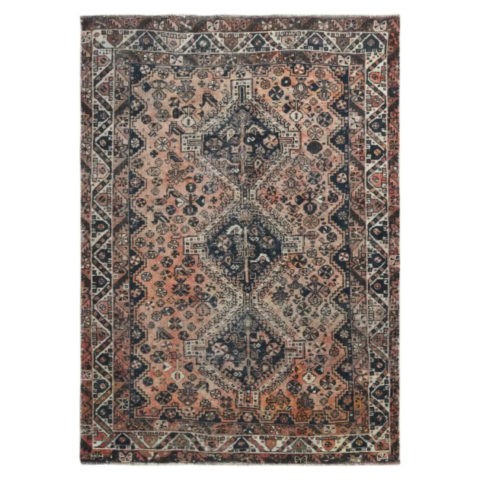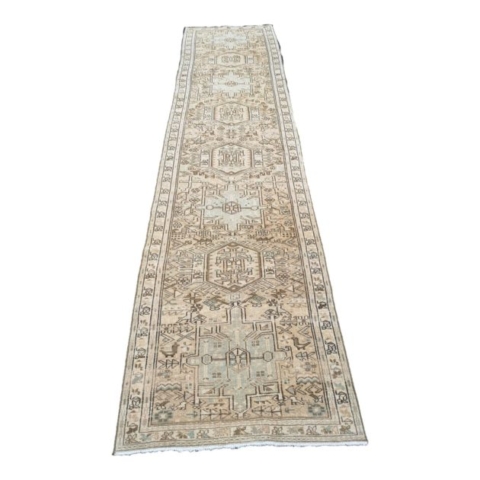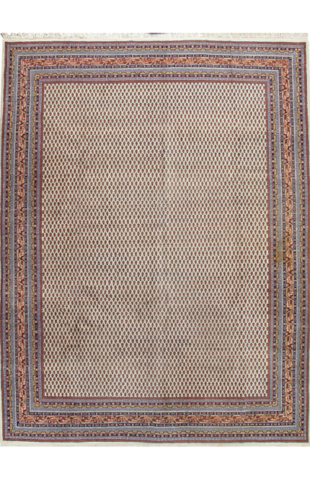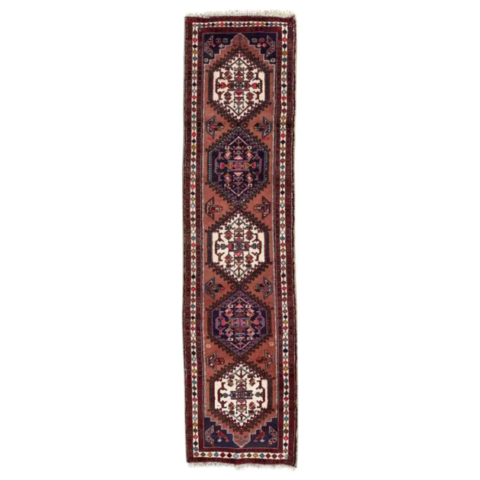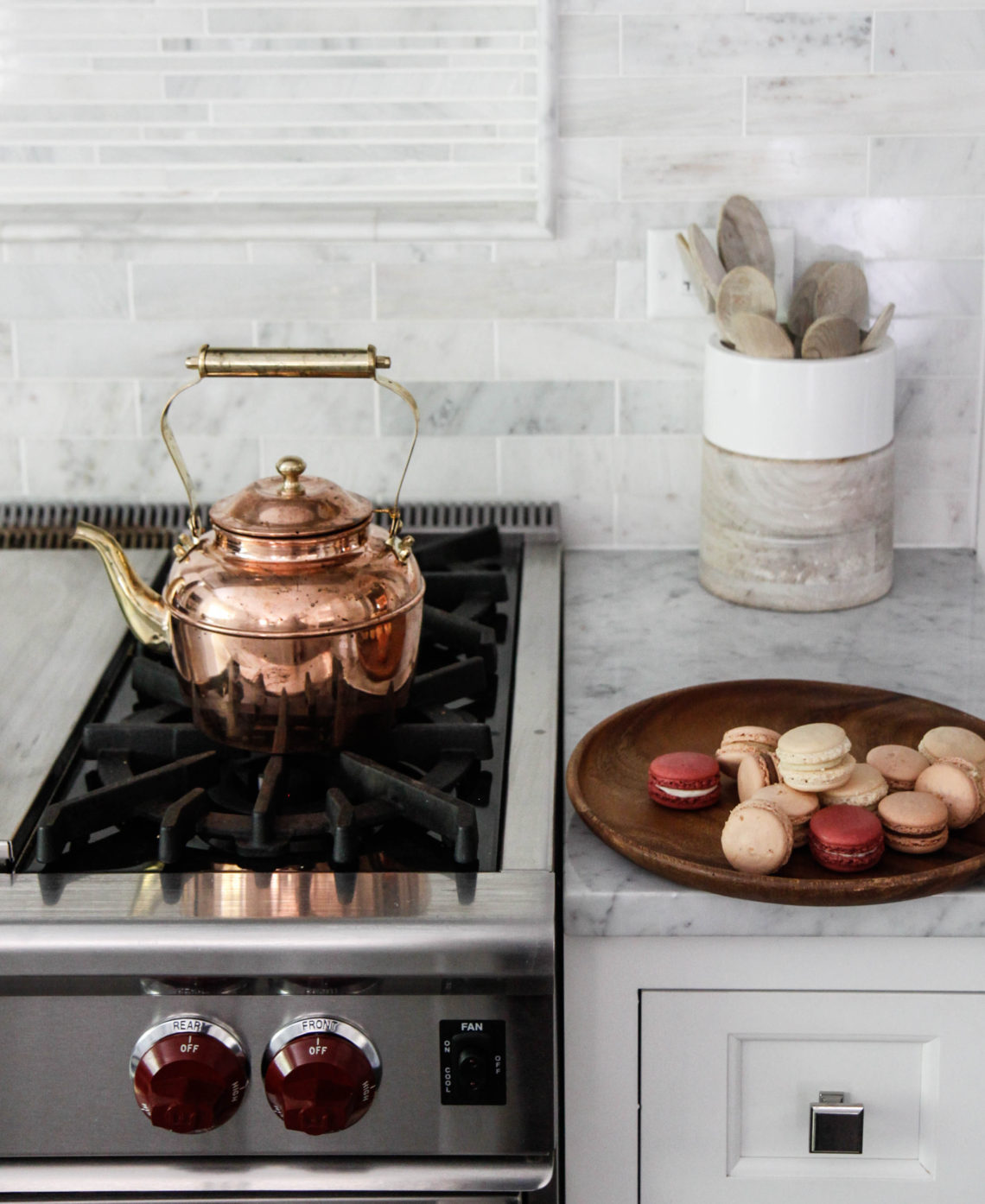When designing a kitchen one of the toughest decisions a client will have to make is which countertop material they would like to use. Often times it creates a sense of uneasiness that we can definitely understand. Countertops are permanent. Once you pick a slab, cut it, and glue it to the cabinets, that’s pretty much it. You can always have your cabinets repainted and your hardware swapped out, but the countertops will need to remain in place unless you plan on ripping everything out and starting all over again. Of course plastic would be more forgiving but anything heavy like a traditional stone countertop is challenging to replace without damaging cabinetry or backsplash.
Like many other design decision dilemmas, it’s usually a question of form vs function. The most beautiful materials have functional drawbacks and vice a versa. Things like material type, color, durability, and cost all come into play.
Marble is probably the most famous example of countertop jitters. Many clients love marble for it’s timeless elegance and light grey veining. Usually it’s their number one choice…until they start reading about it in online forums. Questions like, will they be okay with etching, scratching, having to wipe up spills quickly, and re-sealing start to arise. This is where the soul-searching comes in. Will scratches and etches drive you bananas or will you see them as part of the charm? Everyone has a unique perspective.
Bottom line, it’s good to take your time making a decision like this. You want to be comfortable and happy in your kitchen. Our take, if you love it, sometimes you have throw caution to the wind. The Taj Mahal is clad in marble, has been around for 370 years, and still looks great.
To help, we created a list of our go to light and dark countertop materials with pros and cons to consider. We find that these options accomplish both form and function well. We also included inspiration images so you can see how each surface looks in real life and a board for quick reference.
Marble
We use marble in many of our designs. Marble is clean, bright, and elegant. Colors range from mellow white, to gold, and dark grey. Since marble is a soft and porous material it’s prone to etching and scratching. Acidic foods will strip the surface if you are not careful. Or you can be like Meg Ryan. A design urban legend says she poured tomato sauce all over her marble countertops day 1 just to get it over with! Rare types of marble can be costly but Carrera marble is affordable and always readily available. You can have it honed or polished. We usually recommend honed to clients for the matte finish. It hides nicks and scratches better. Either way, we’ve never seen a marble countertop we did not love.
Quartz
Quartz is made from one of the hardest minerals on Earth and is arguably one of the most durable kitchen countertop materials there is. Unlike marble, which is mined, this material is engineered in a factory. Because of that, you can find it in a wide variety of colors, everything from white to red. They even make natural stone look-a-likes with sparkles and grey veining. Quartz is low maintenance (doesn’t even need to be sealed) and designer friendly coming in very large slab sizes. It’s rare but sometimes slab size can be an issue with mined stones depending on how much surface area you need to cover. There are not many drawbacks to report on Quartz other than it can be a bit more expensive and cannot take extreme heat or outdoor use.
Quartzite
If you like the look of marble, but are worried about patina, quartzite is an excellent choice. Quartzite is a natural stone that looks just like marble without the maintenance. It comes in whites and greys and shades in between. Fine by us! We love those tones. Quartzite can be nicked and scratched, not as easily as marble, but won’t etch. So while it will need to be resealed annually, at least you don’t have to worry about squeezing a lemon over it. Since Quartzite is such a strong and versatile natural stone it can be on the pricey side, but it offers peace of mind.
Soapstone
We love soapstone, this is an excellent dark countertop choice. It’s practically black with pretty white and grey veining. Some slabs can come in a deep green as well. Soapstone is used in science labs so we always recommend it from a durability perspective. The only drawback is that it’s a soft natural stone. If your knife slips, you’ll definitely give it a good scratch. We find it doesn’t tend to show much though. Soapstone is highly resistant to heat. It can take a pot directly off the stove without consequence. We also like soapstone for 2 toned countertop designs (eg, soapstone island with marble around the perimeter). Regular mineral oil is all that’s really needed for upkeep.
Honed Granite
Honed Virigina Mist granite is soapstone’s lovely cousin. It has almost an identical look without needing to mind sharp objects or treat with mineral oil. Granite in general is a very strong material and has been traditionally used in kitchens for a long time. It’s so strong that it can even be used as pavers outdoors. However, depending on the size of your counters and shape, you may get a few seams. Average slab size is around 9ft by 5ft. As far as granite goes, the honed Virginia Mist variety is our favorite. Granite will eventually need to be re-sealed at some point but not as frequently as it’s natural stone counterparts. It is also highly resistant to chemicals and budget friendly.
Wood
Butcher block is a another popular choice for kitchen countertops. We even use it in our own homes. It’s a warm and extremely quiet option. The sound of pots and pans hitting wood is so much nicer than stone. This benefit is not immediately obvious but it will not go unnoticed. Wood does come with other drawbacks though. It’s not heat or scratch resistant. The good news is, scratches can be sanded out, or left for character, but hot plates will always need to be used so you don’t end up with a giant burn mark. Spills and water may also warp the wood over time. Otherwise, wood is a gorgeous cost effective option. We would also recommend wood for 2 toned countertop designs.
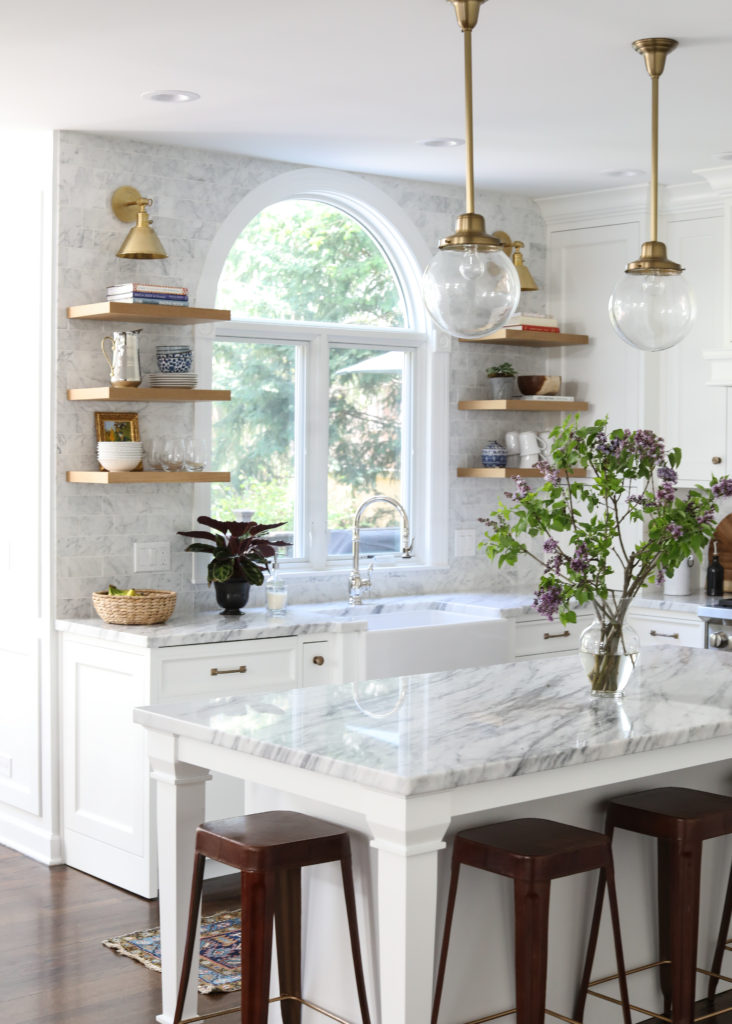
Polished Marble
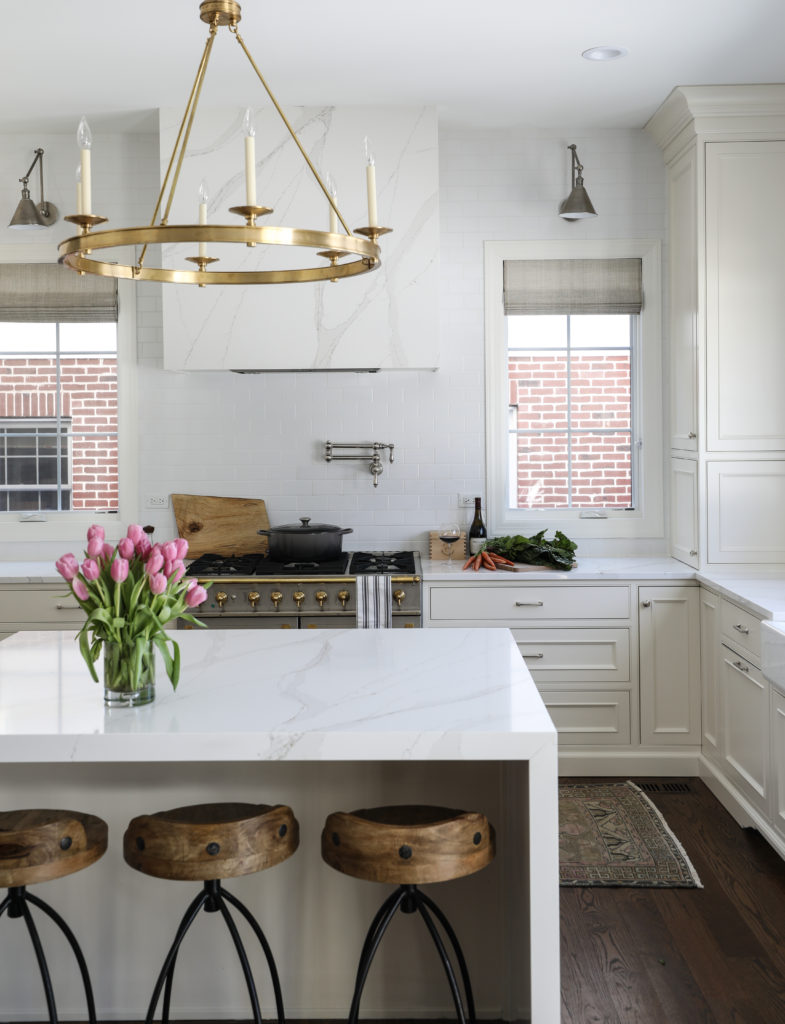
Silestone Calcutta Gold
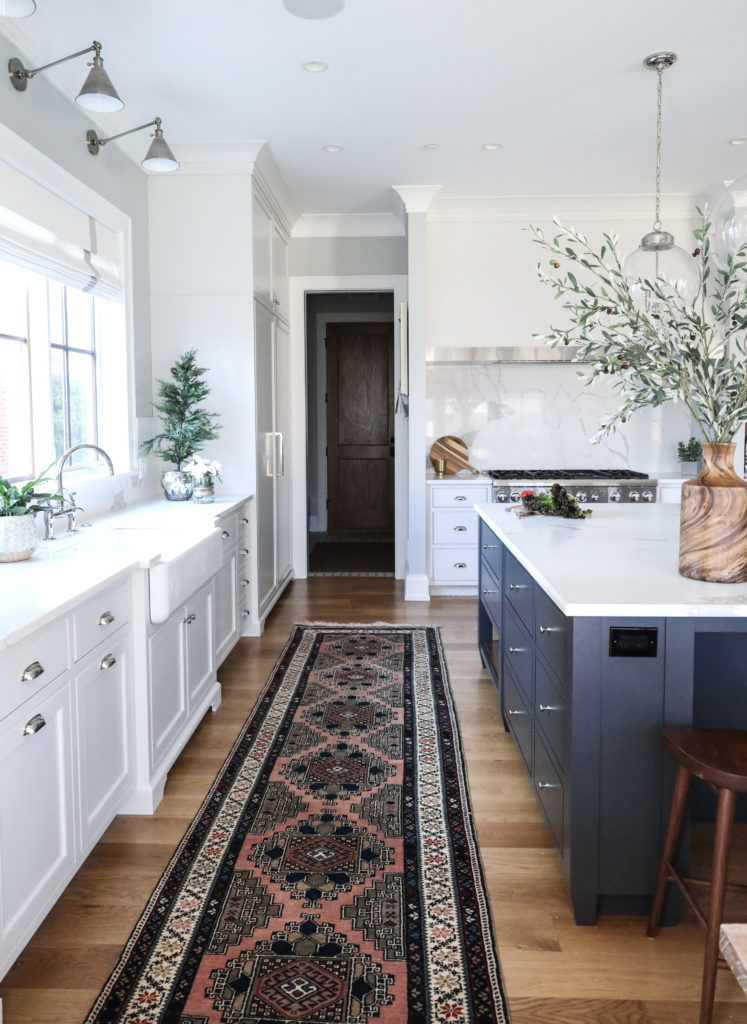
Color Quartz Statuario Fantastico
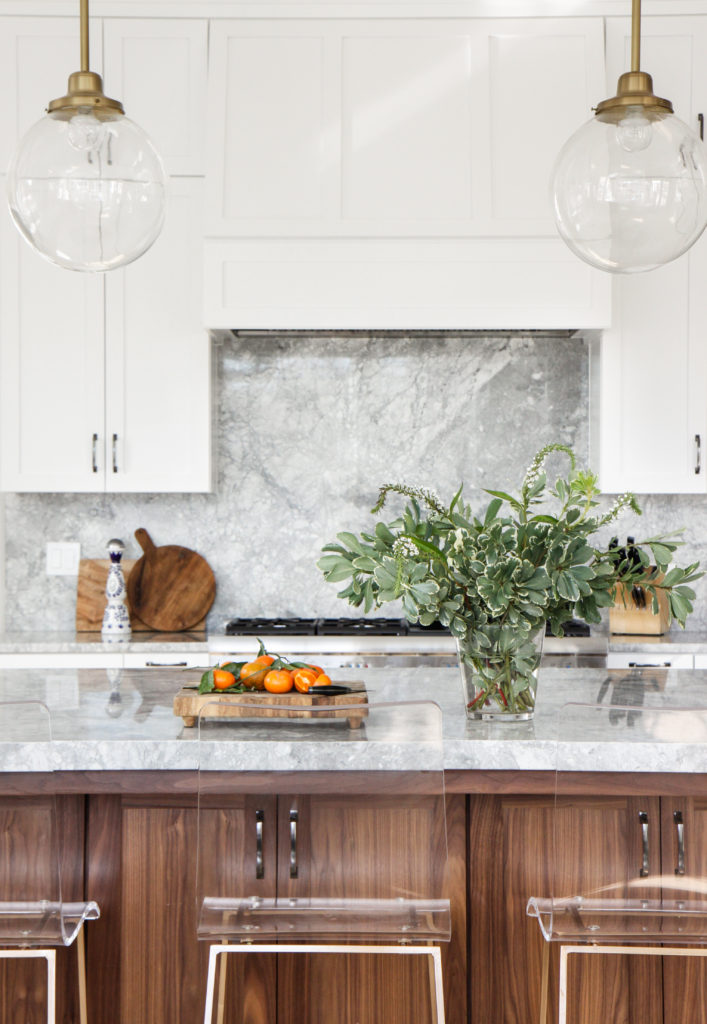
Superwhite Quartzite
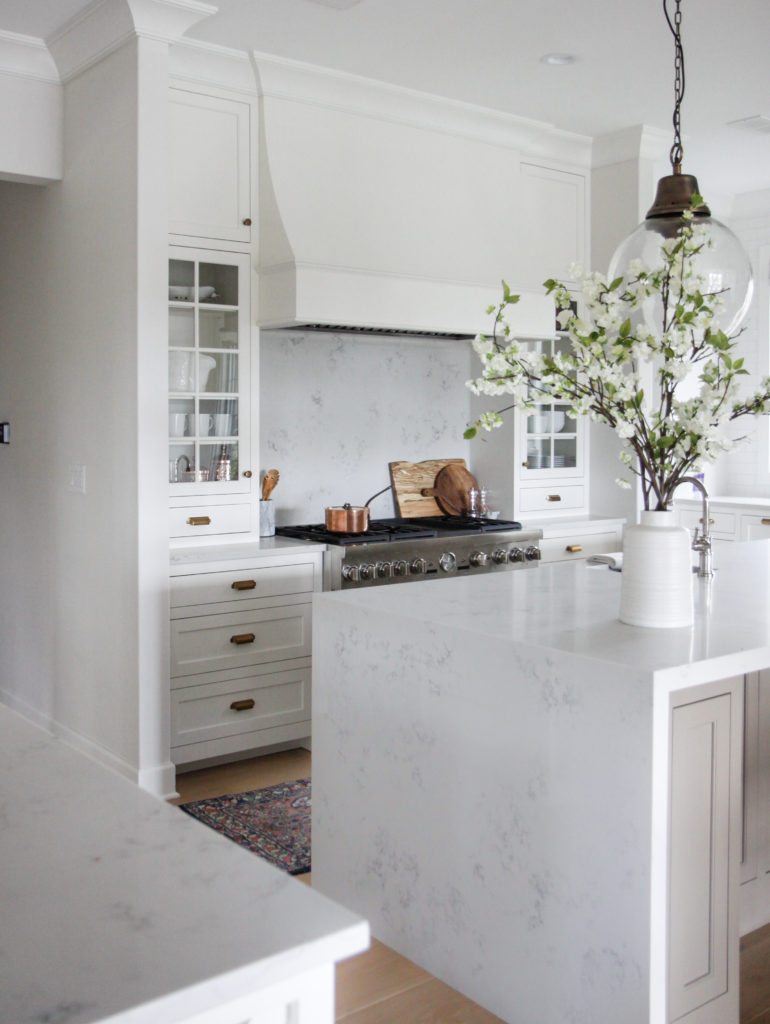
Quartz Carrara Grigio
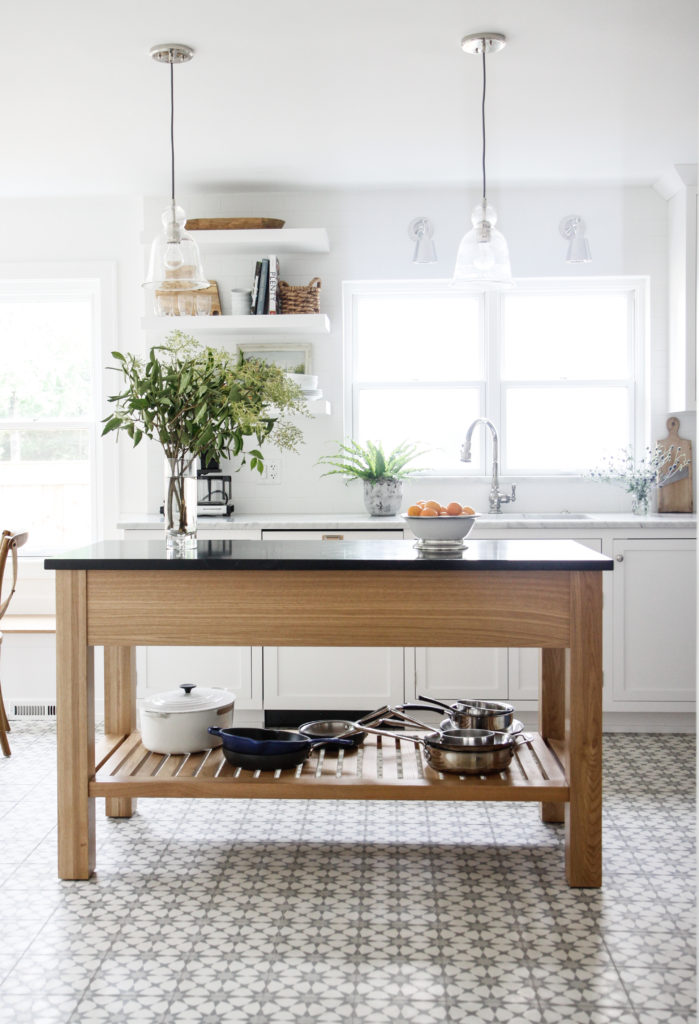
Honed Carrara Marble & Classic Soapstone
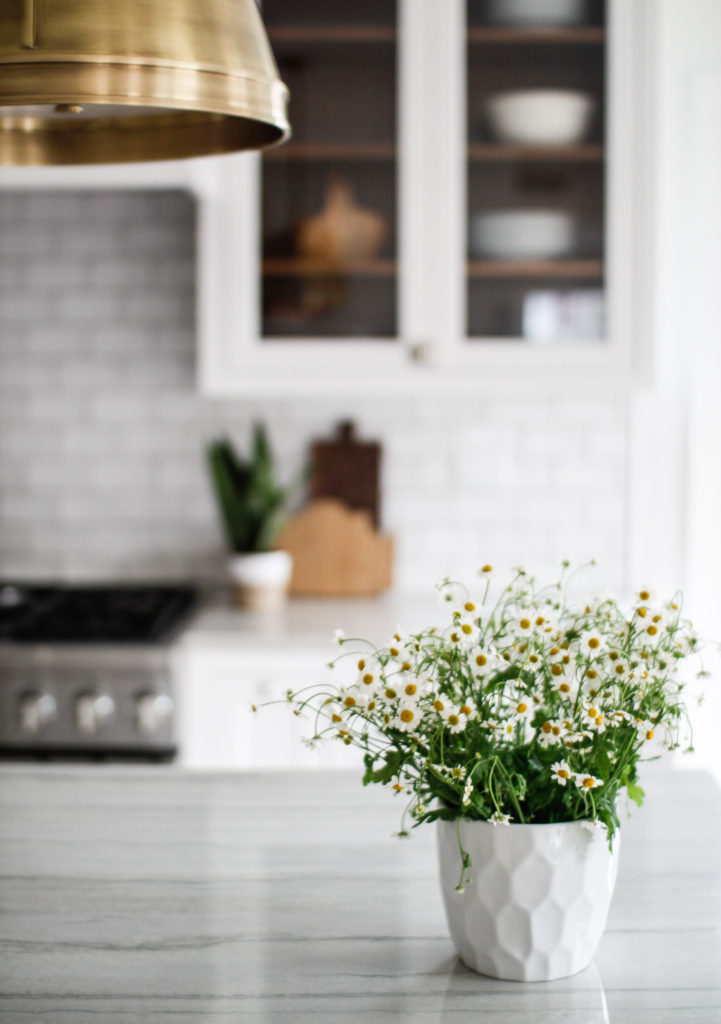
Honed White Macabus Quartzite
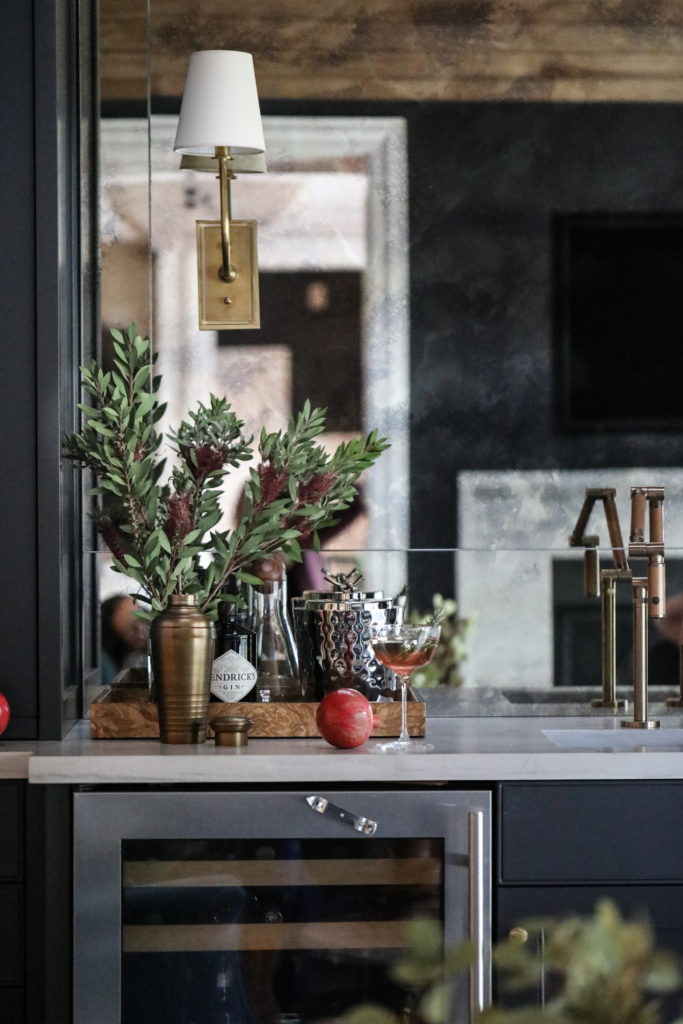
Calacutta Leather Finish Quartzite
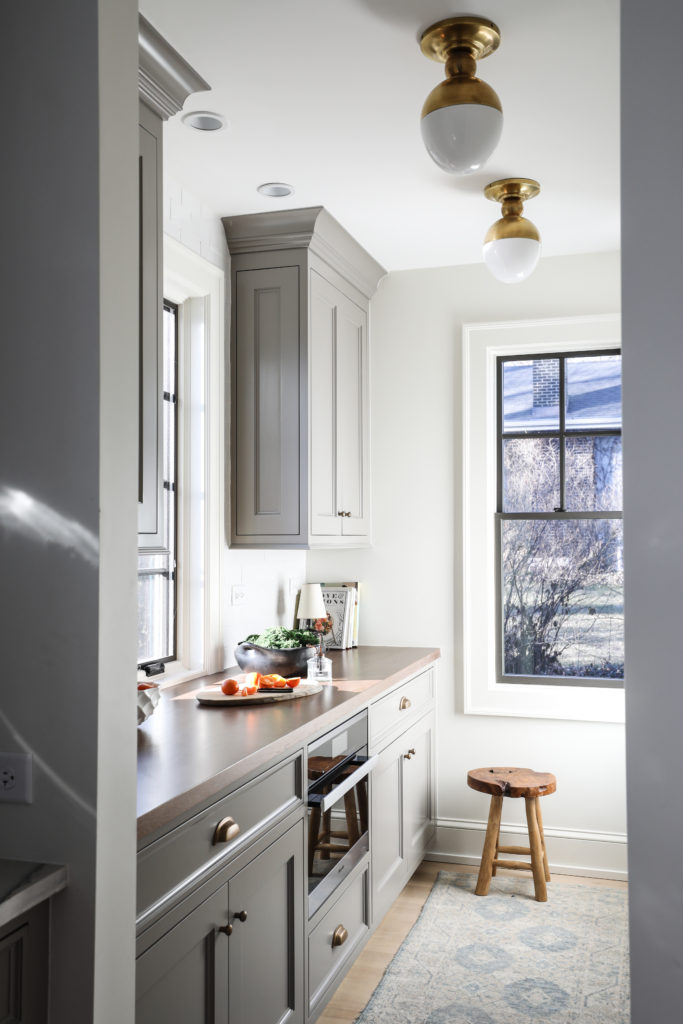
White Oak Wood
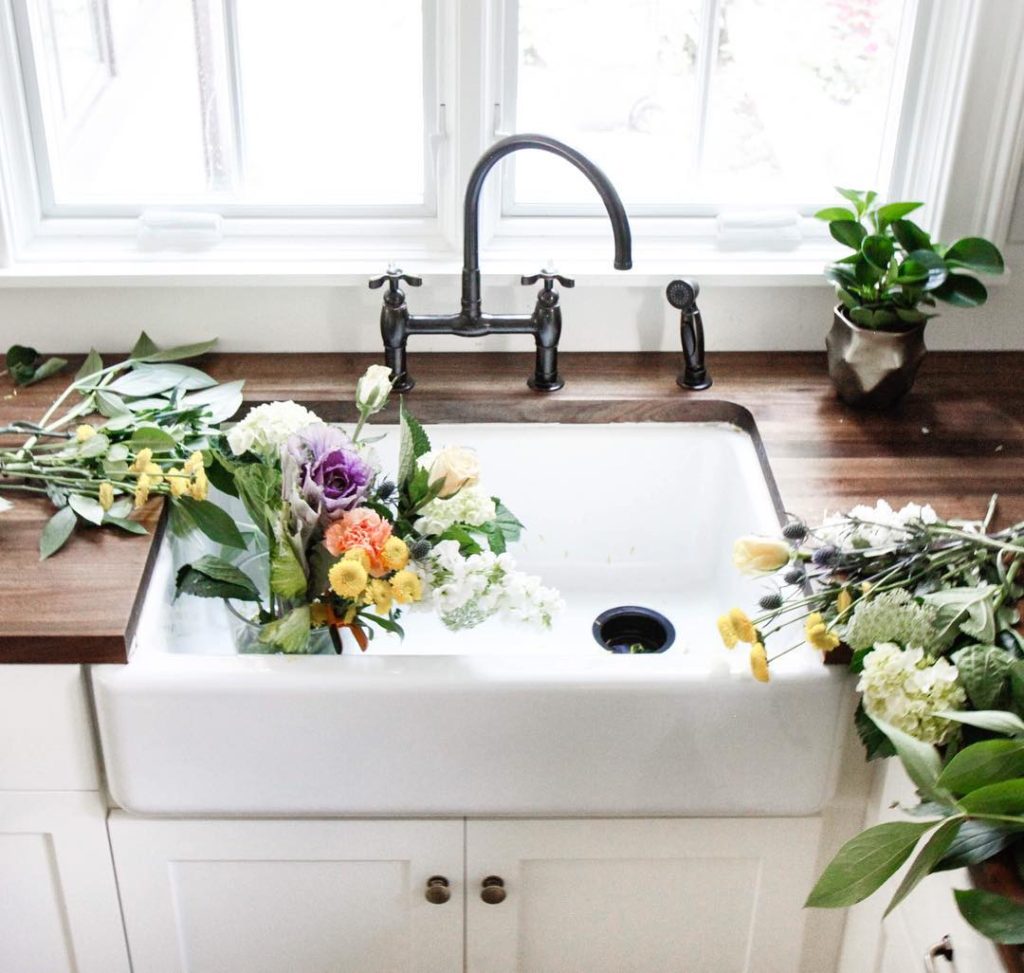
Walnut Wood
